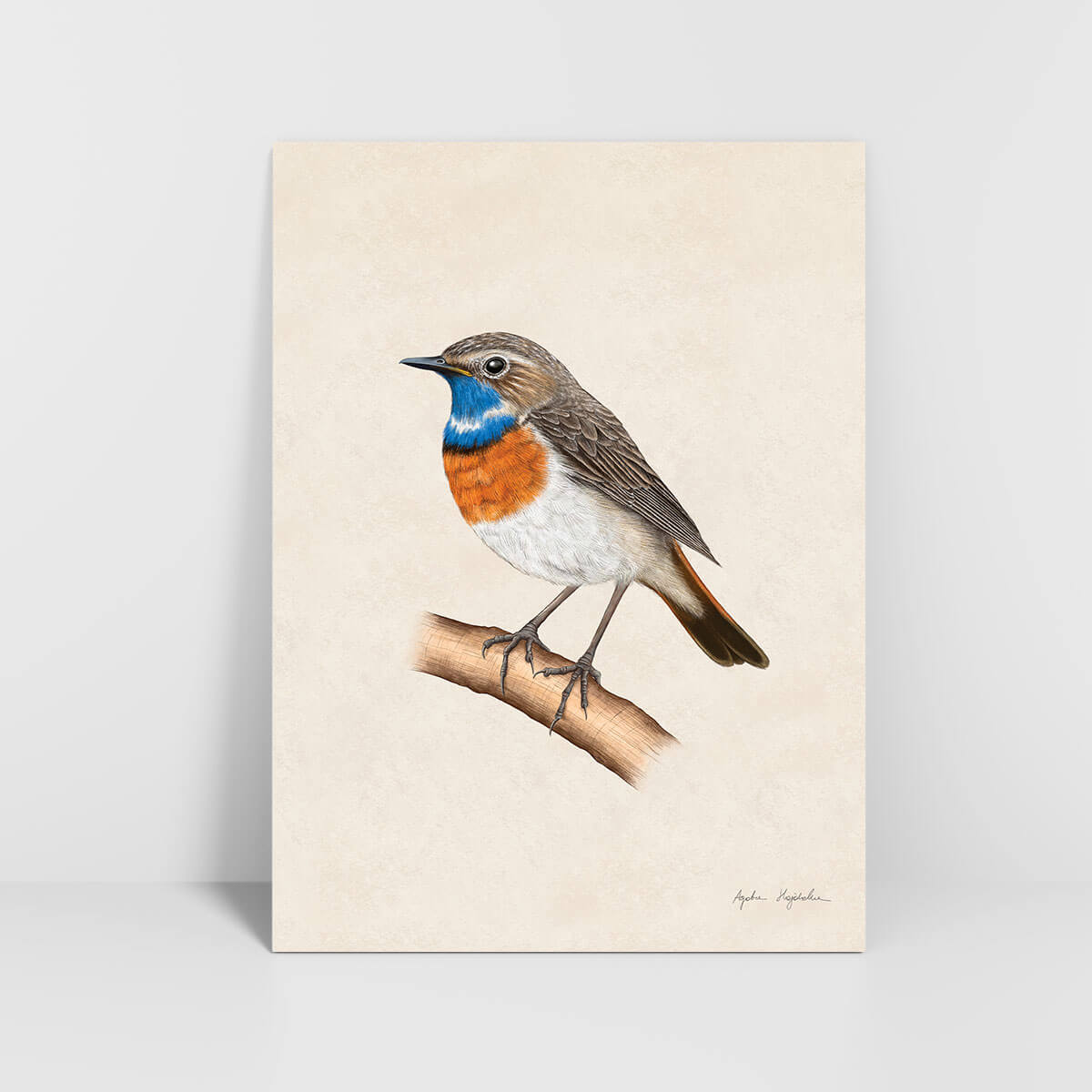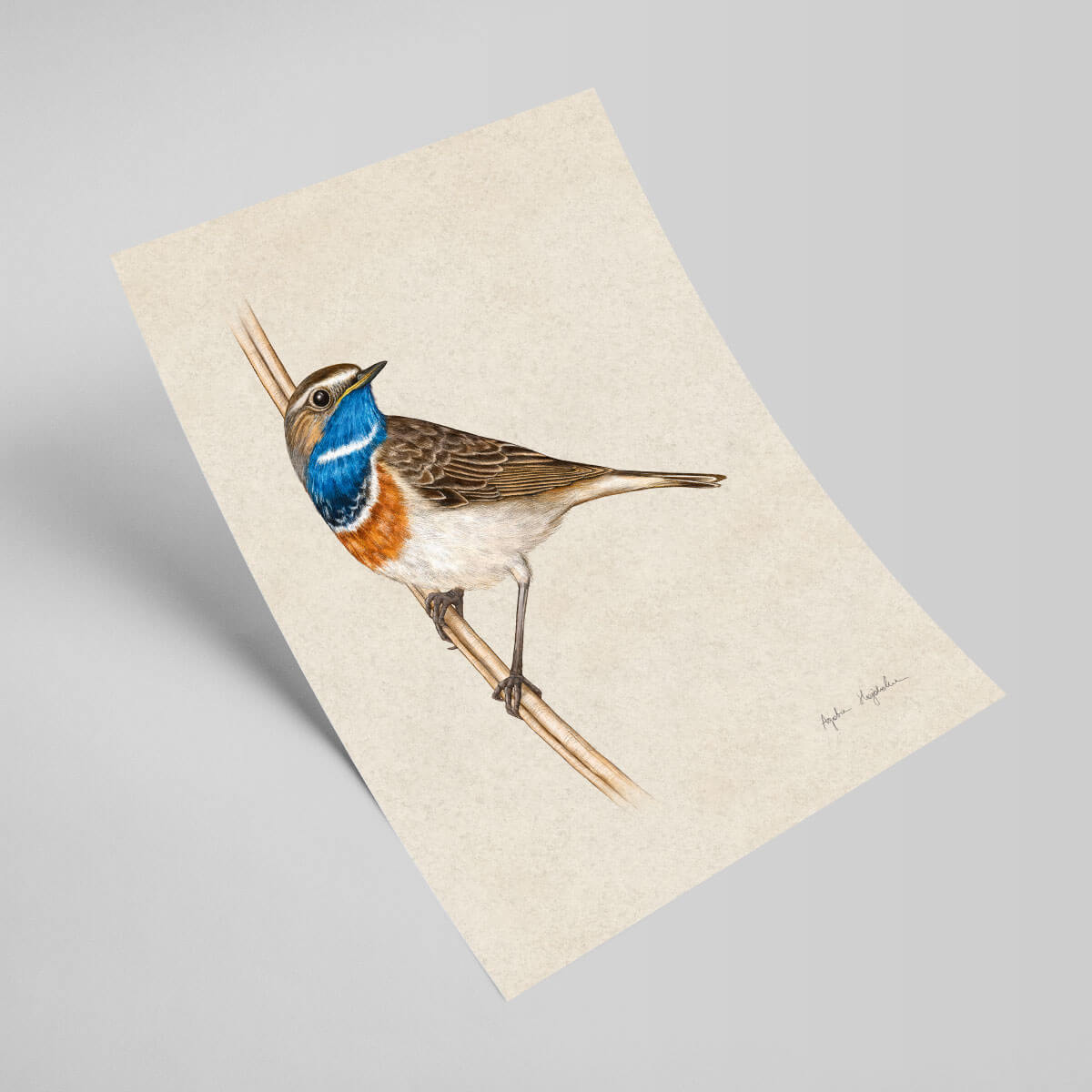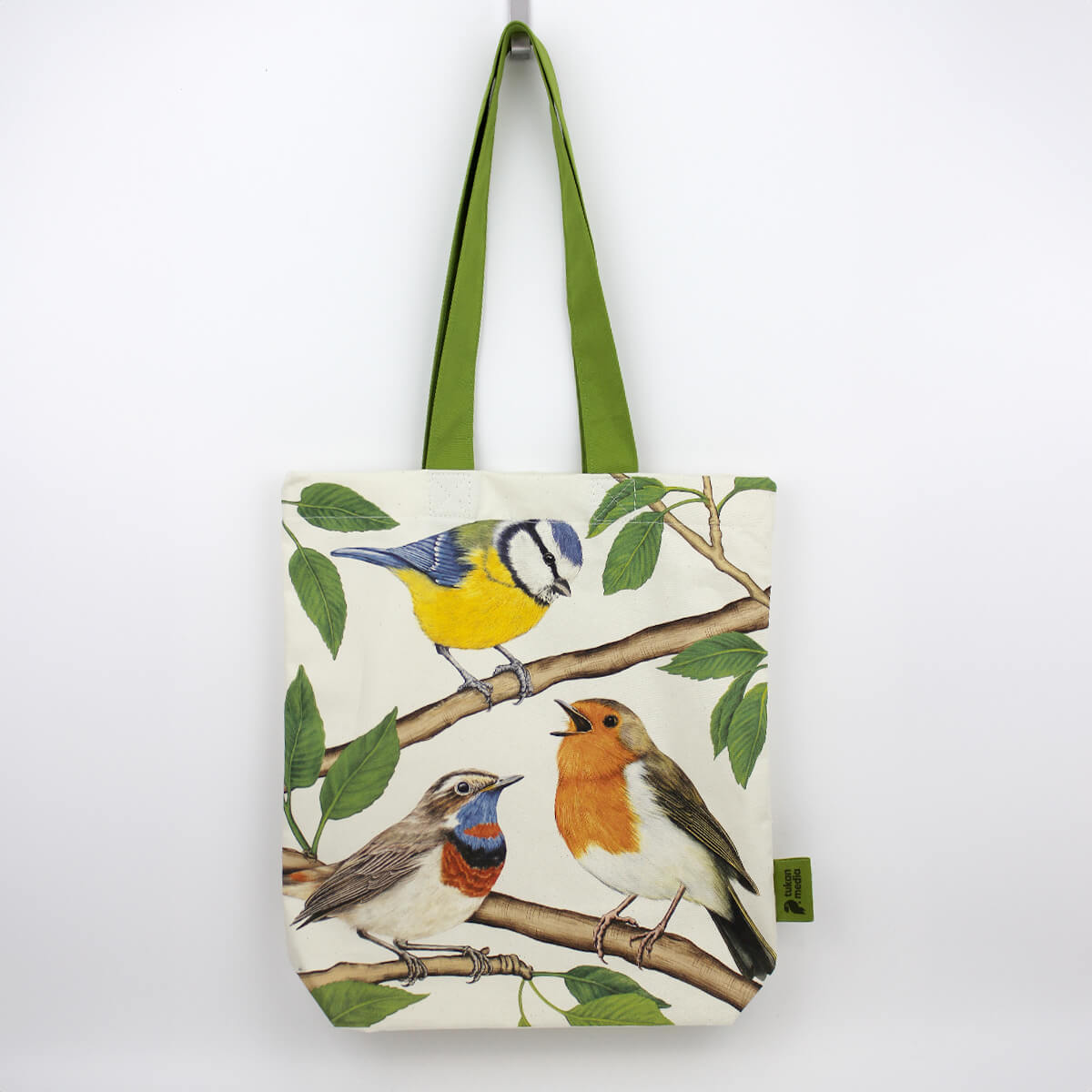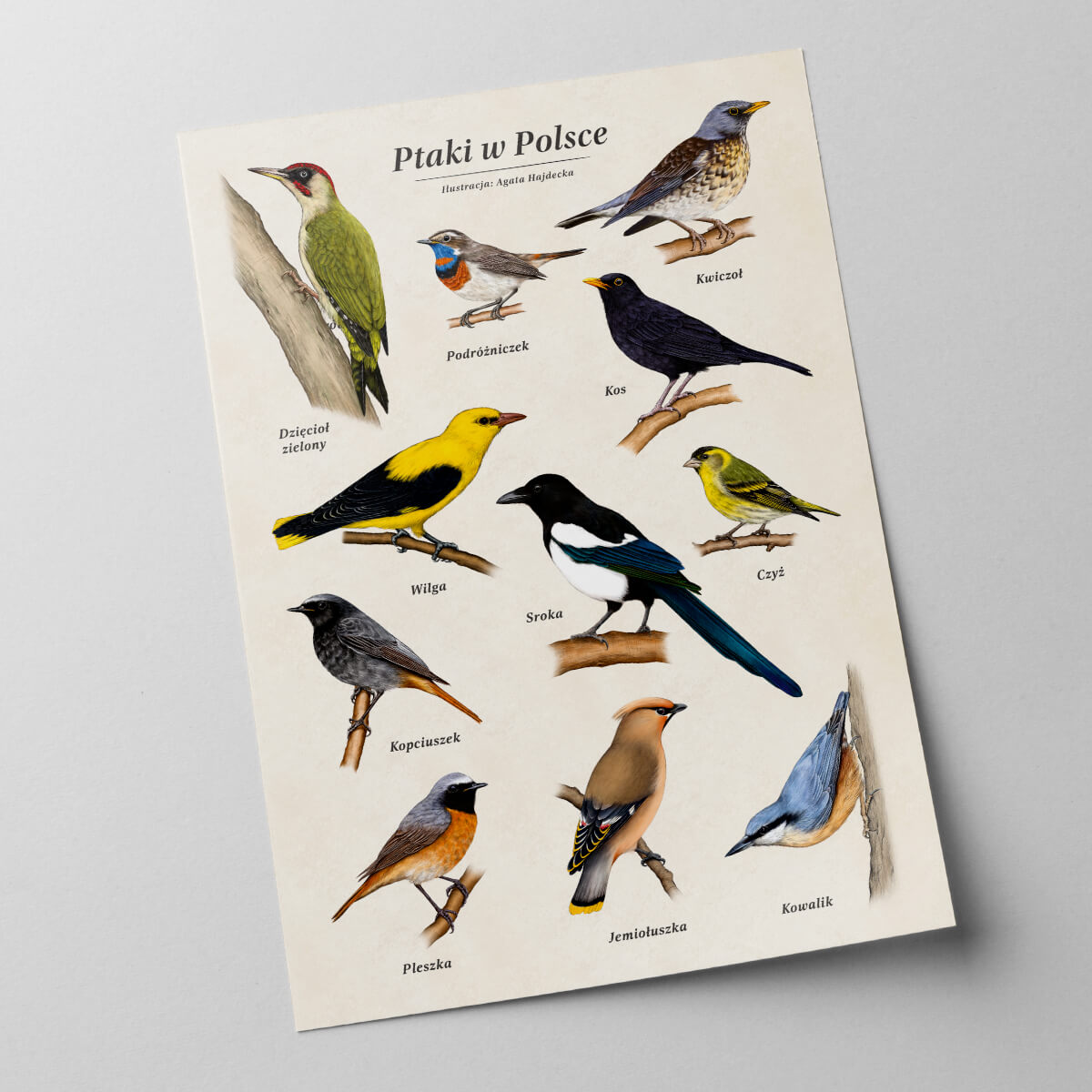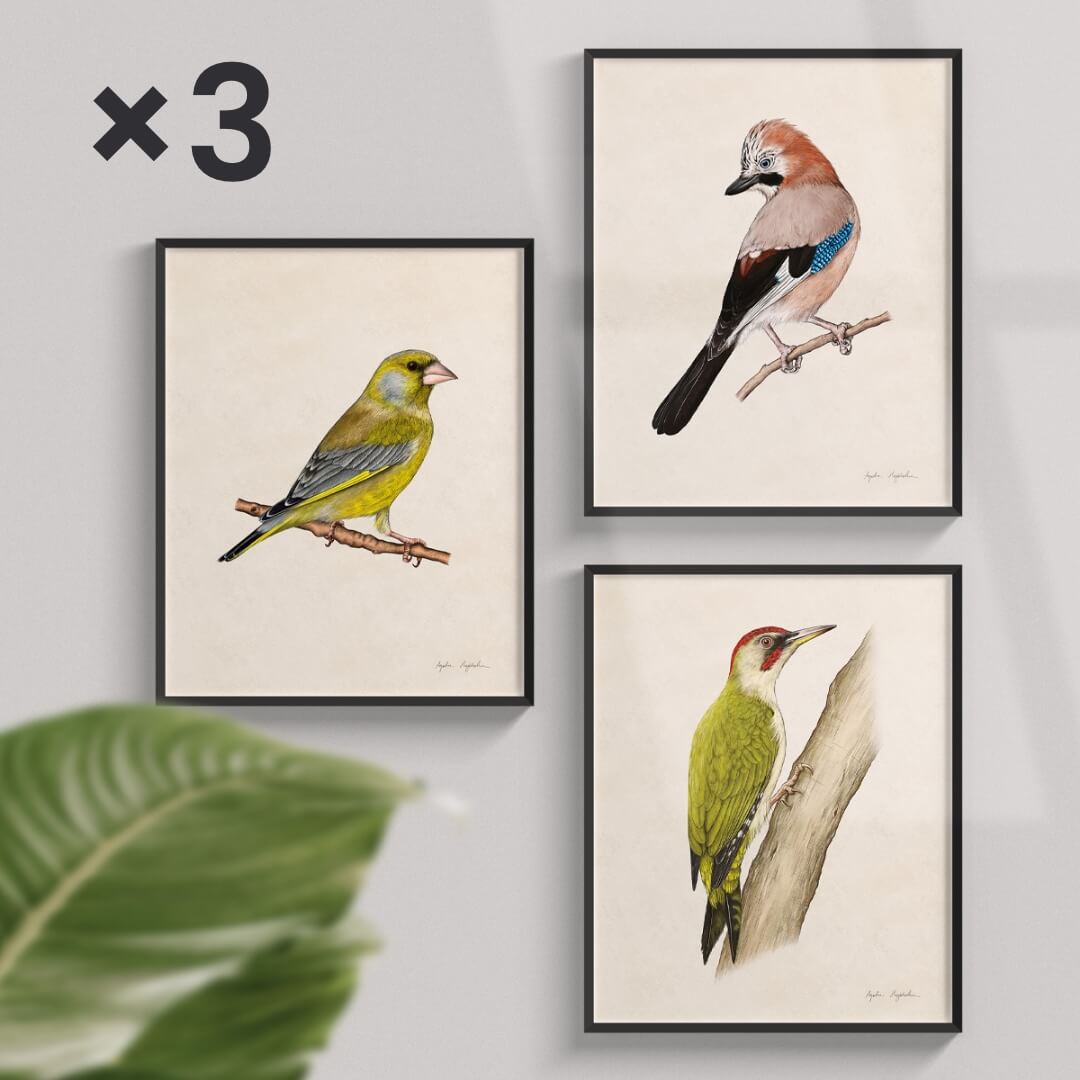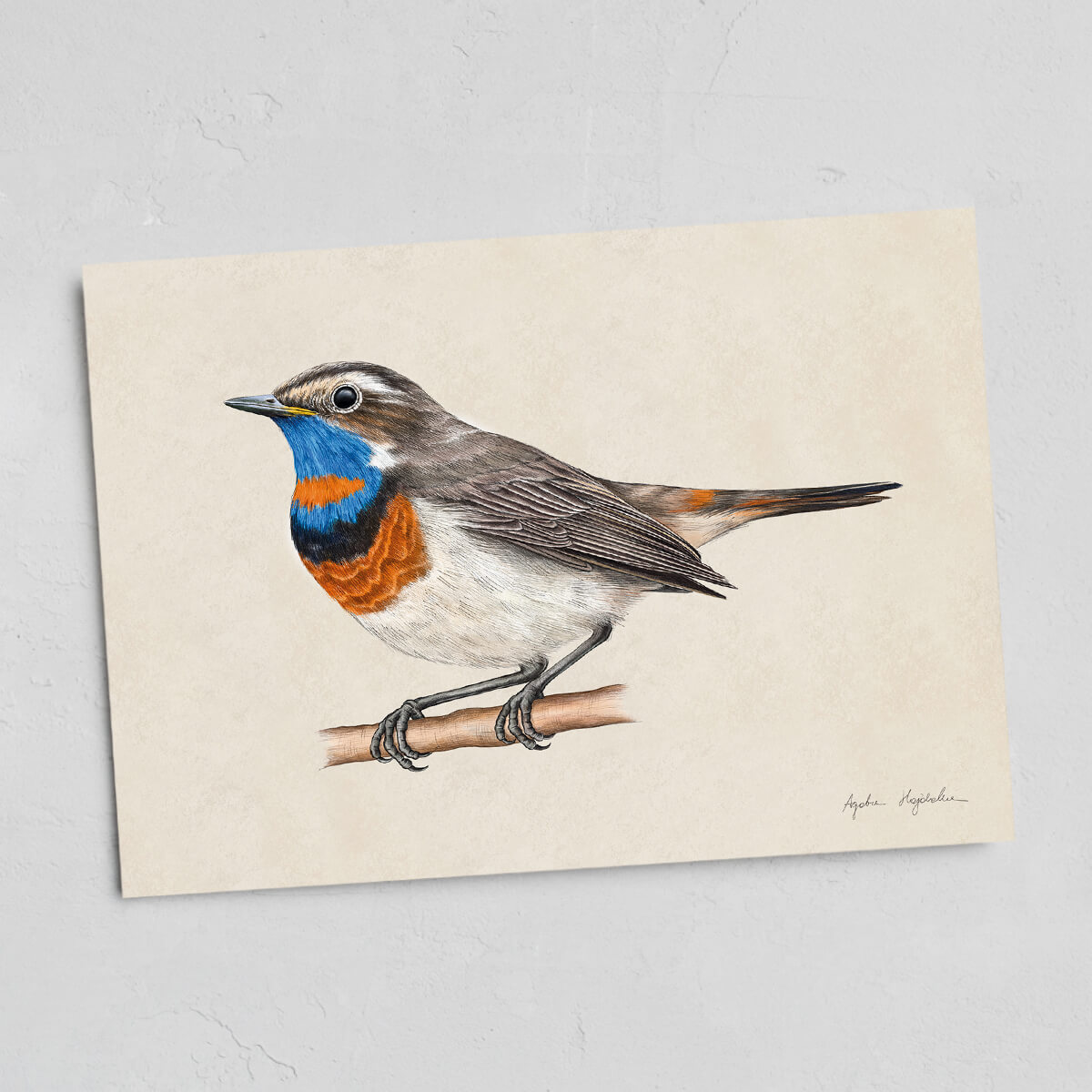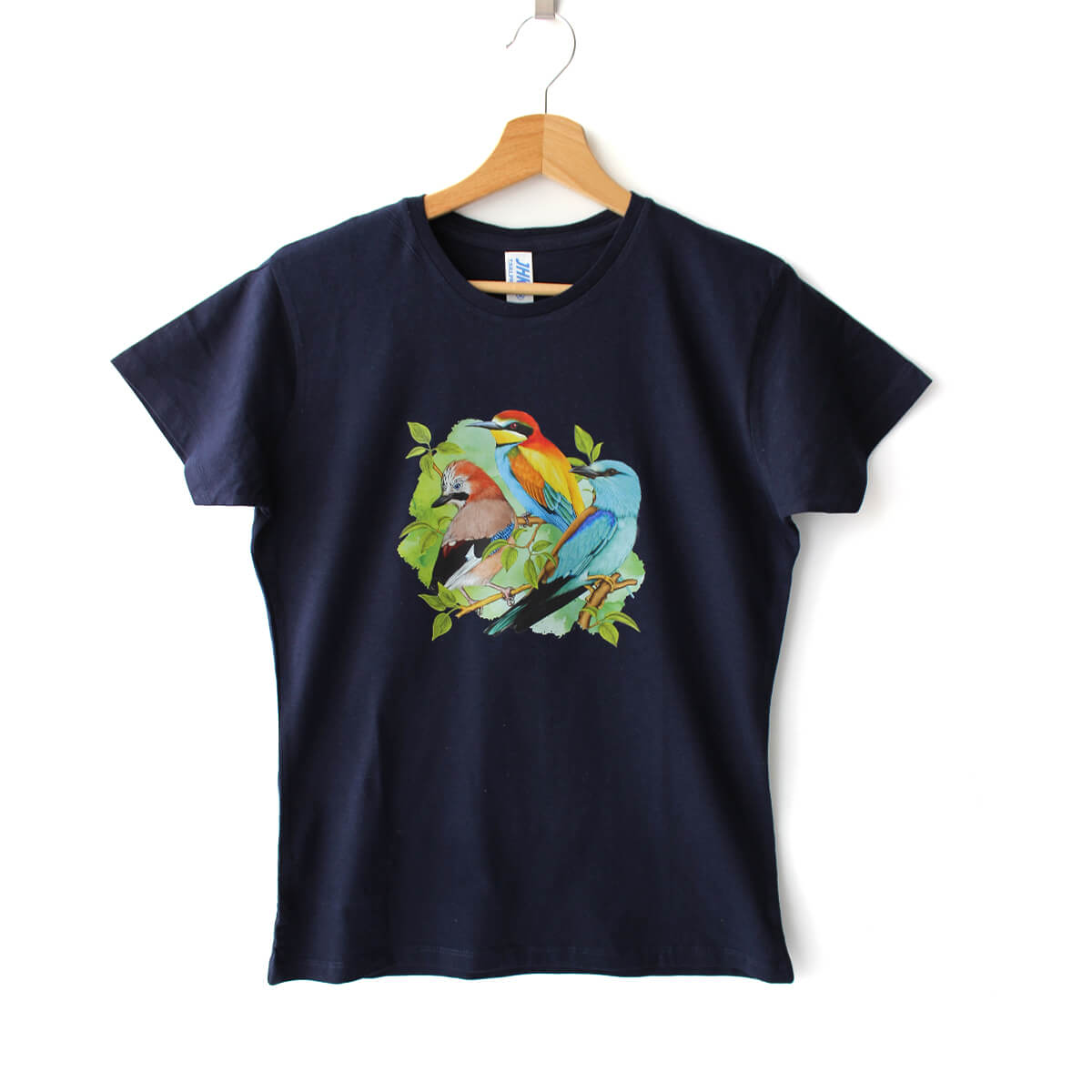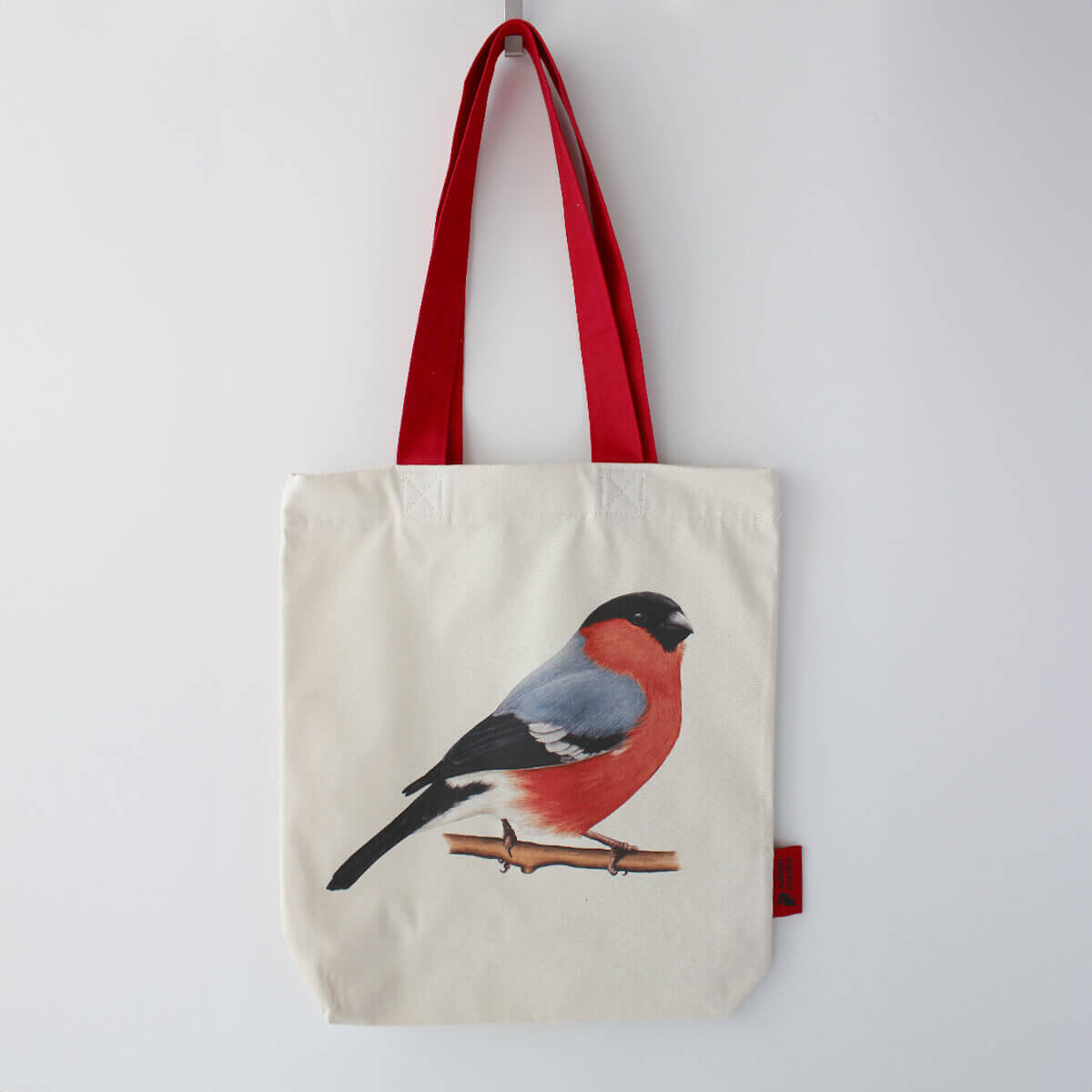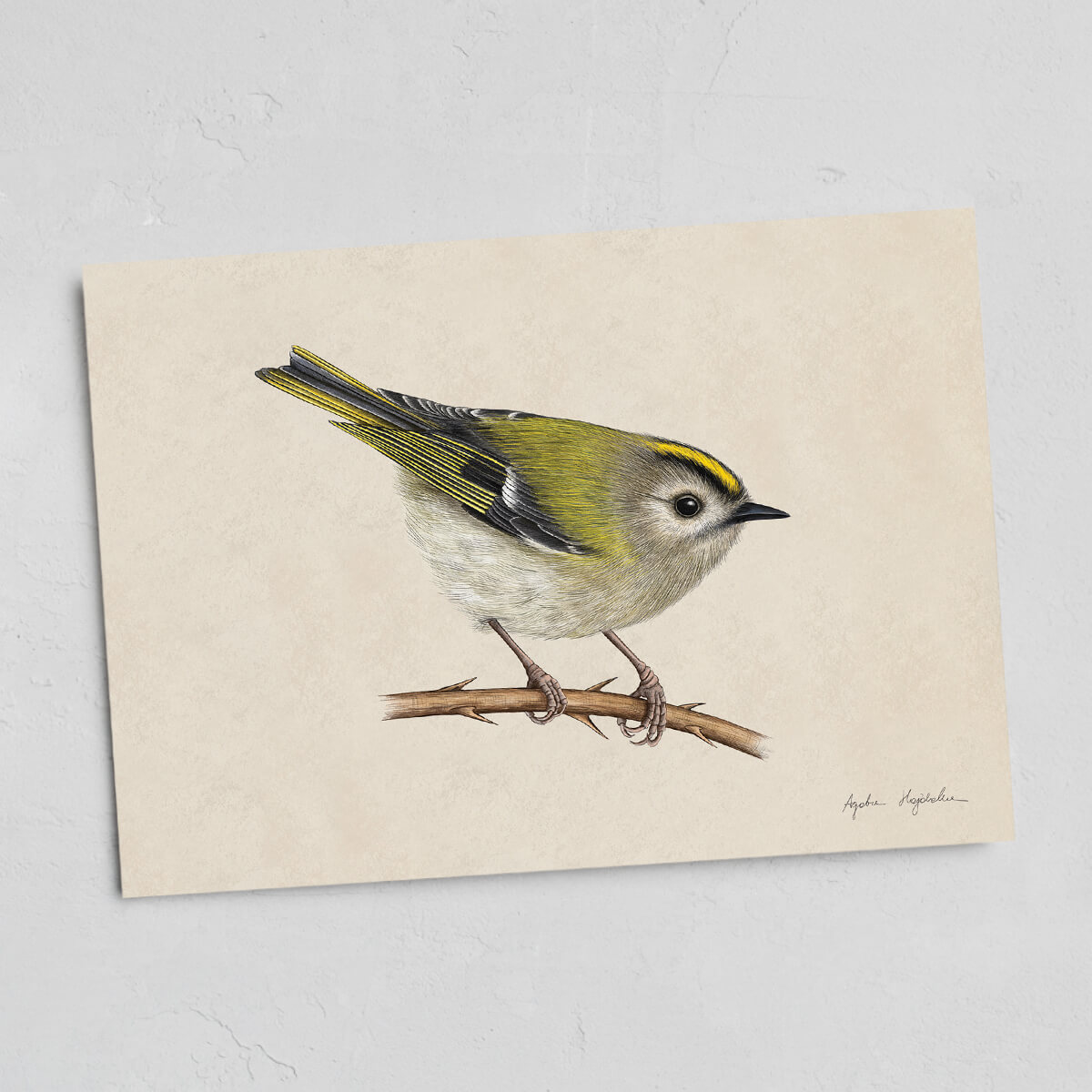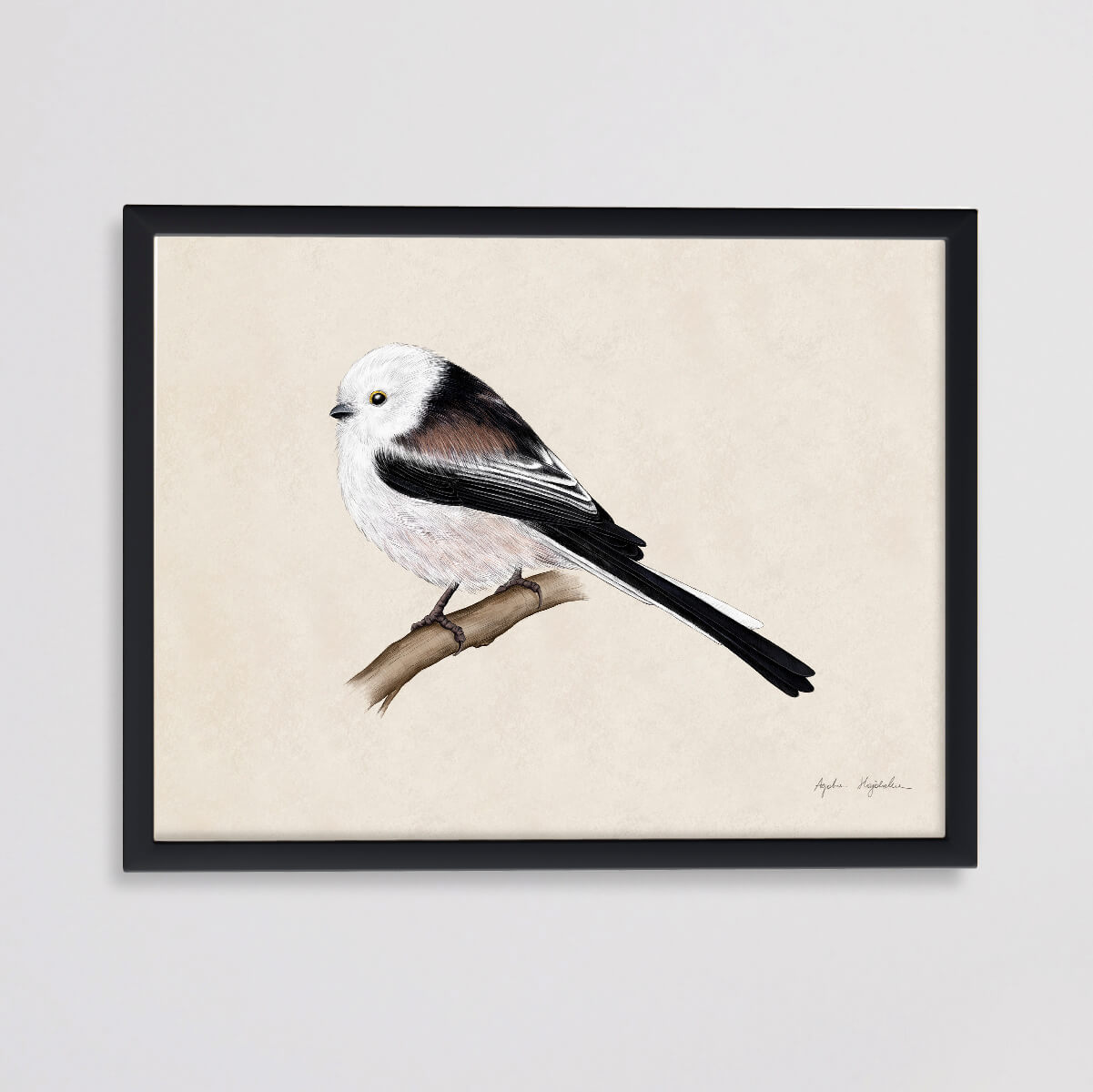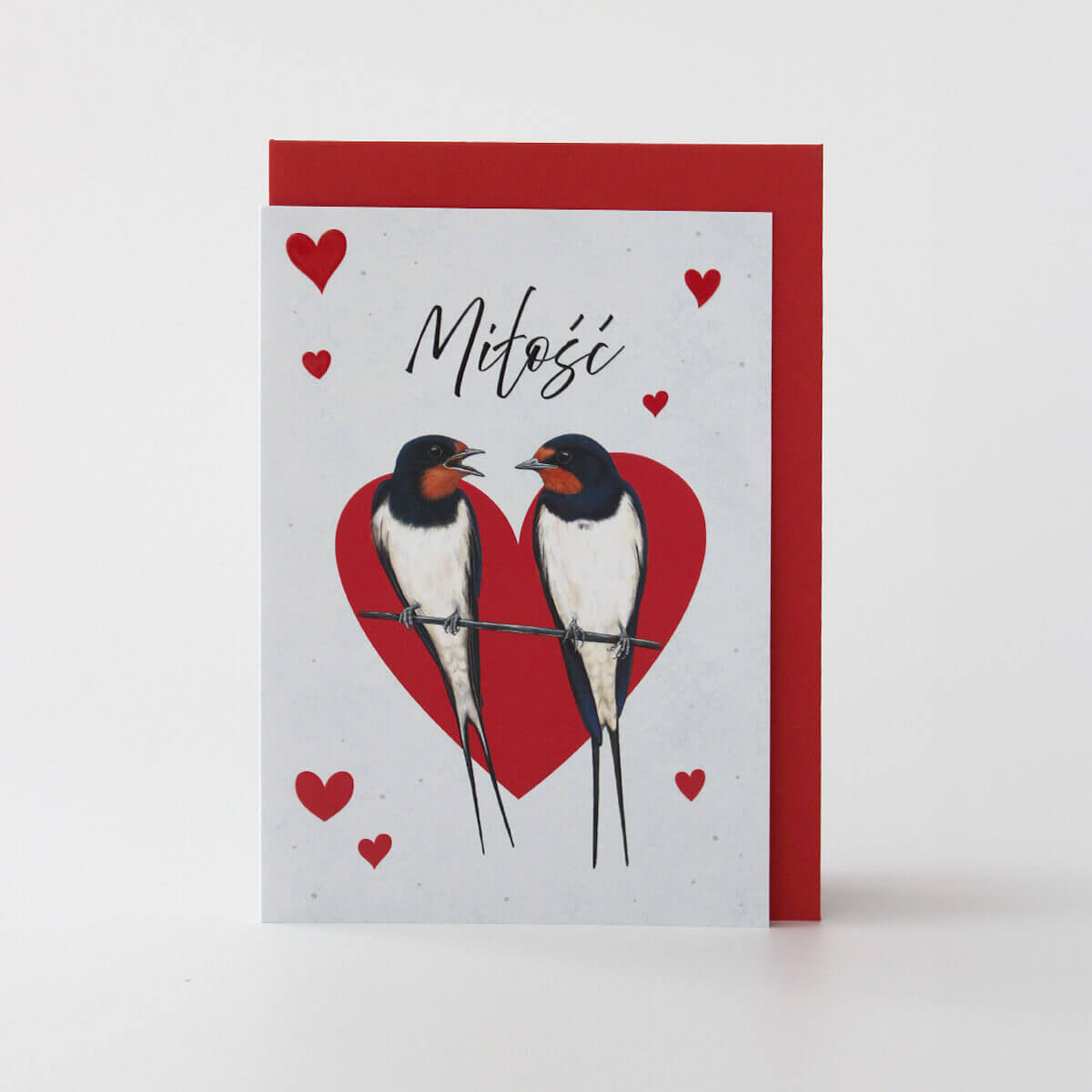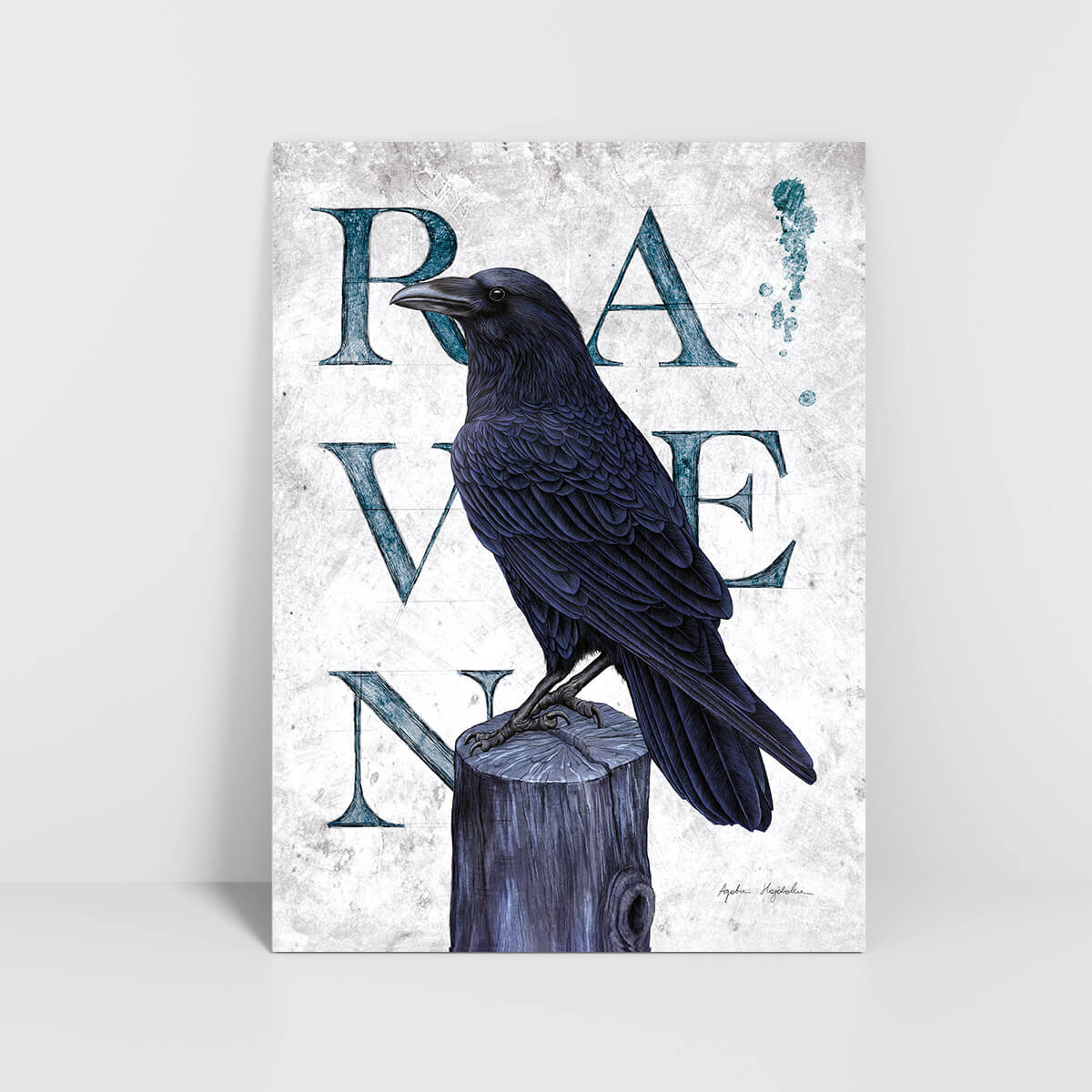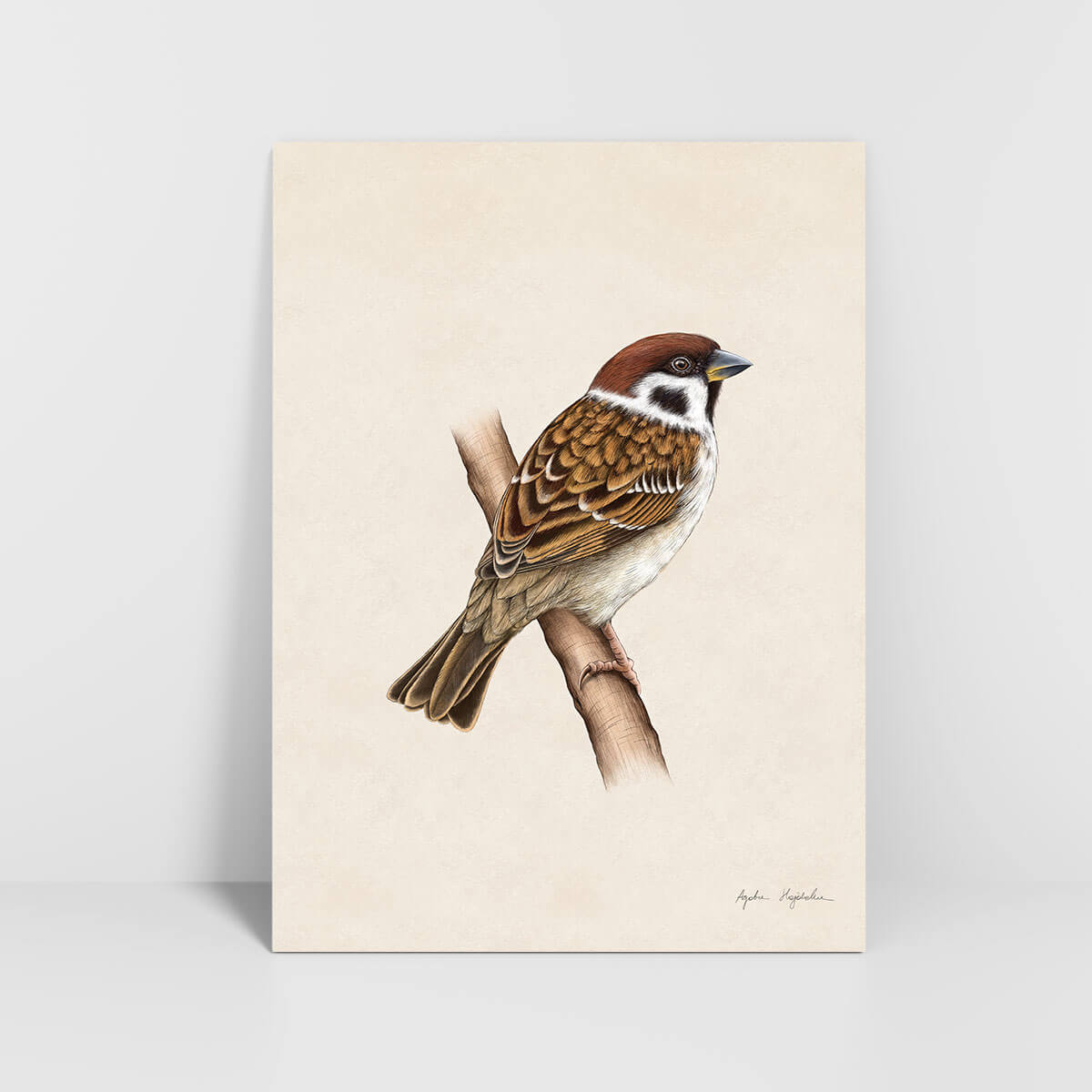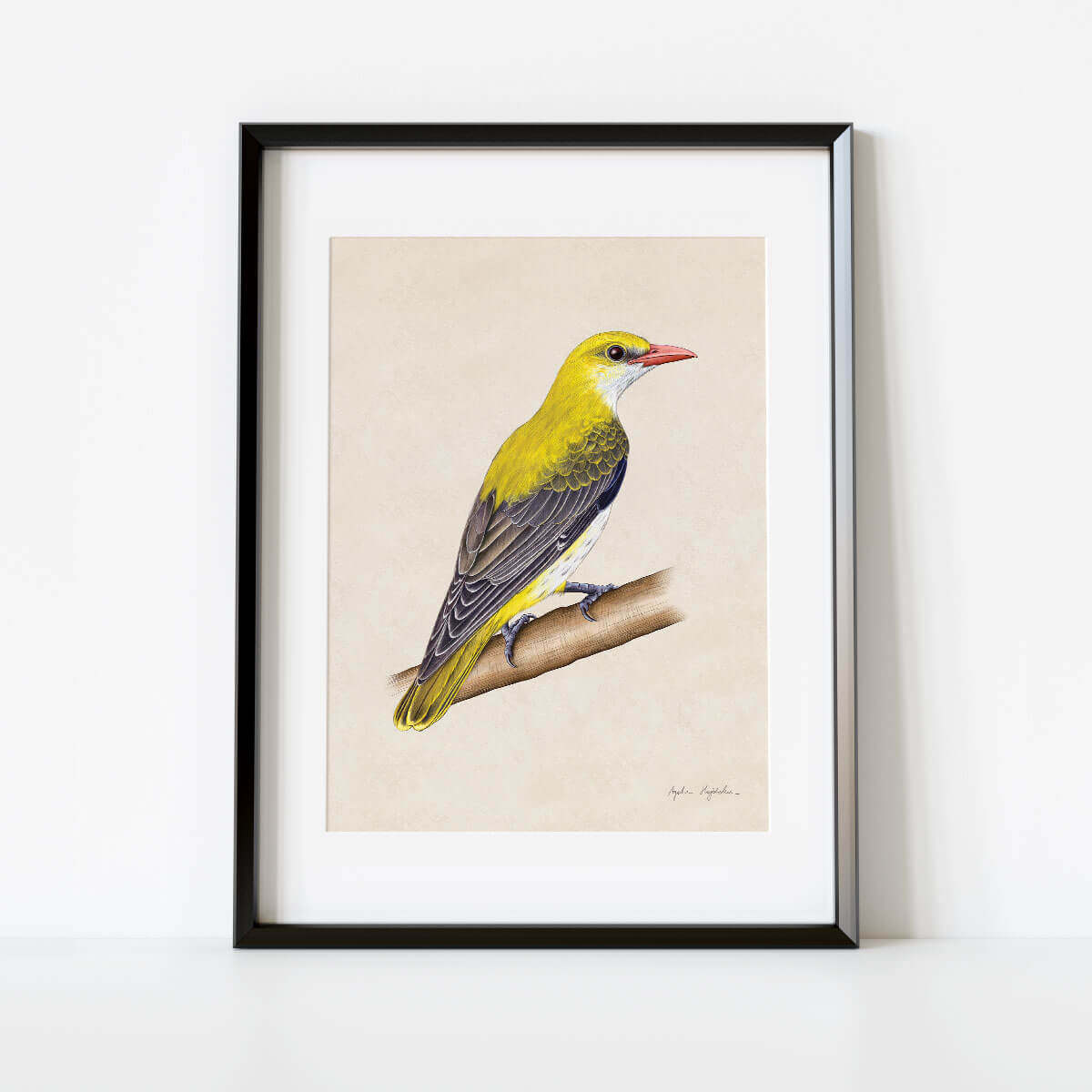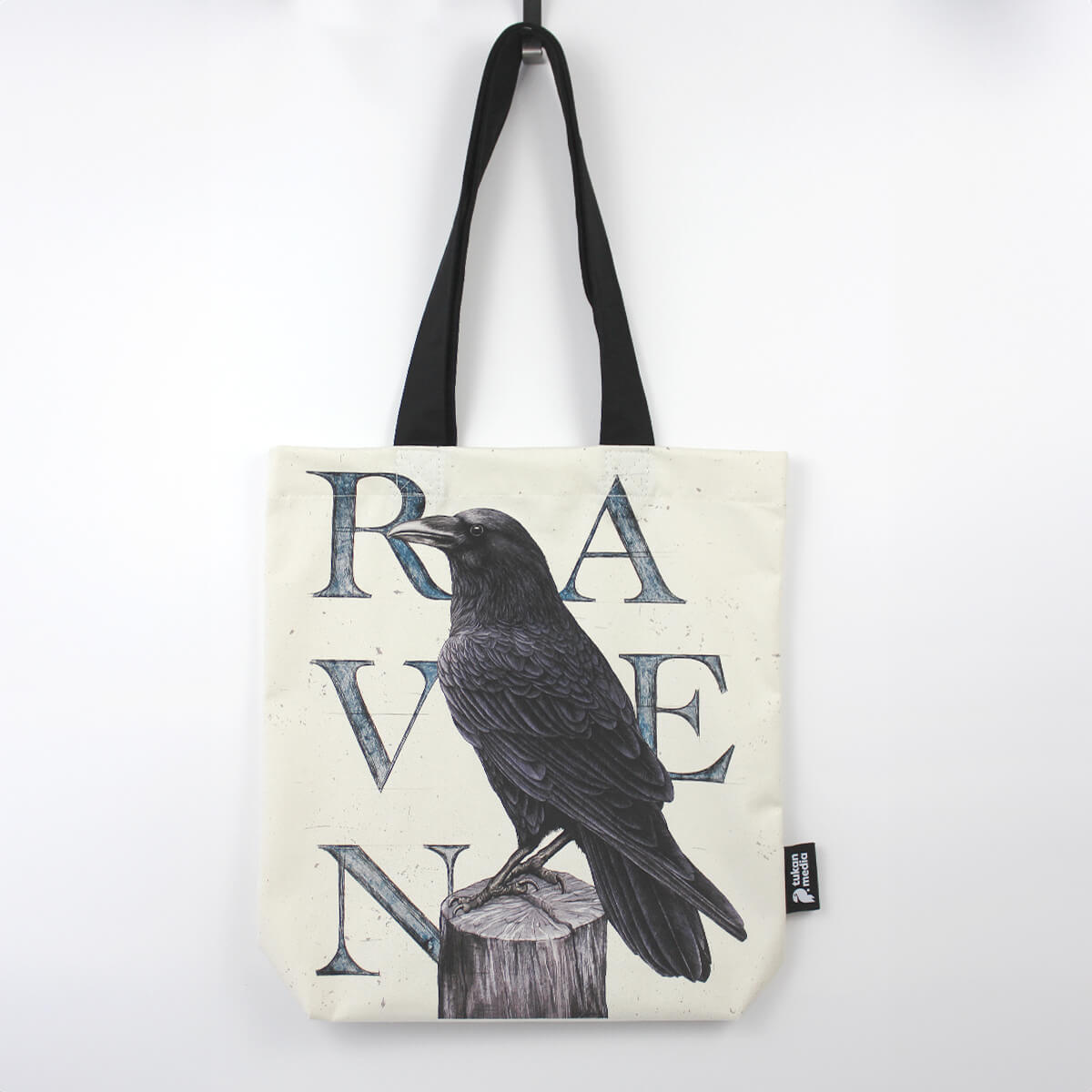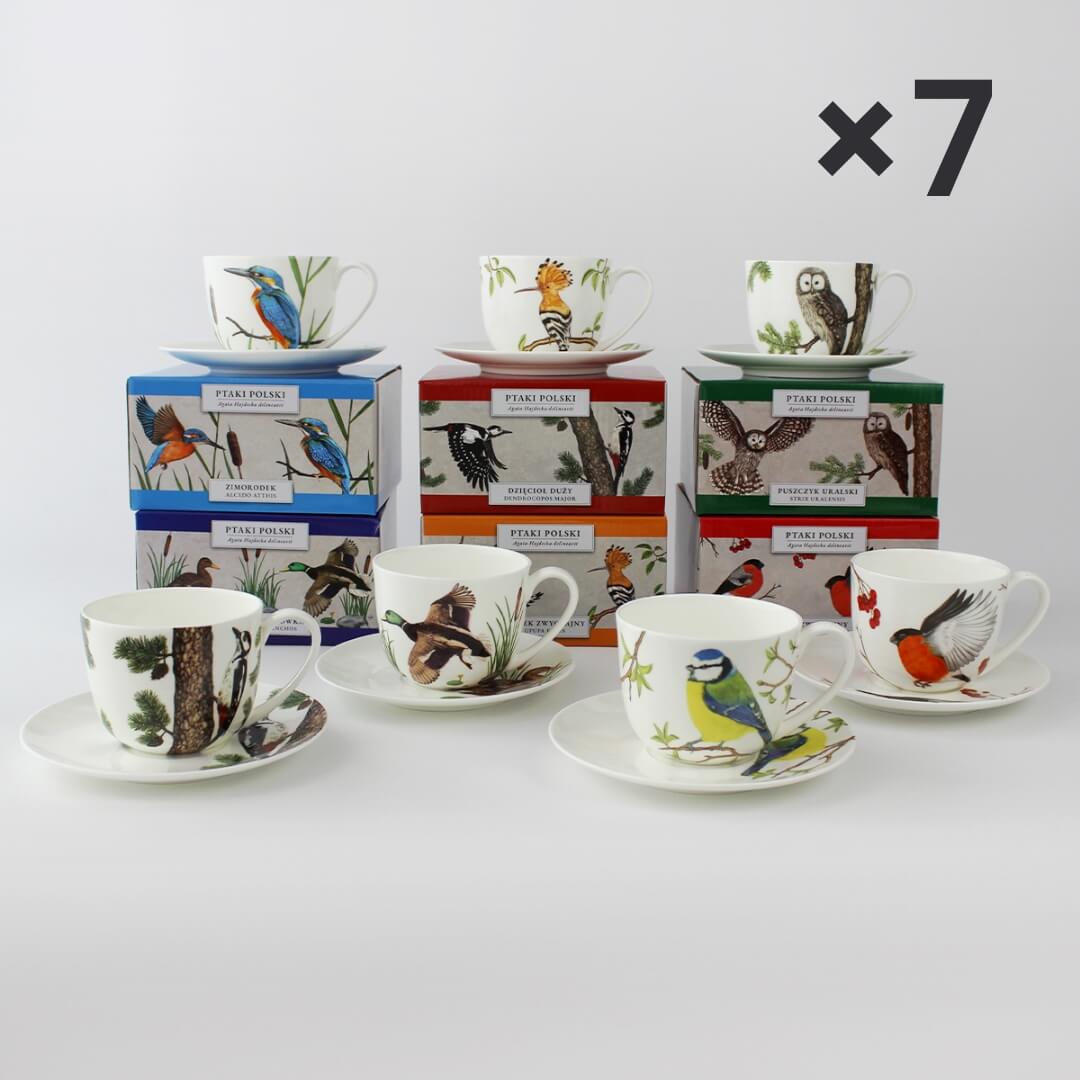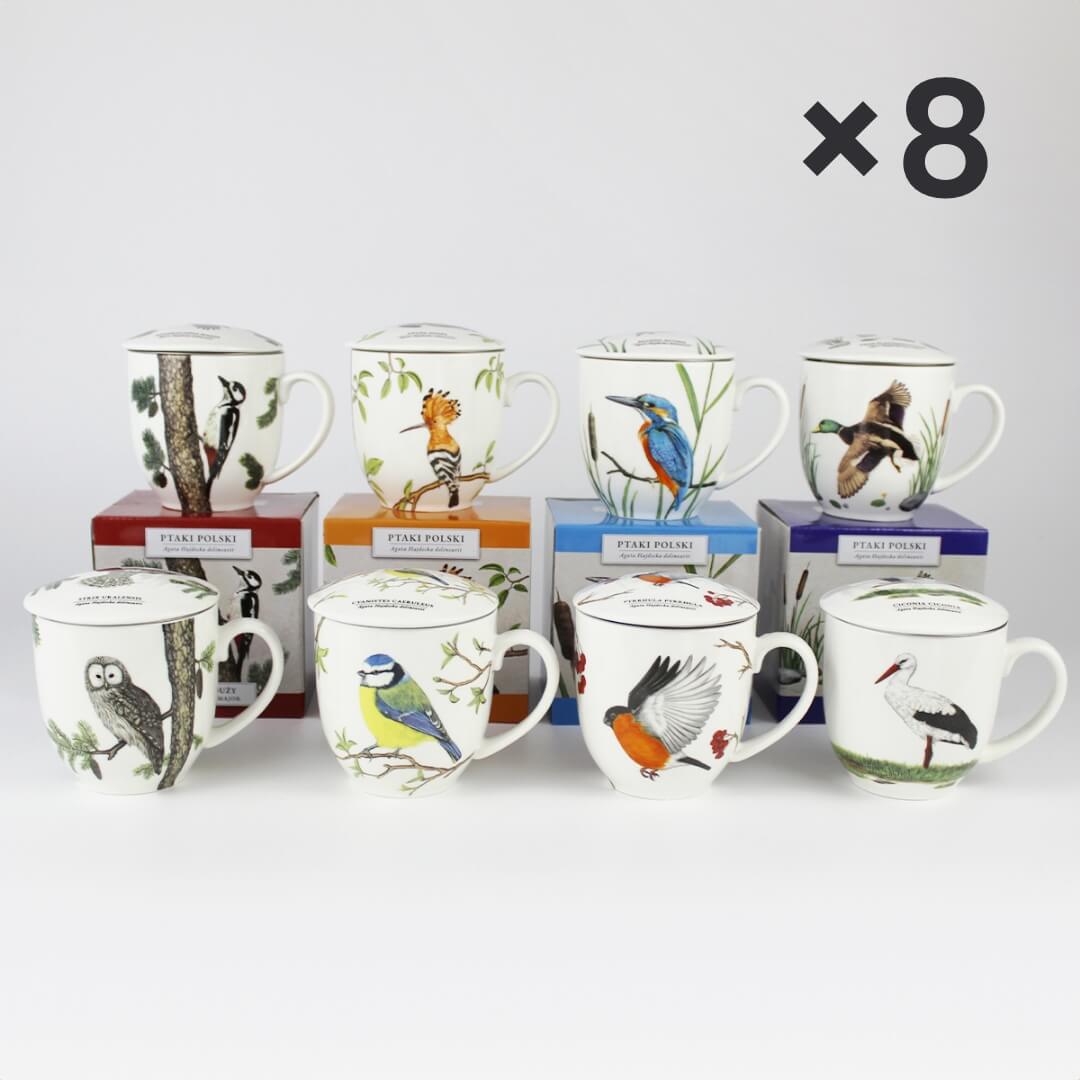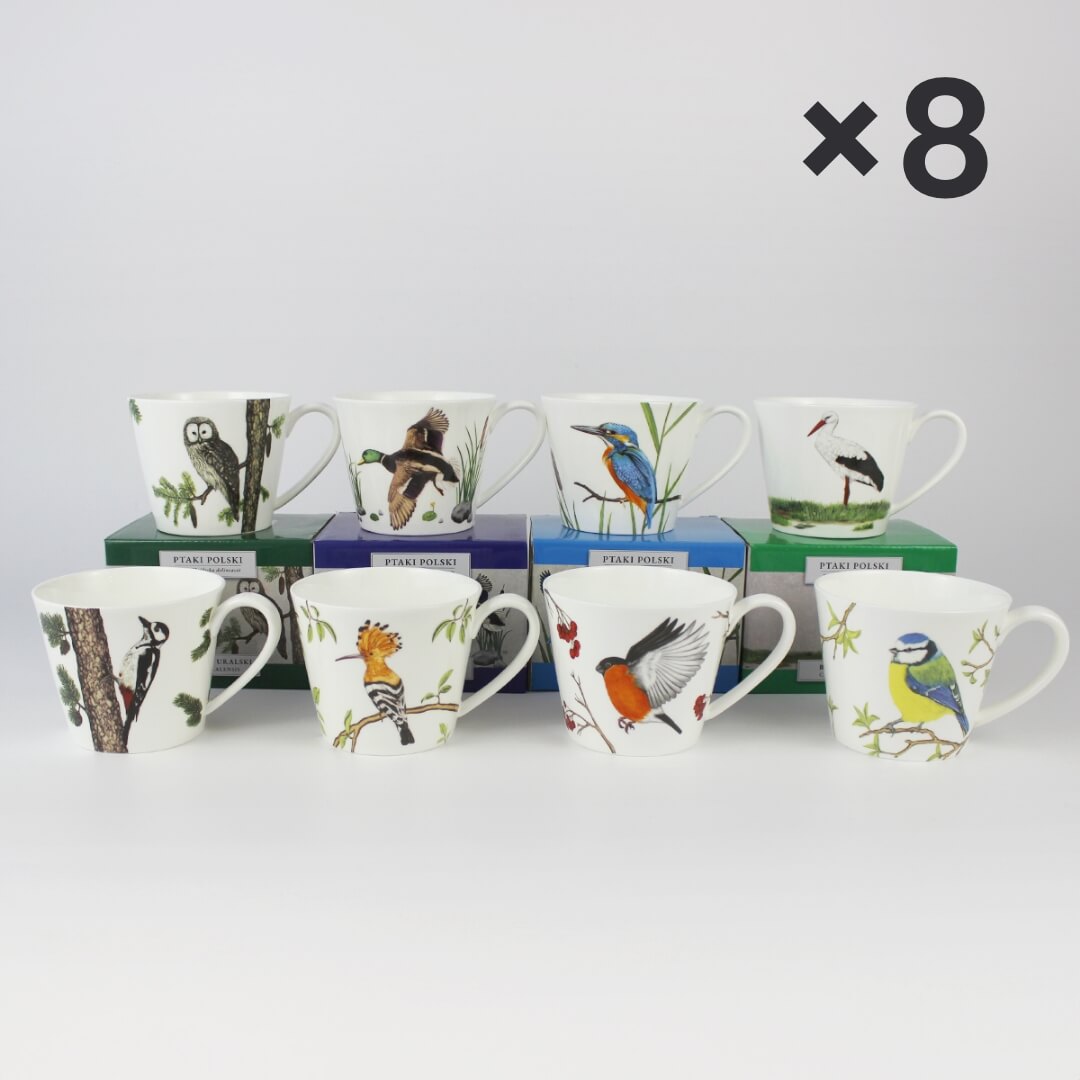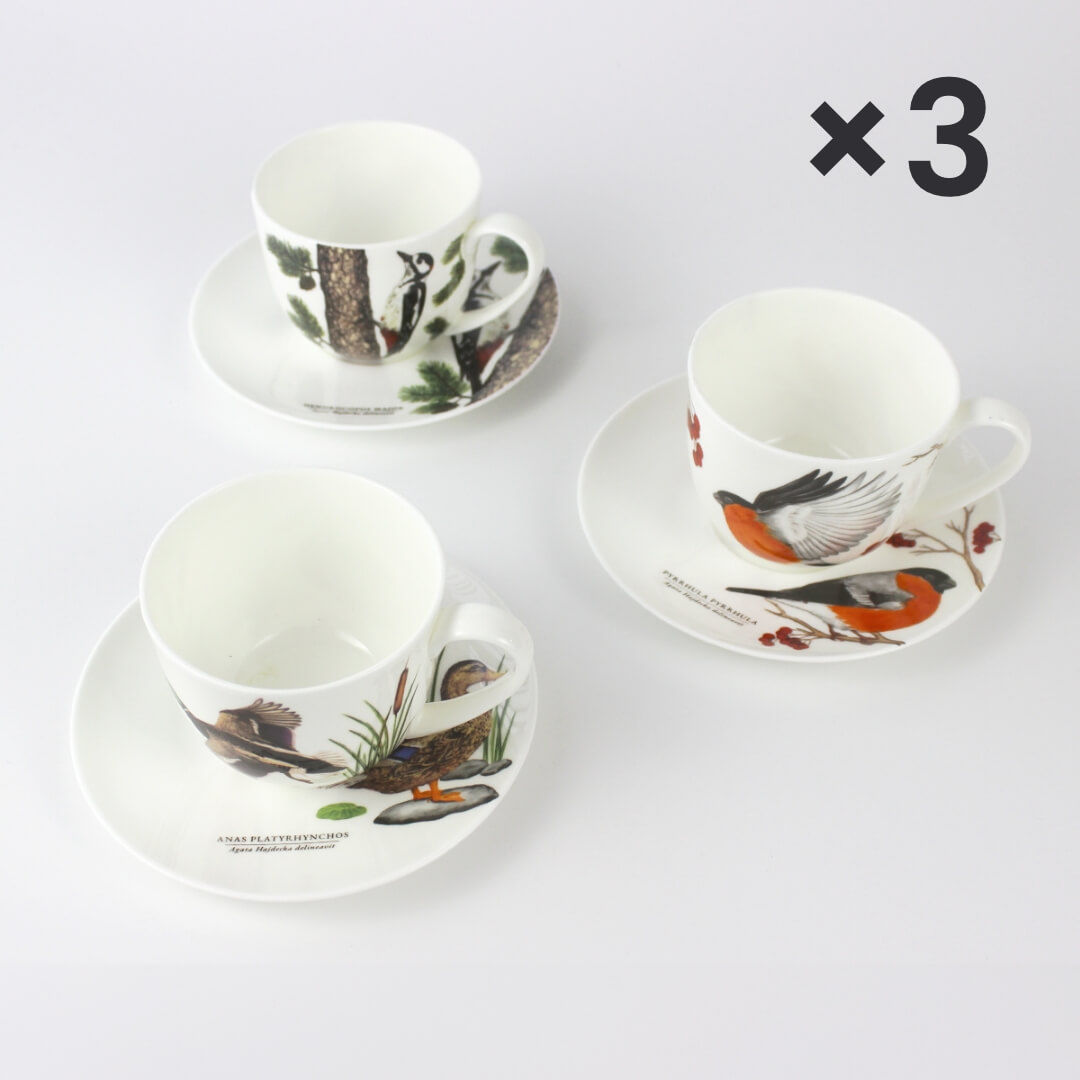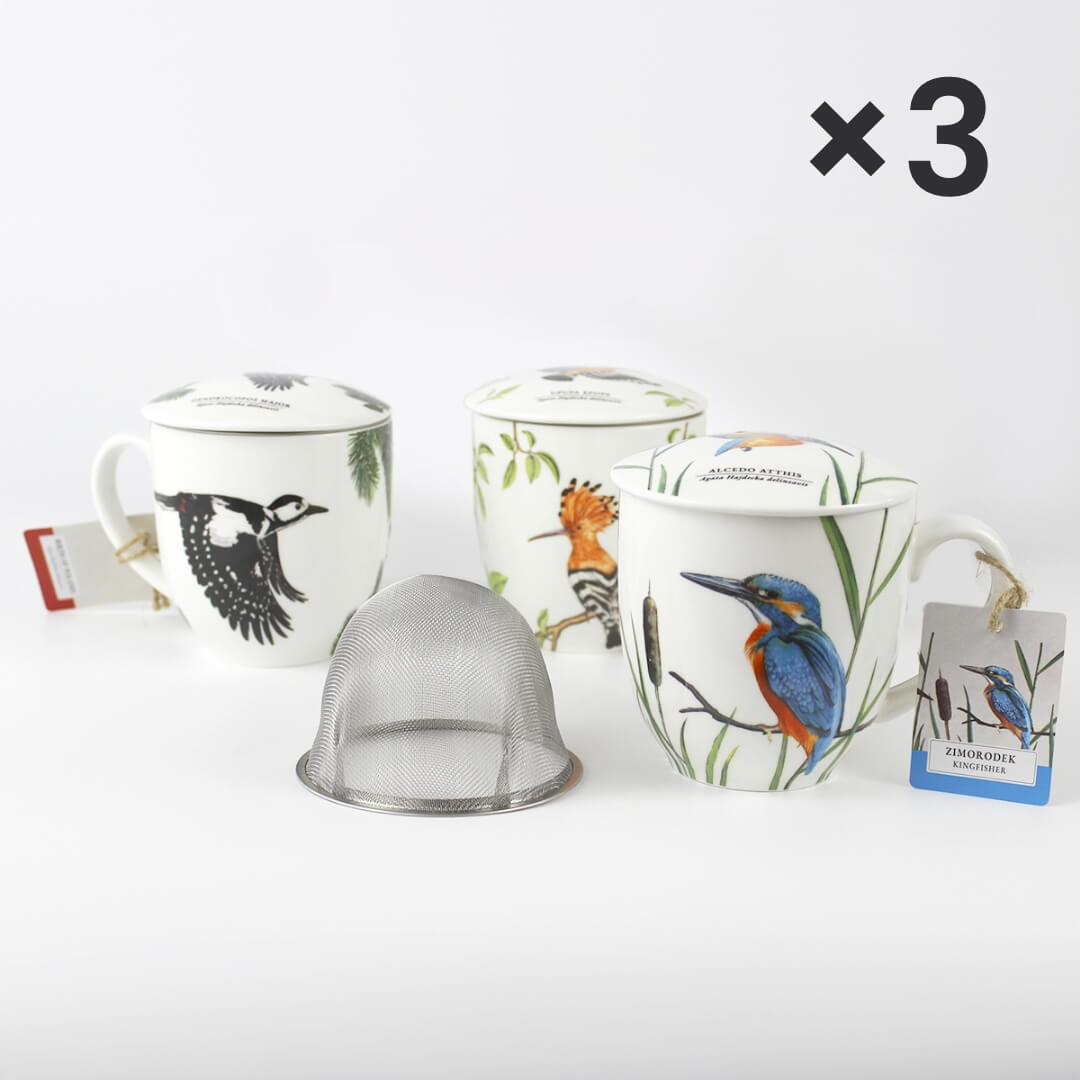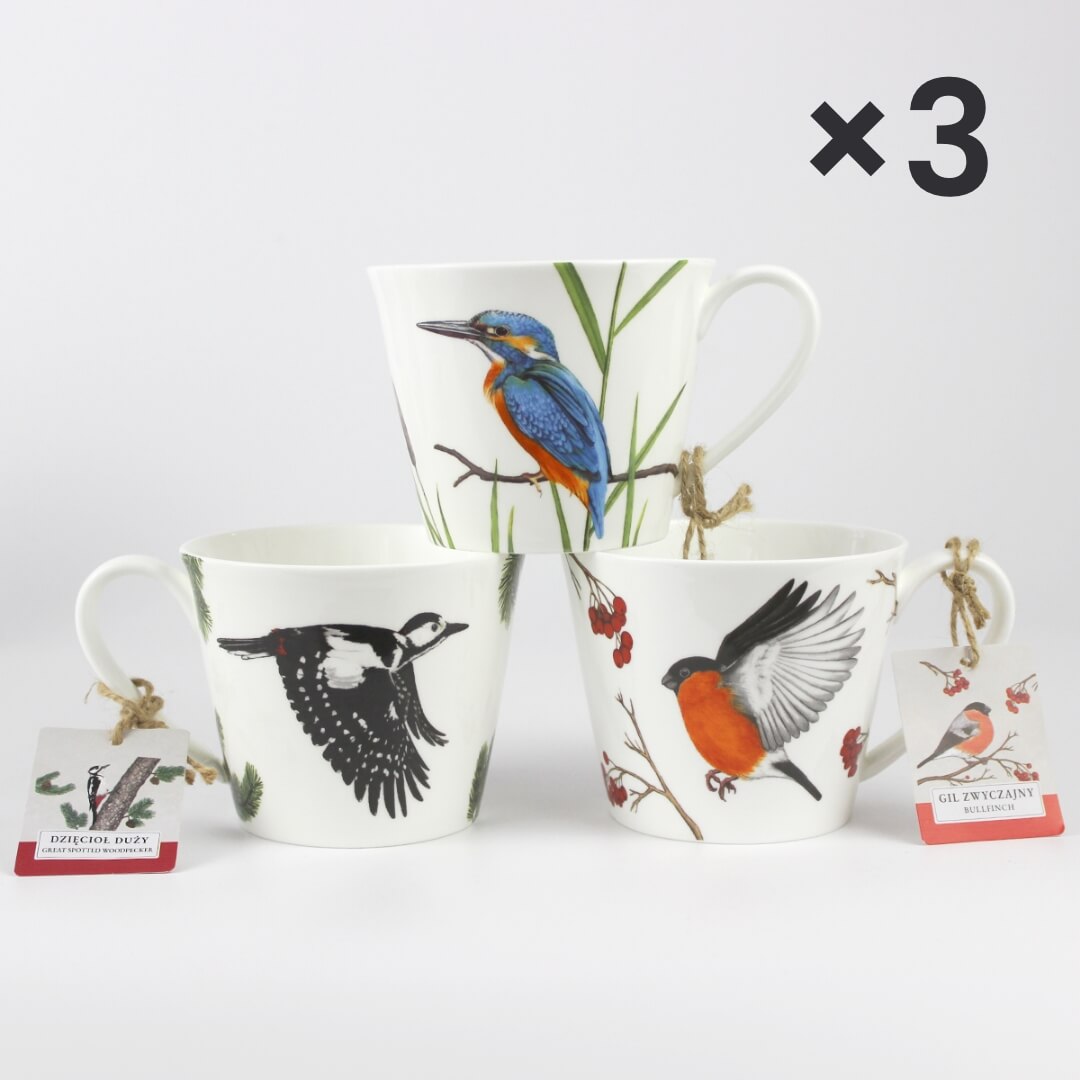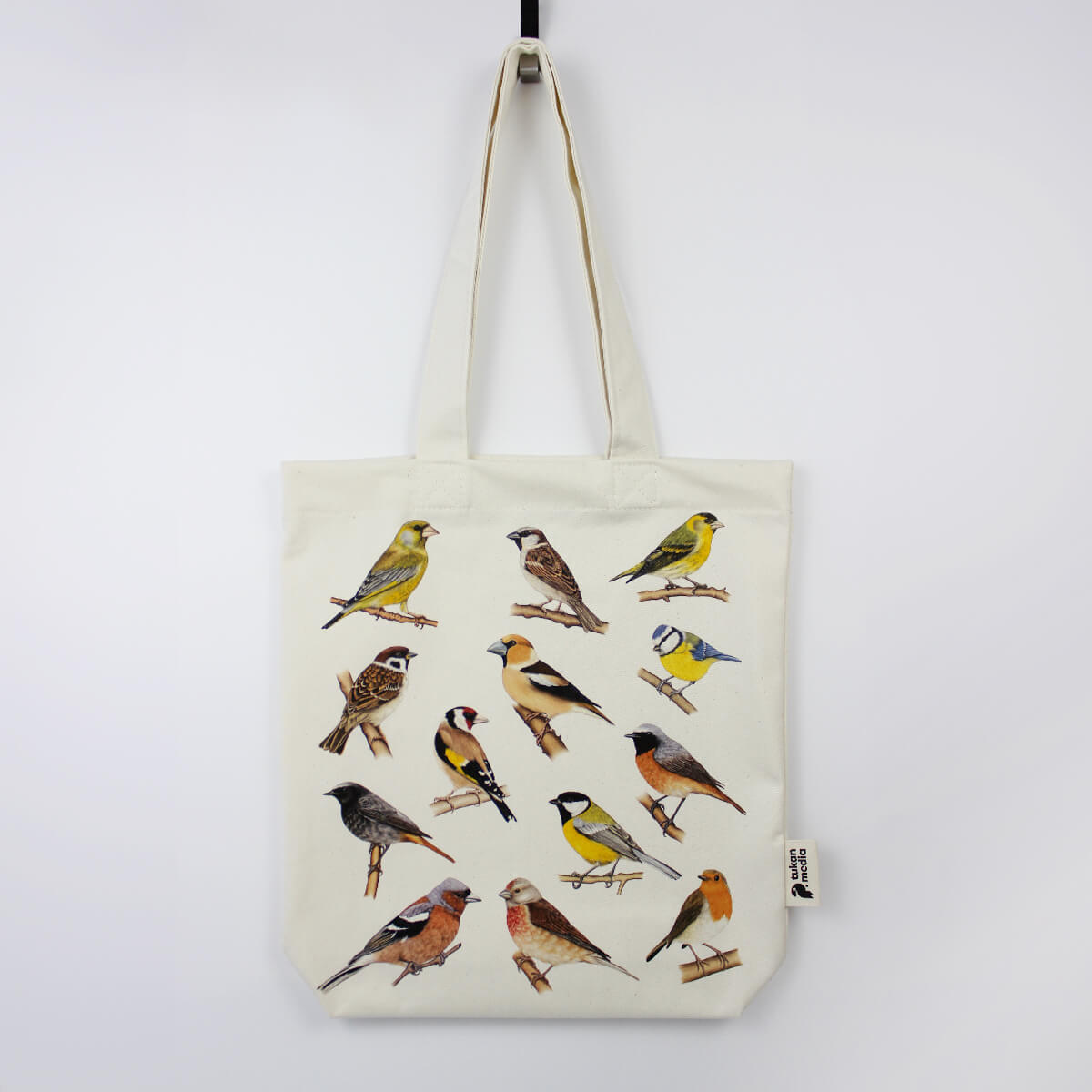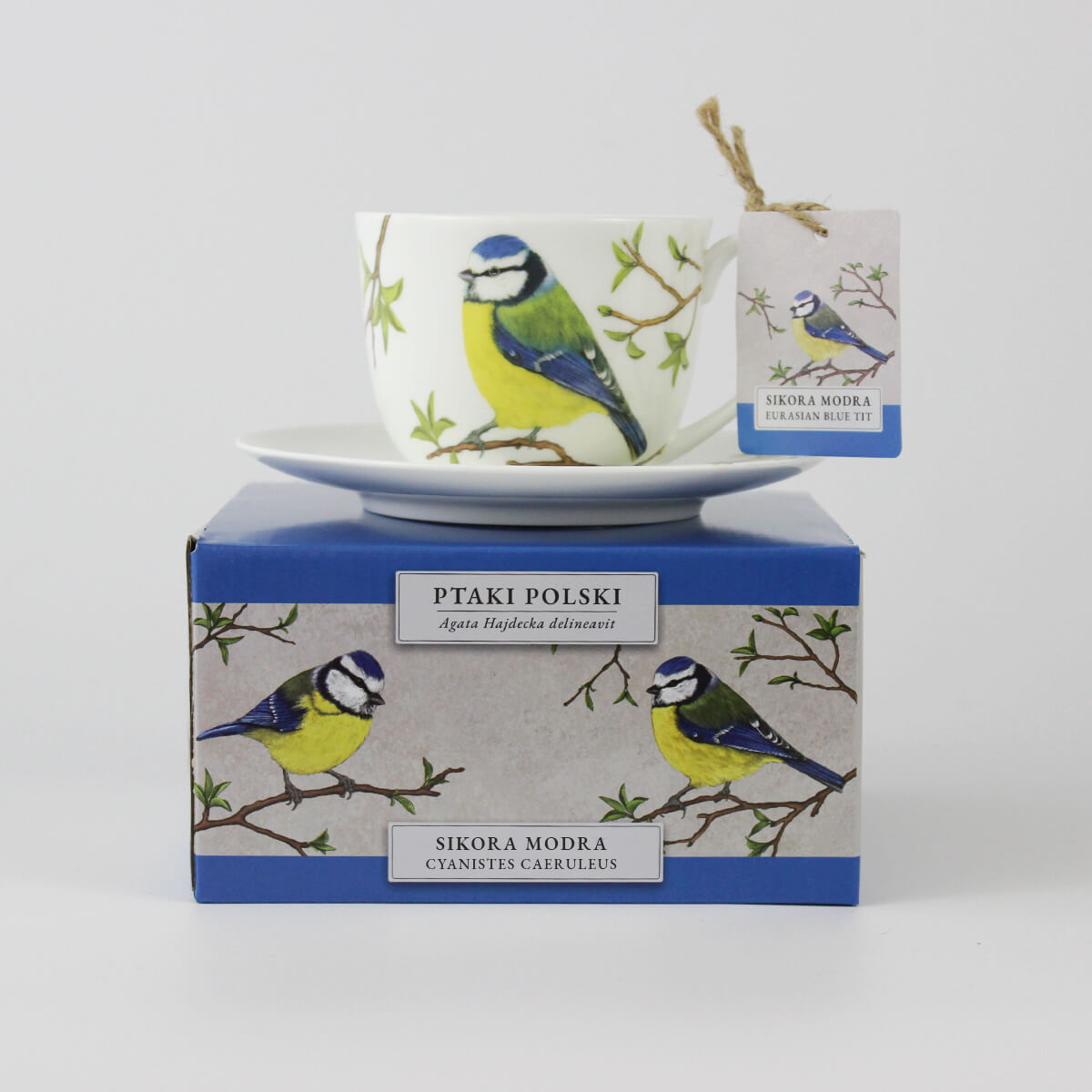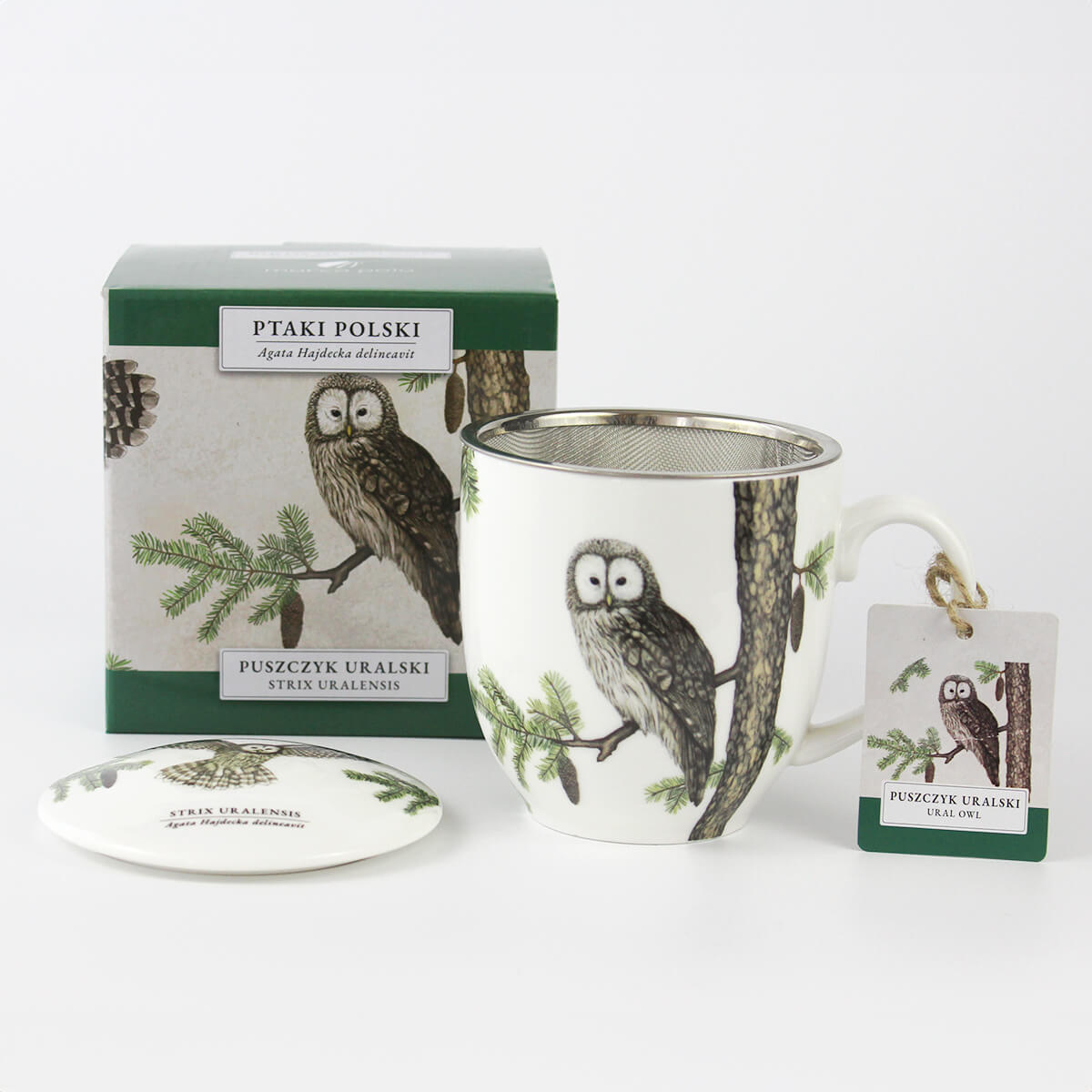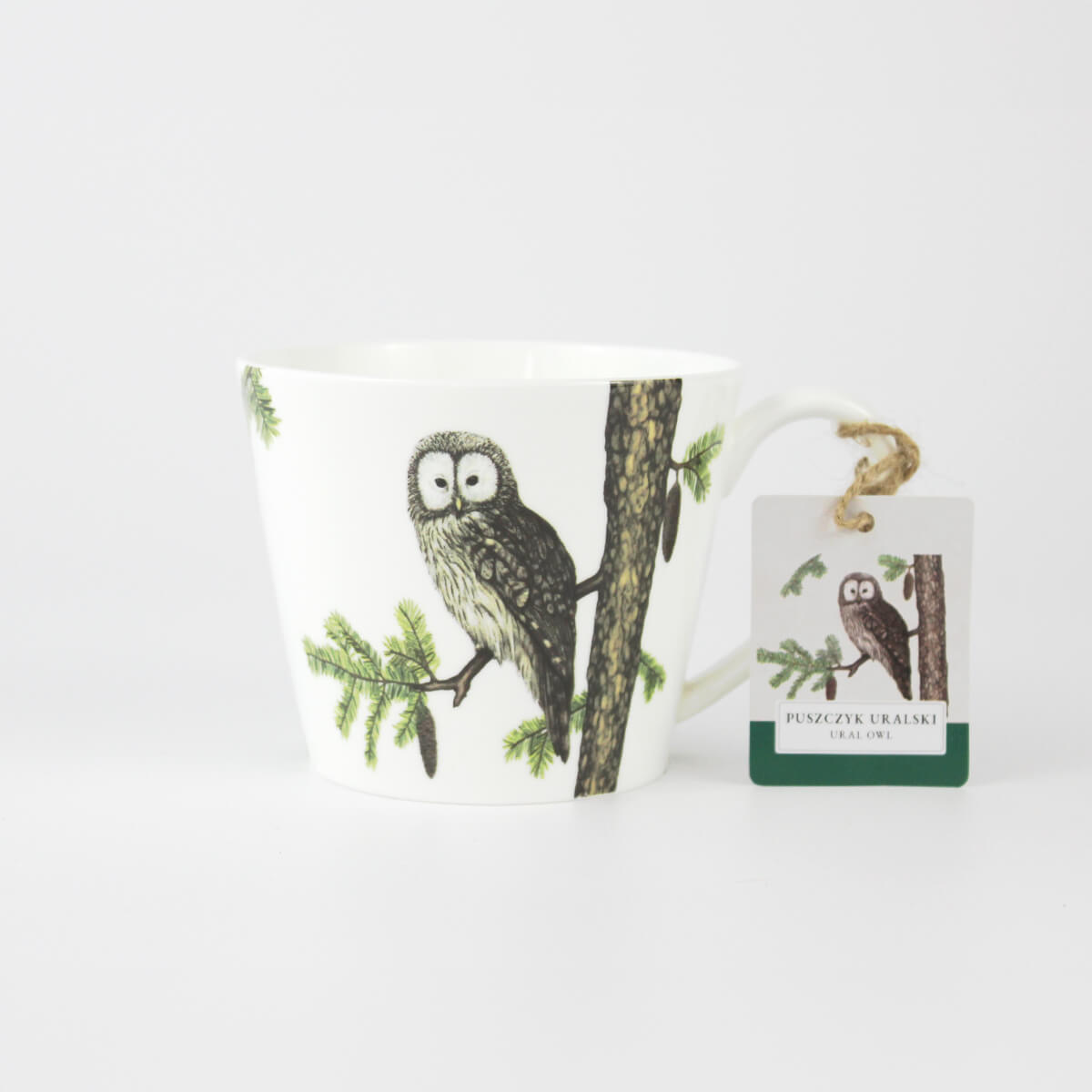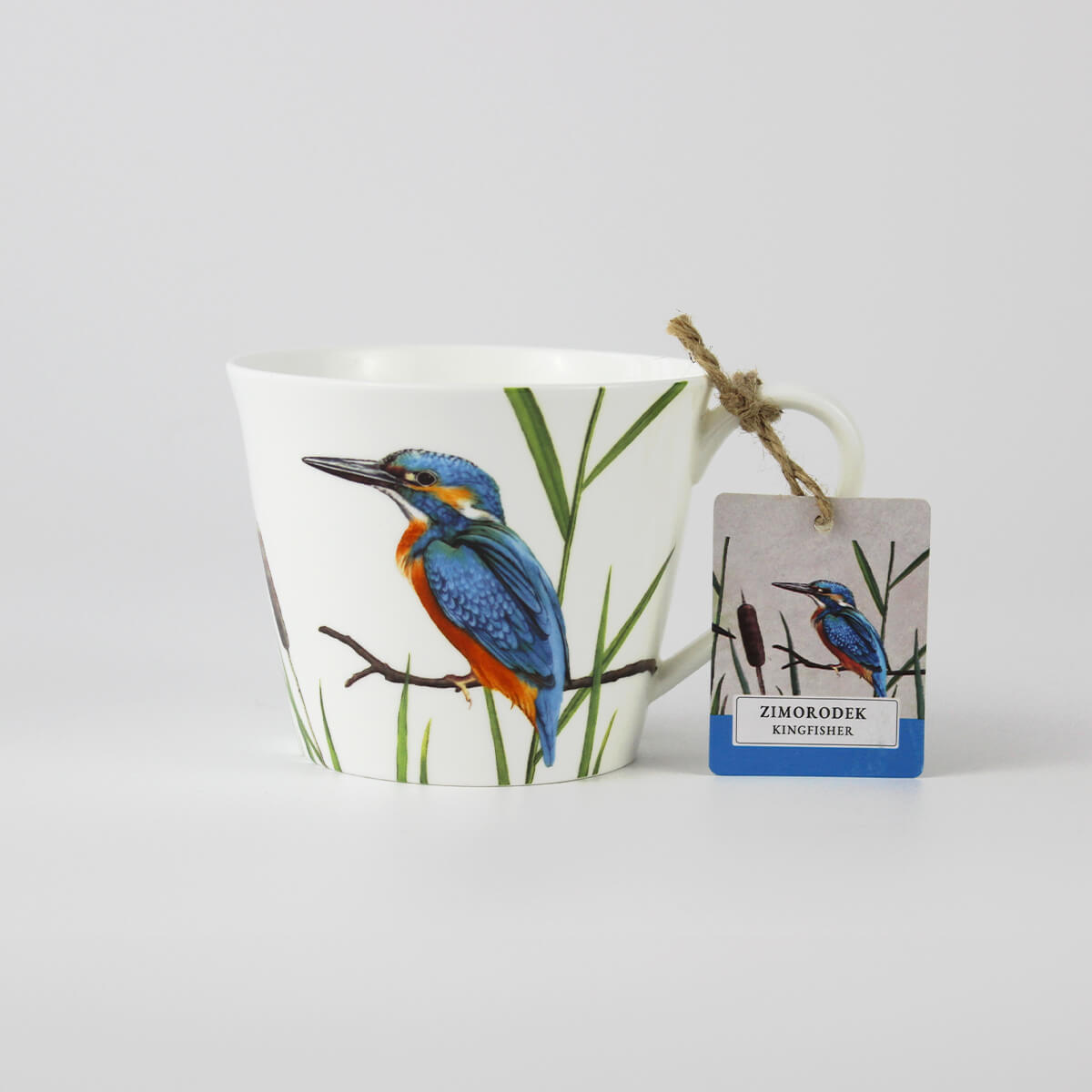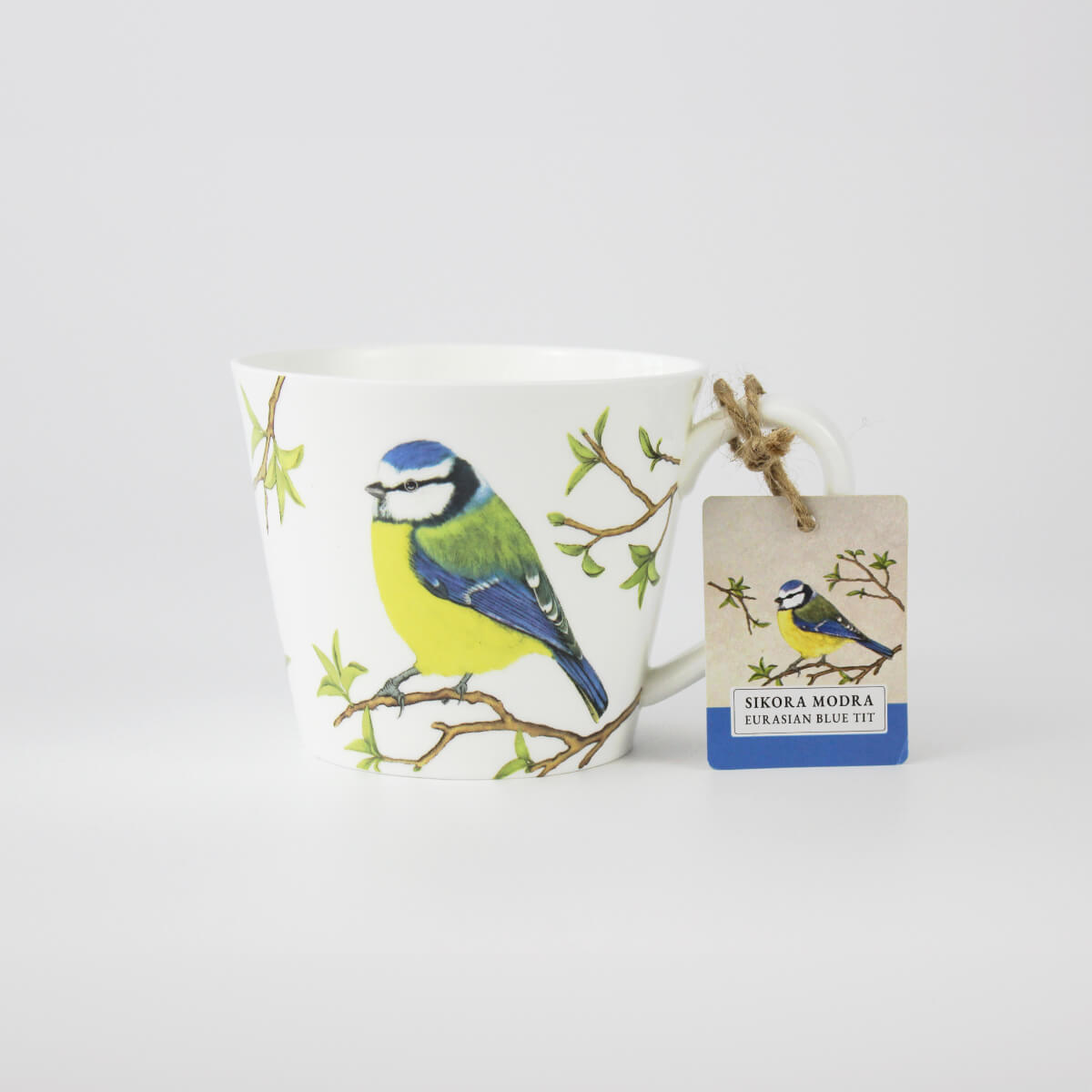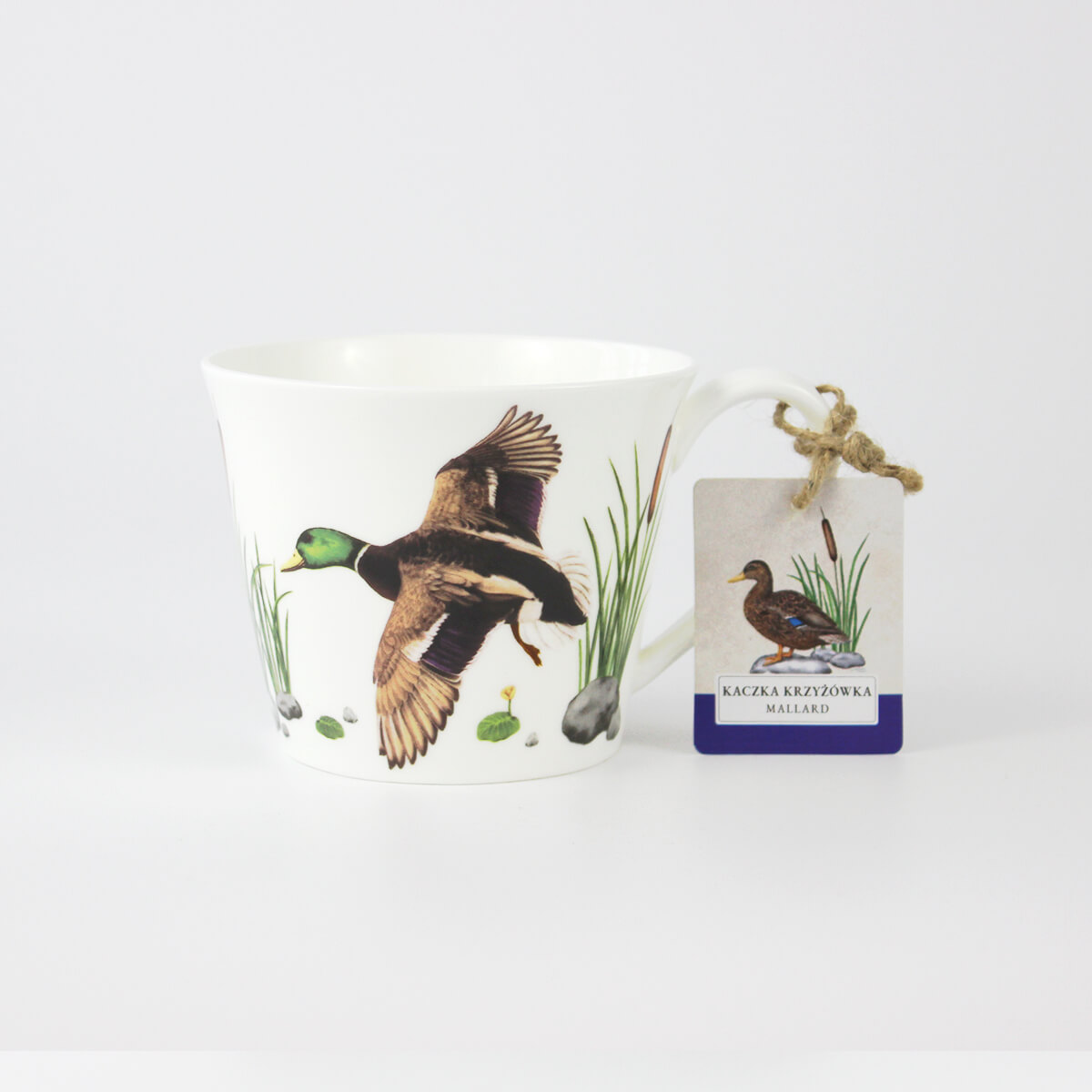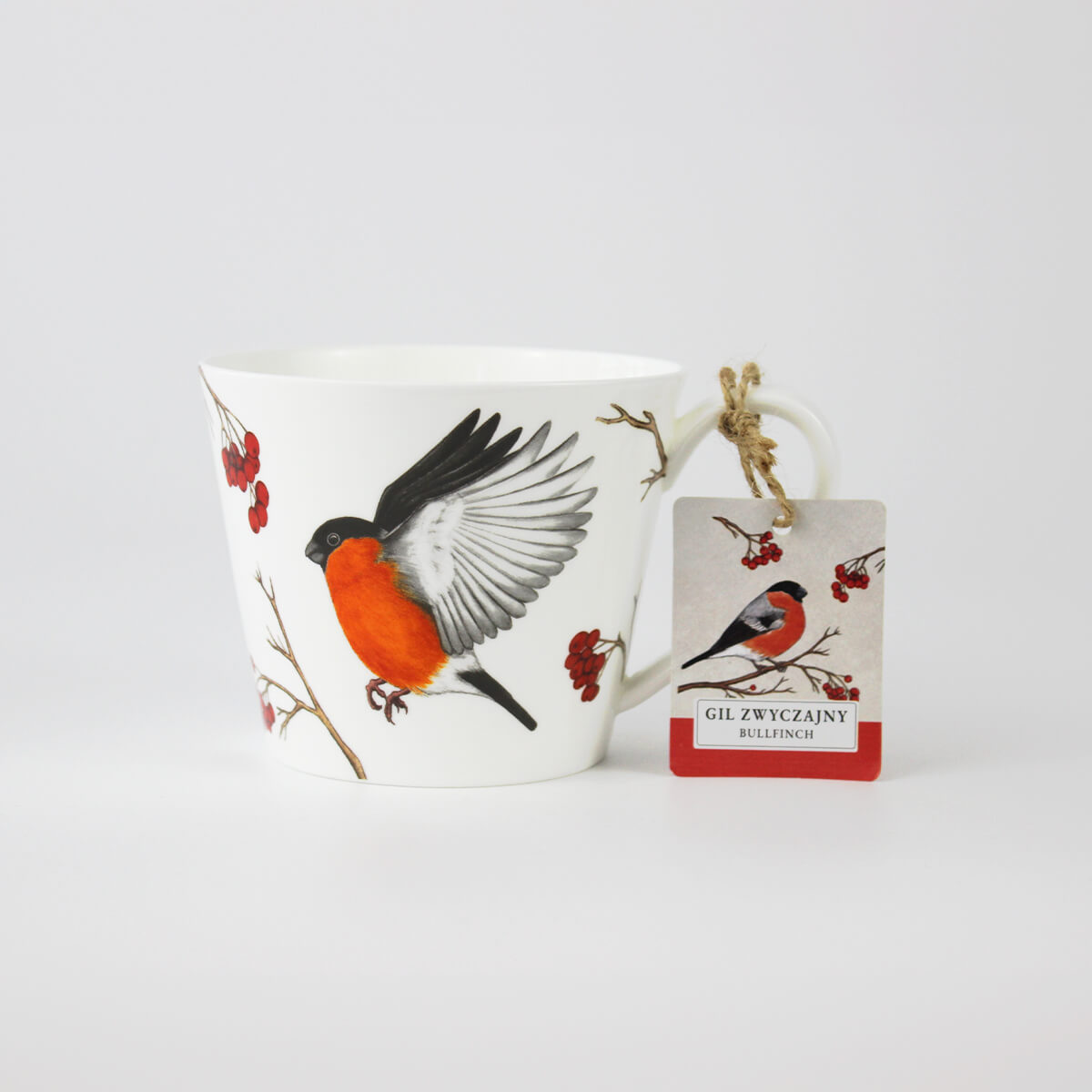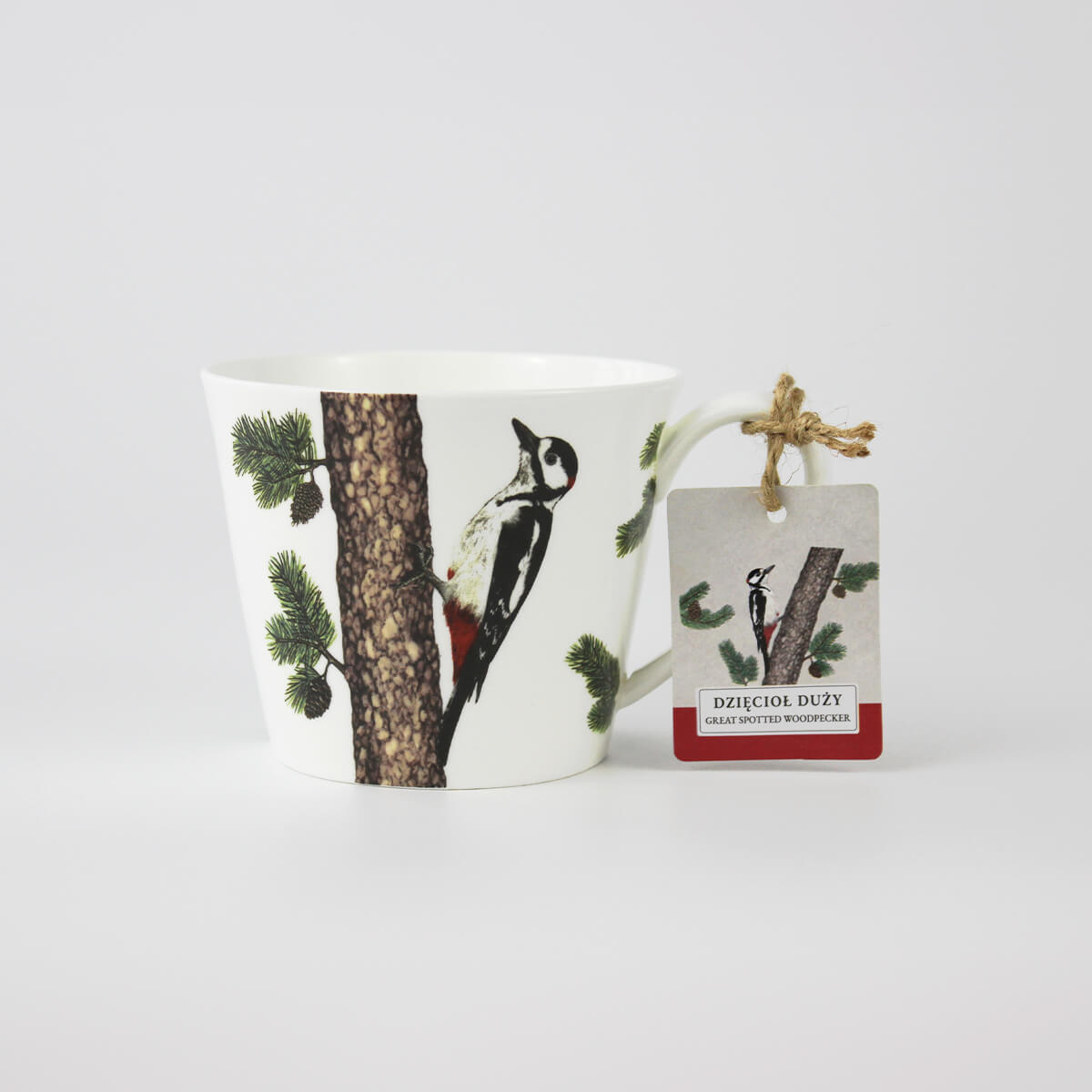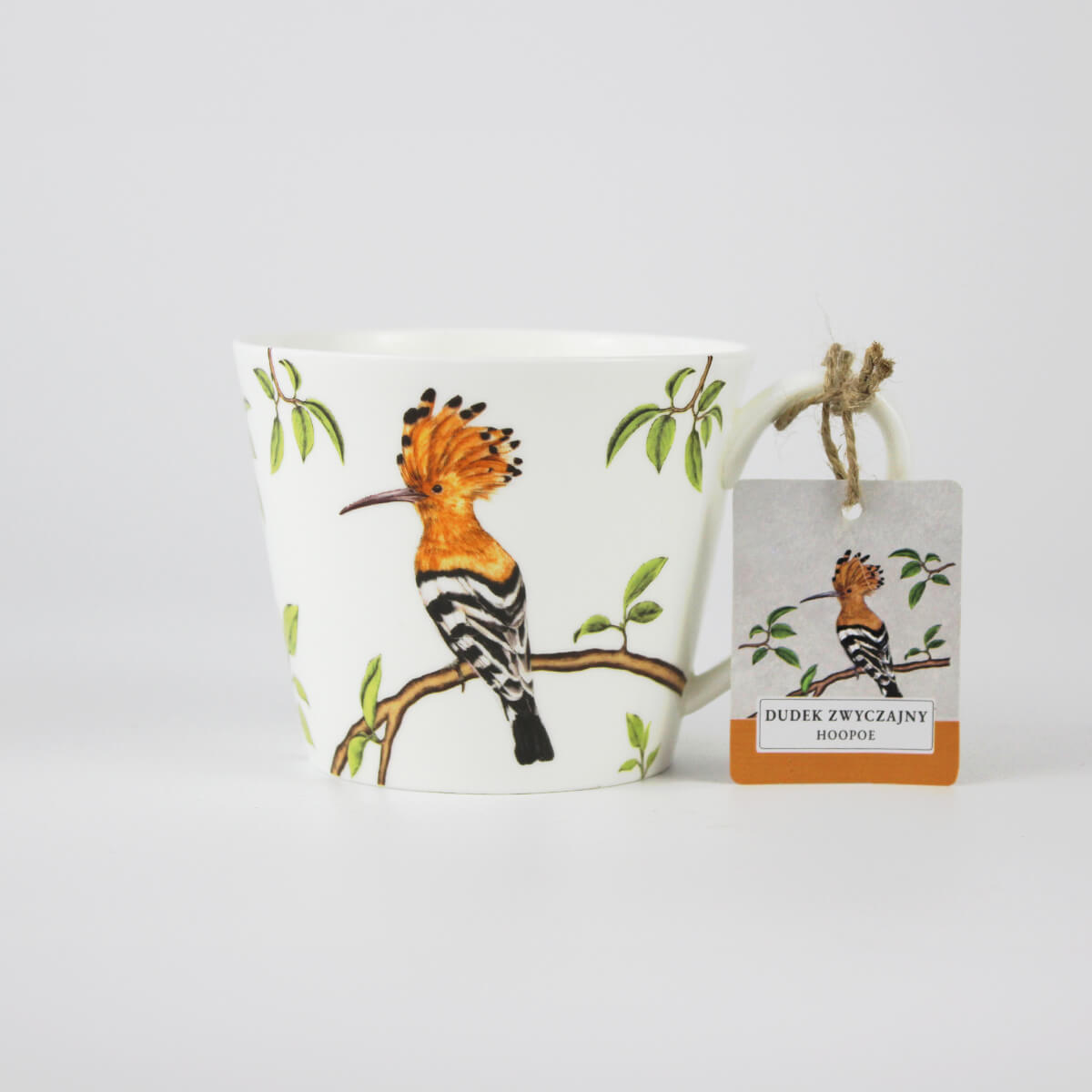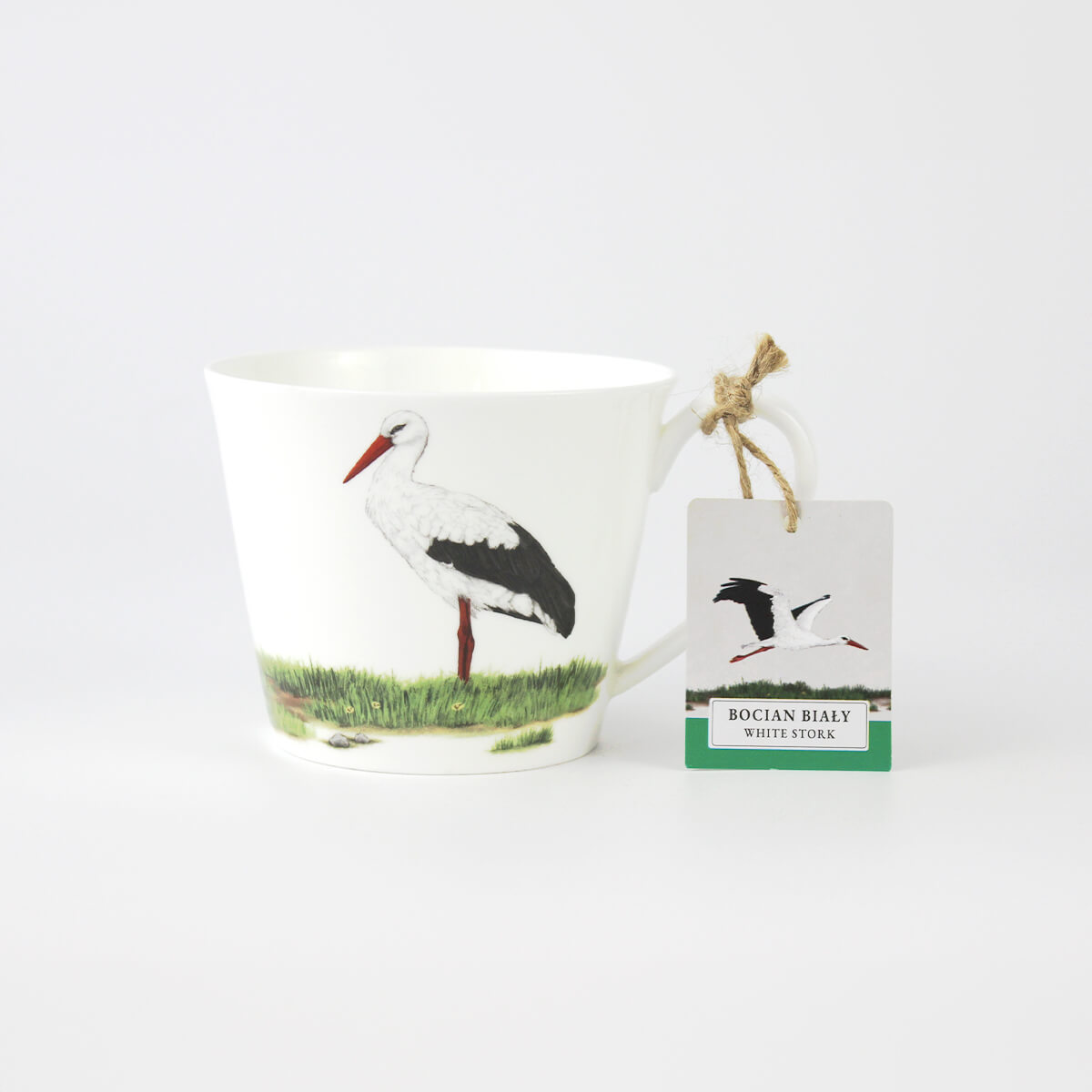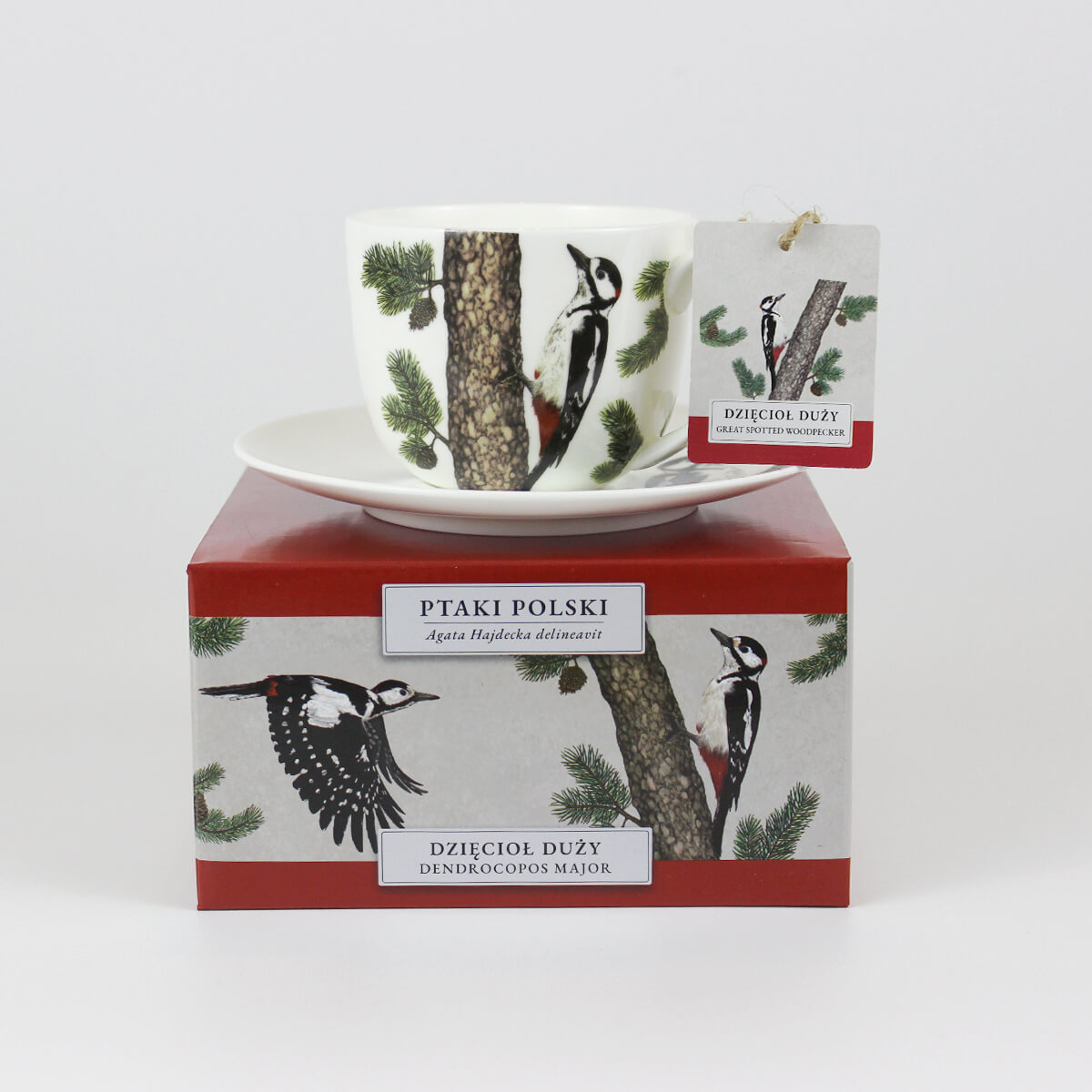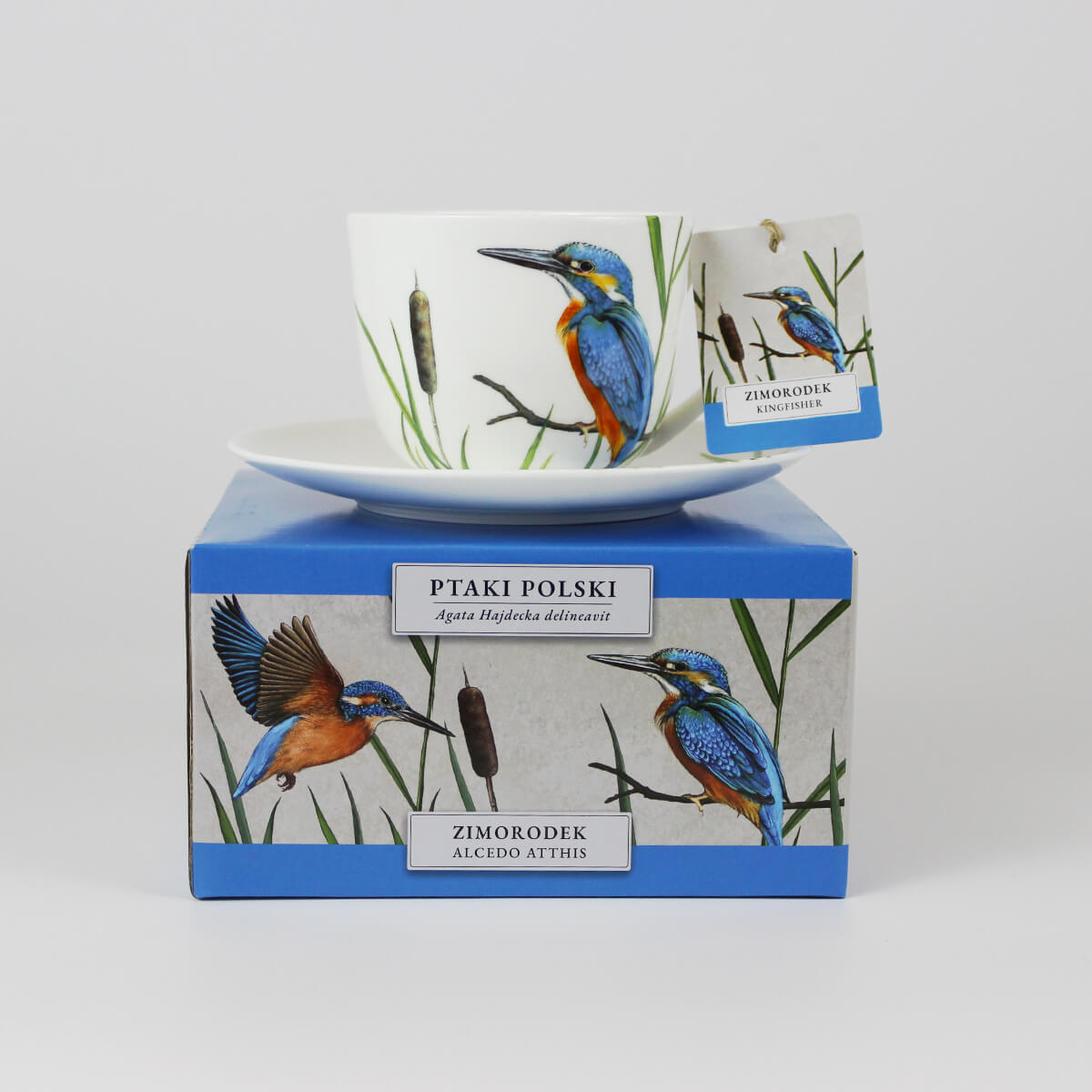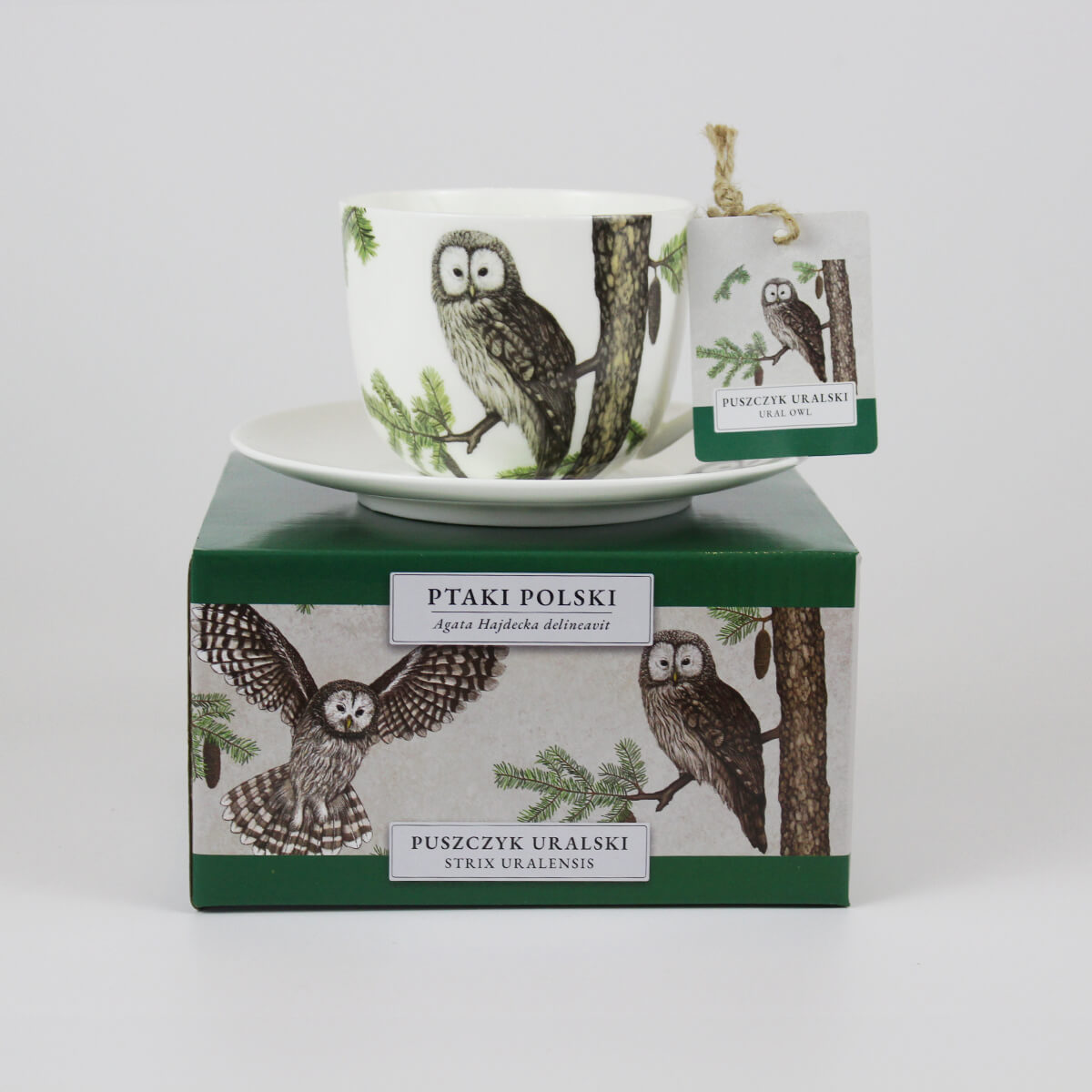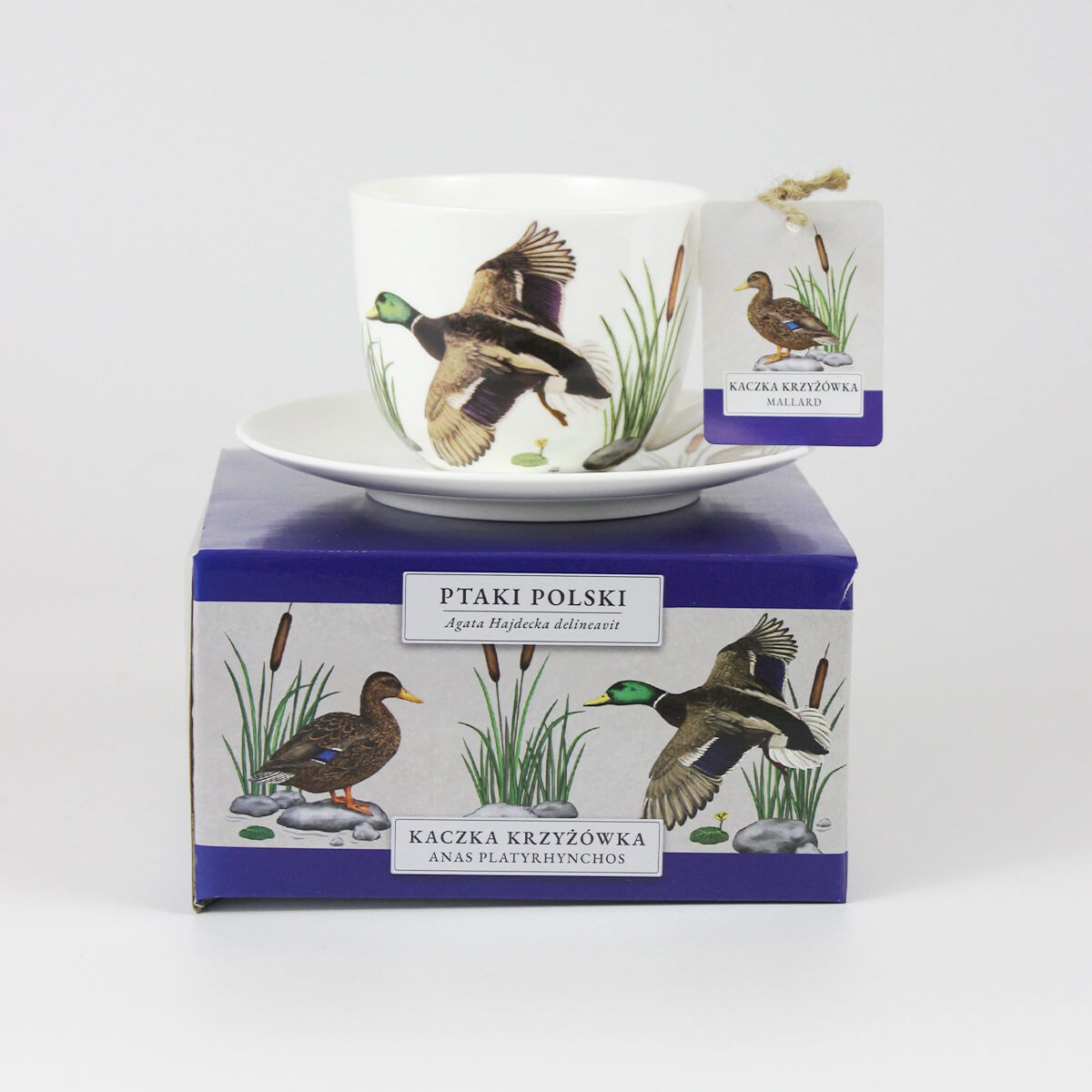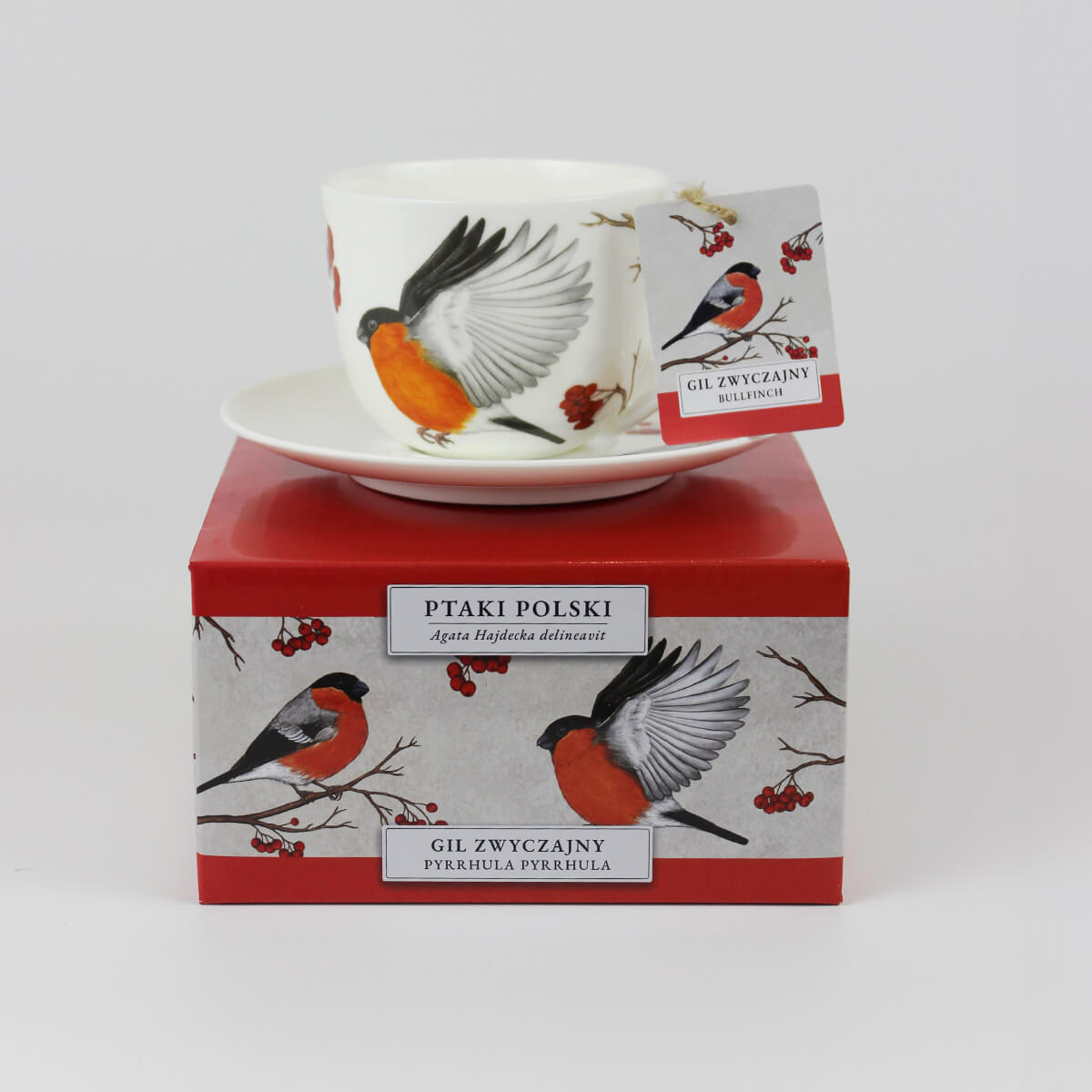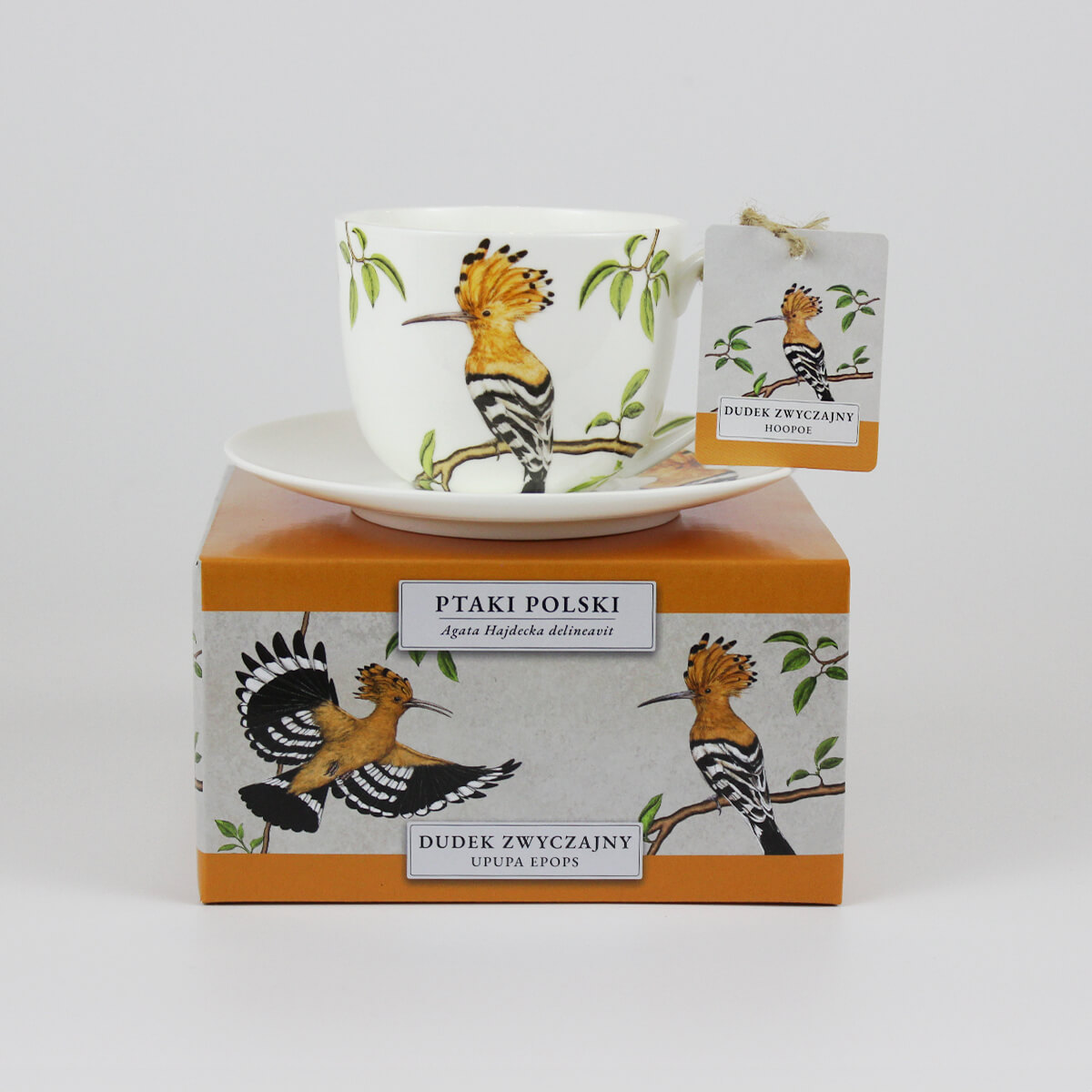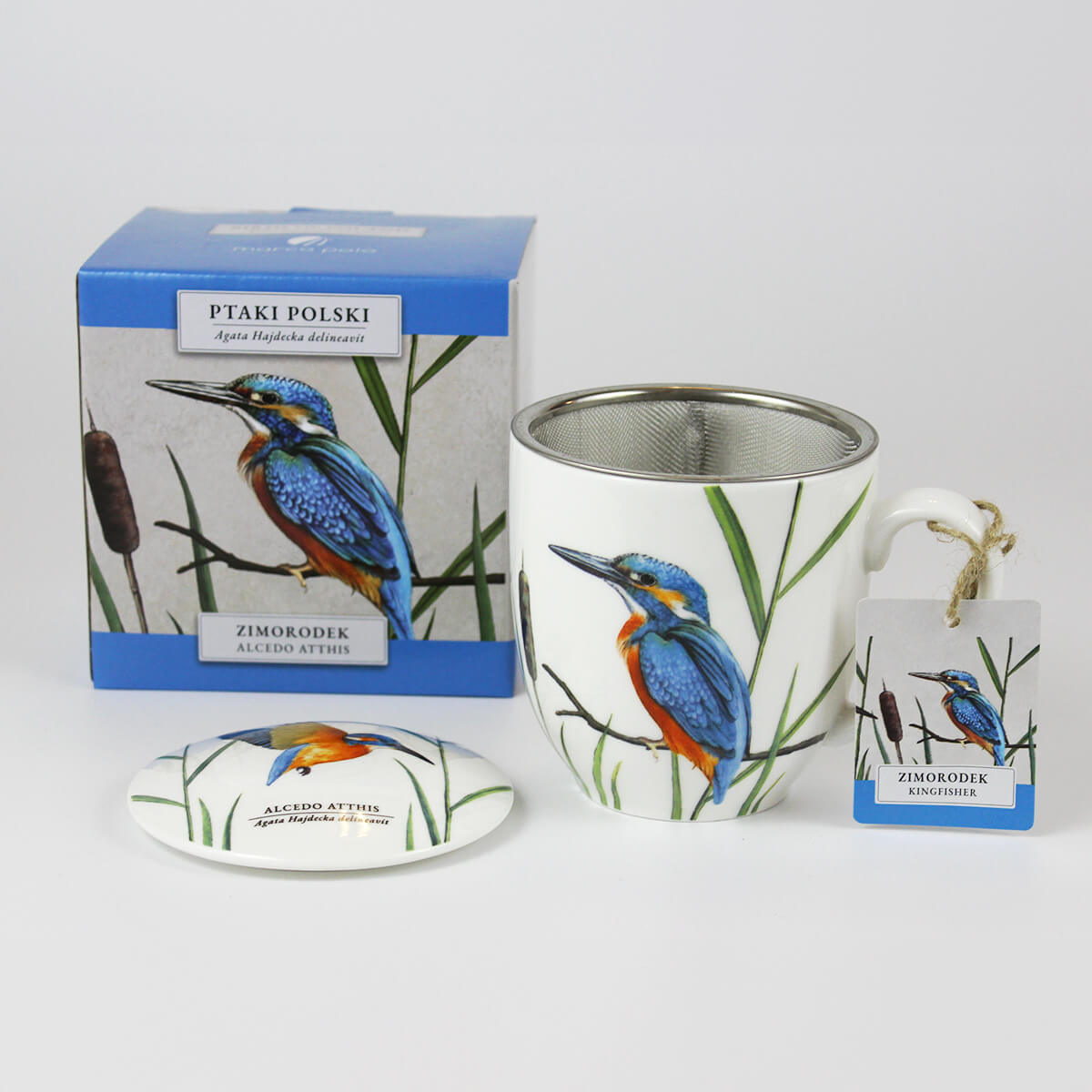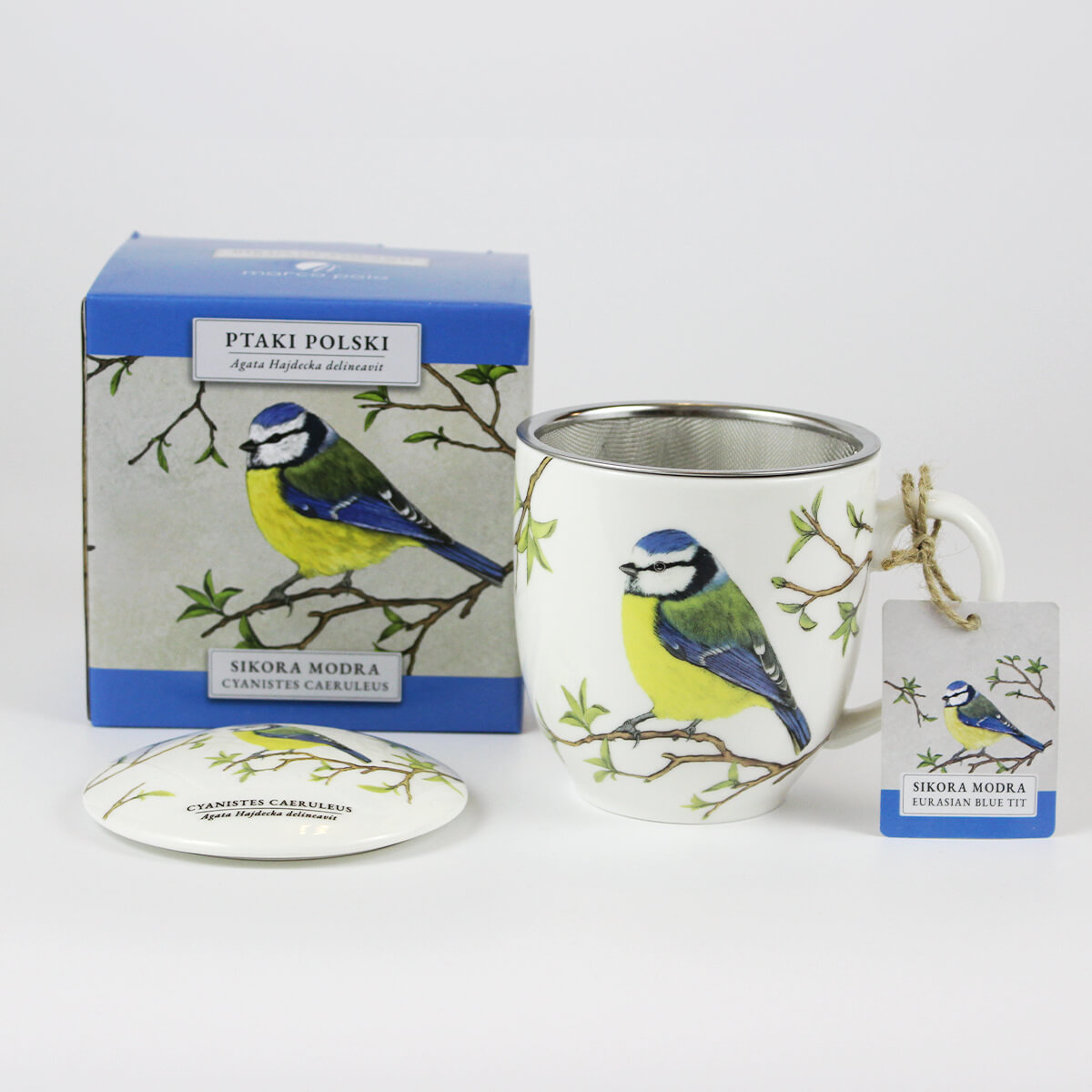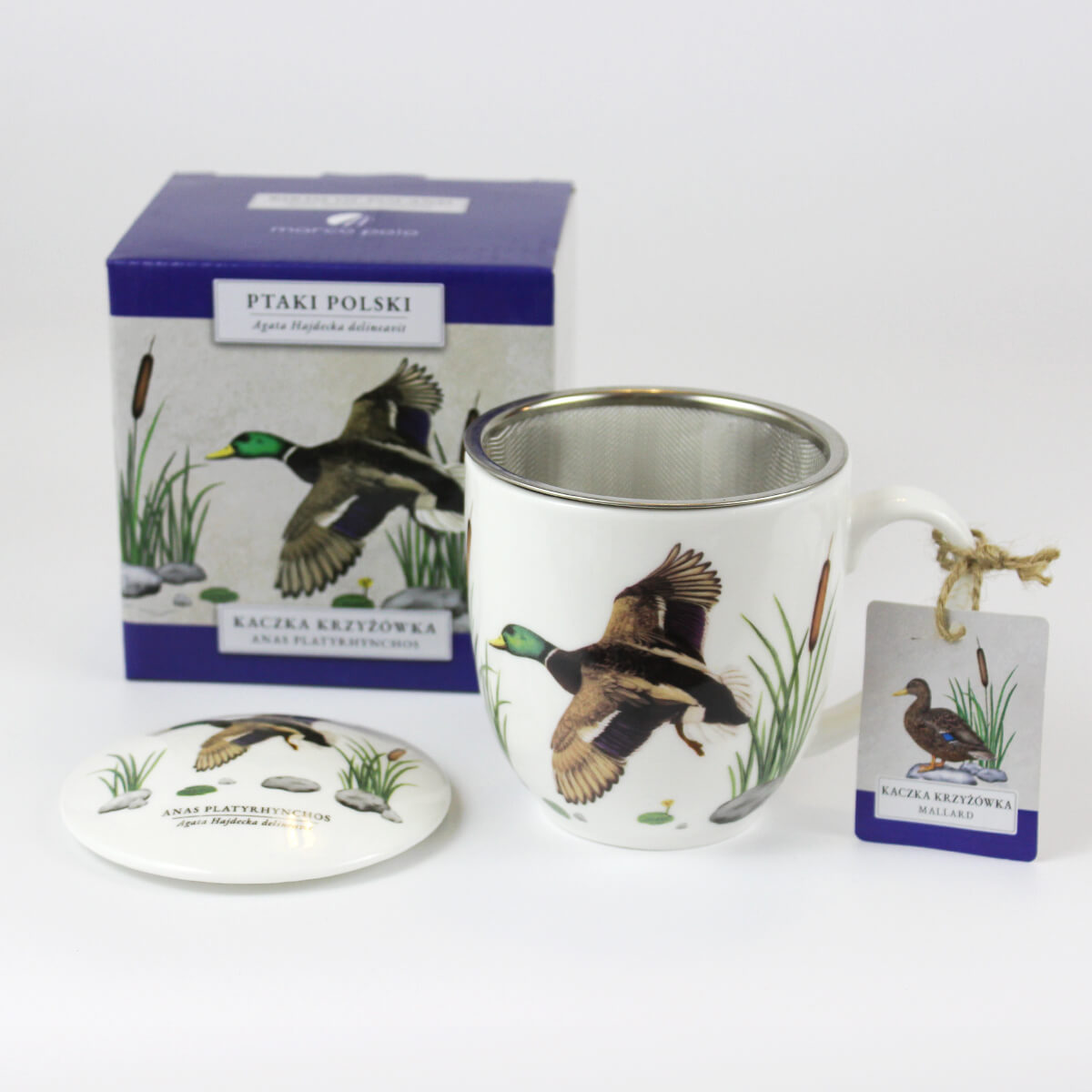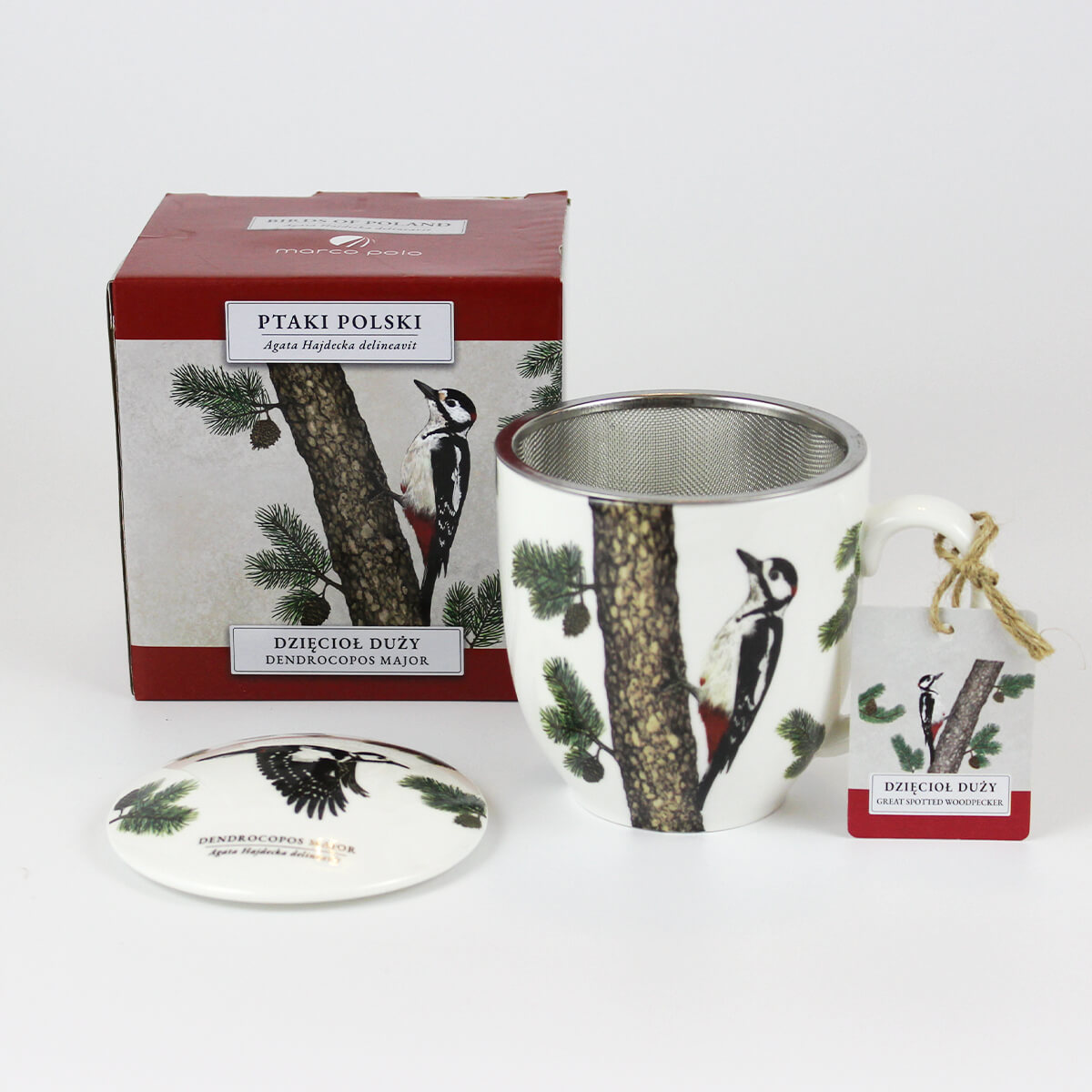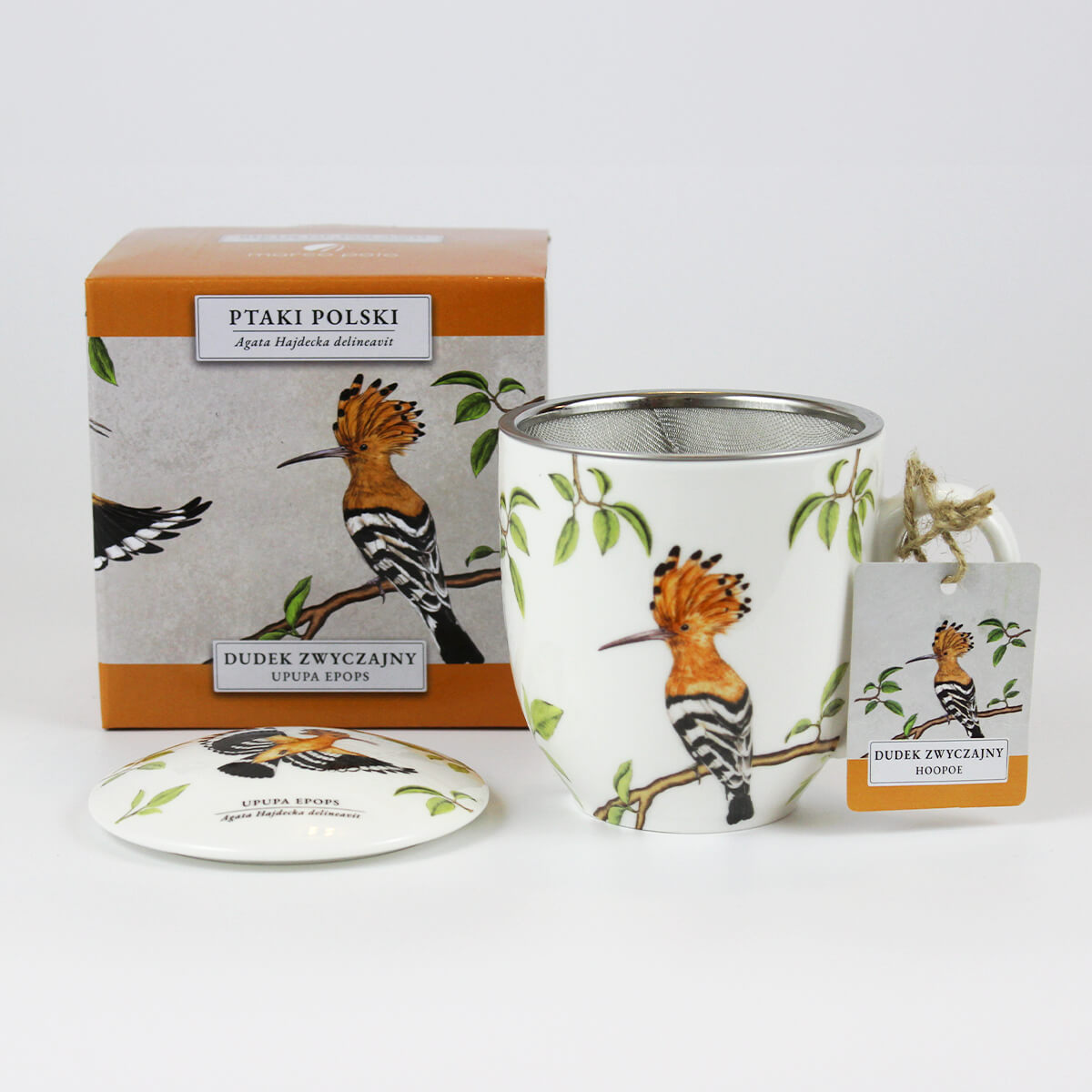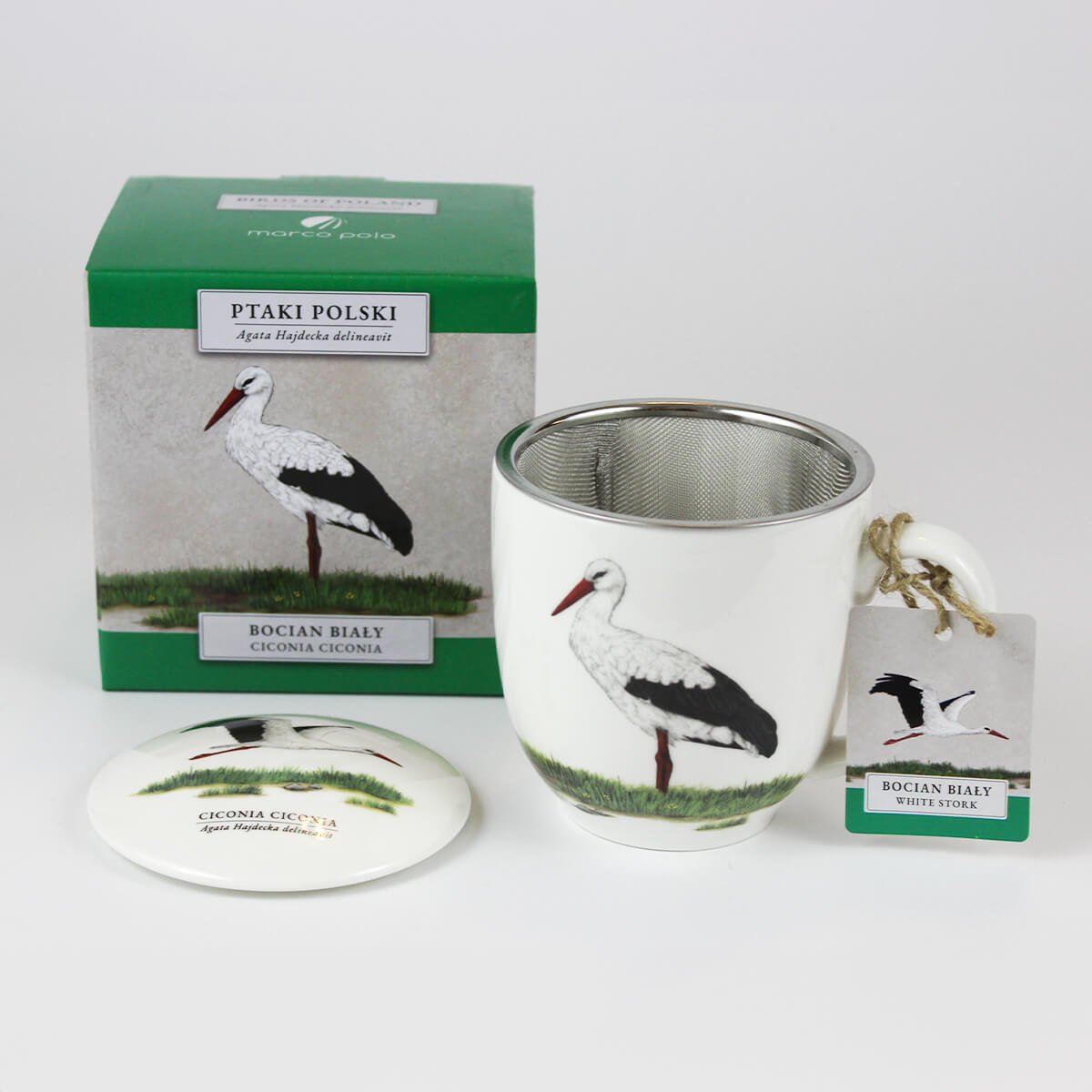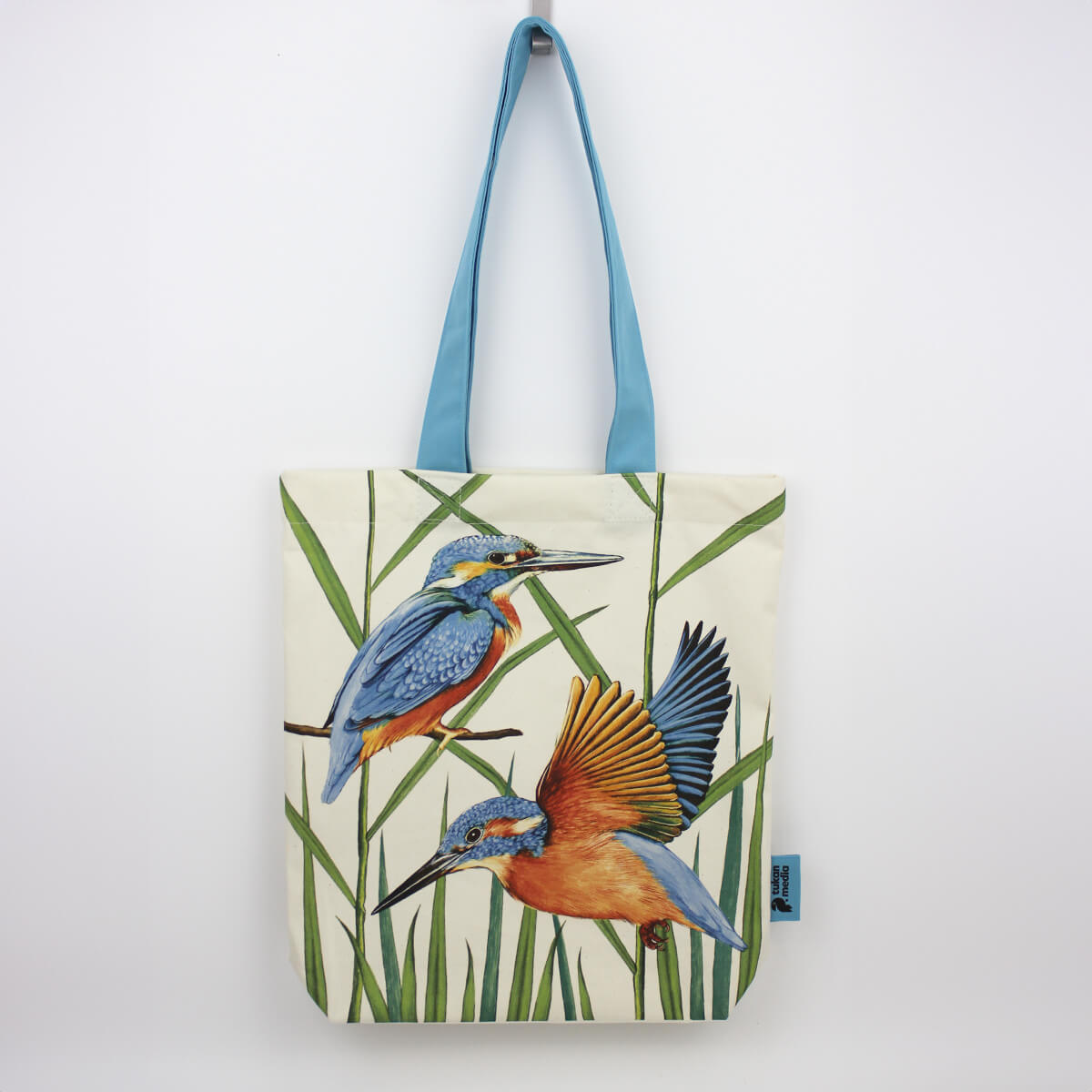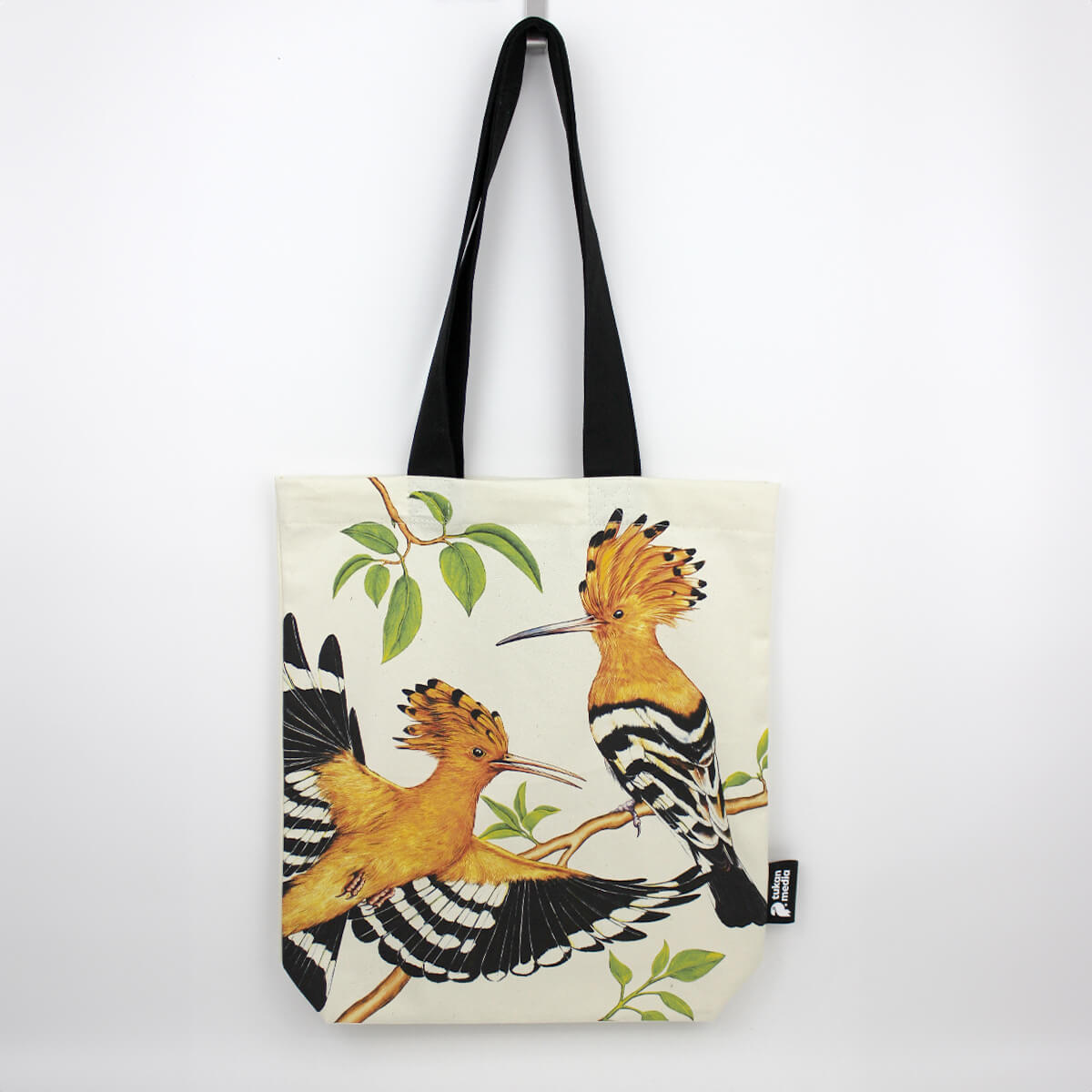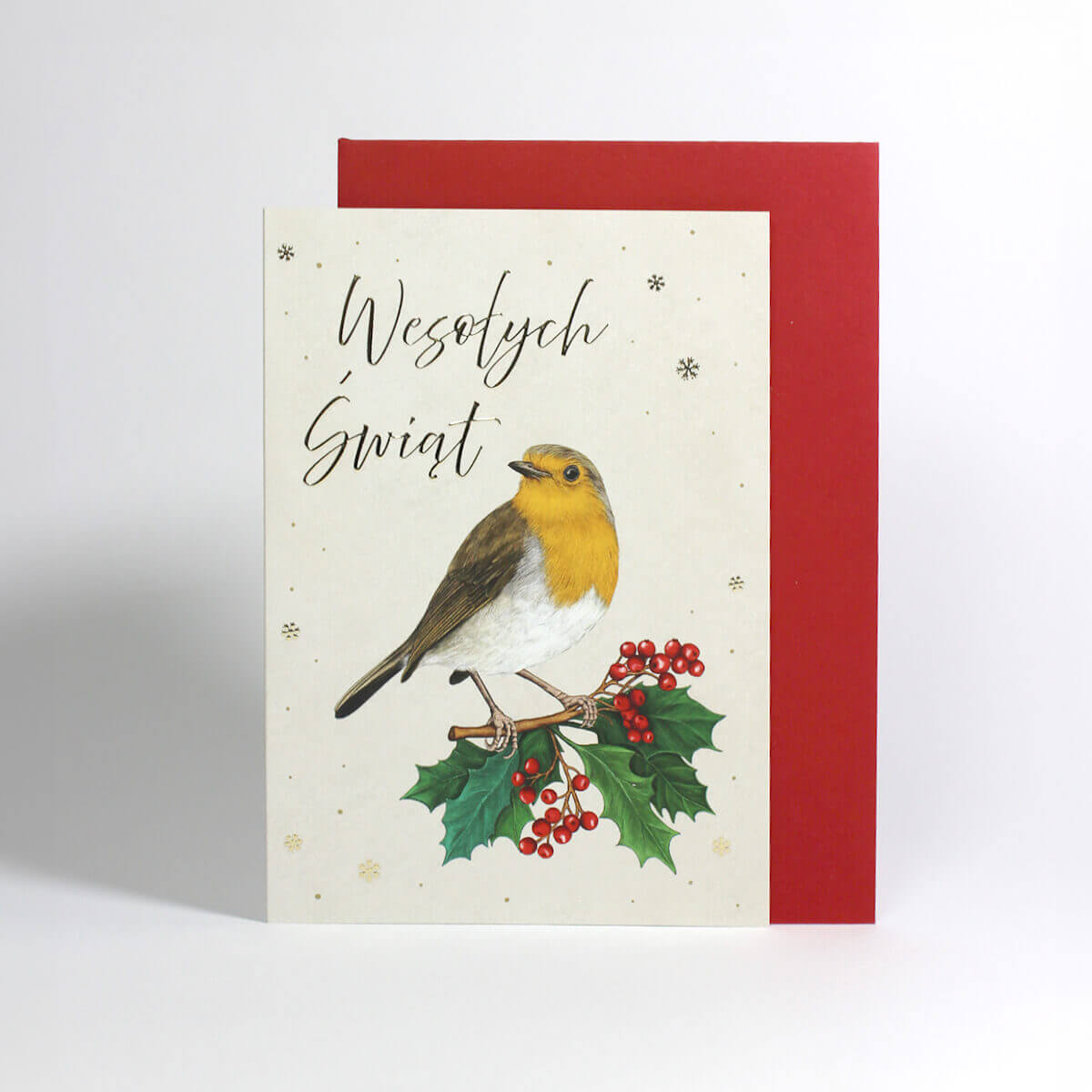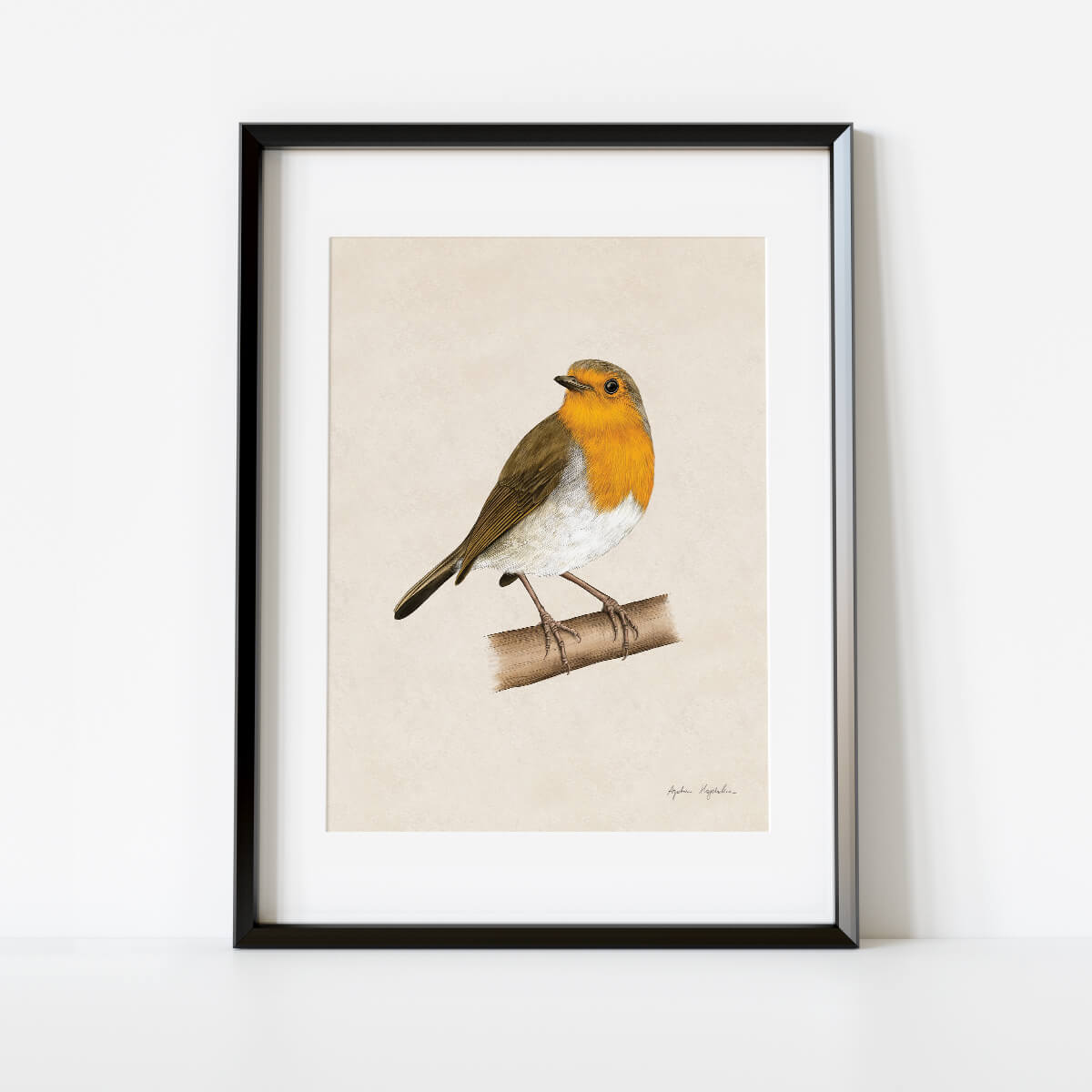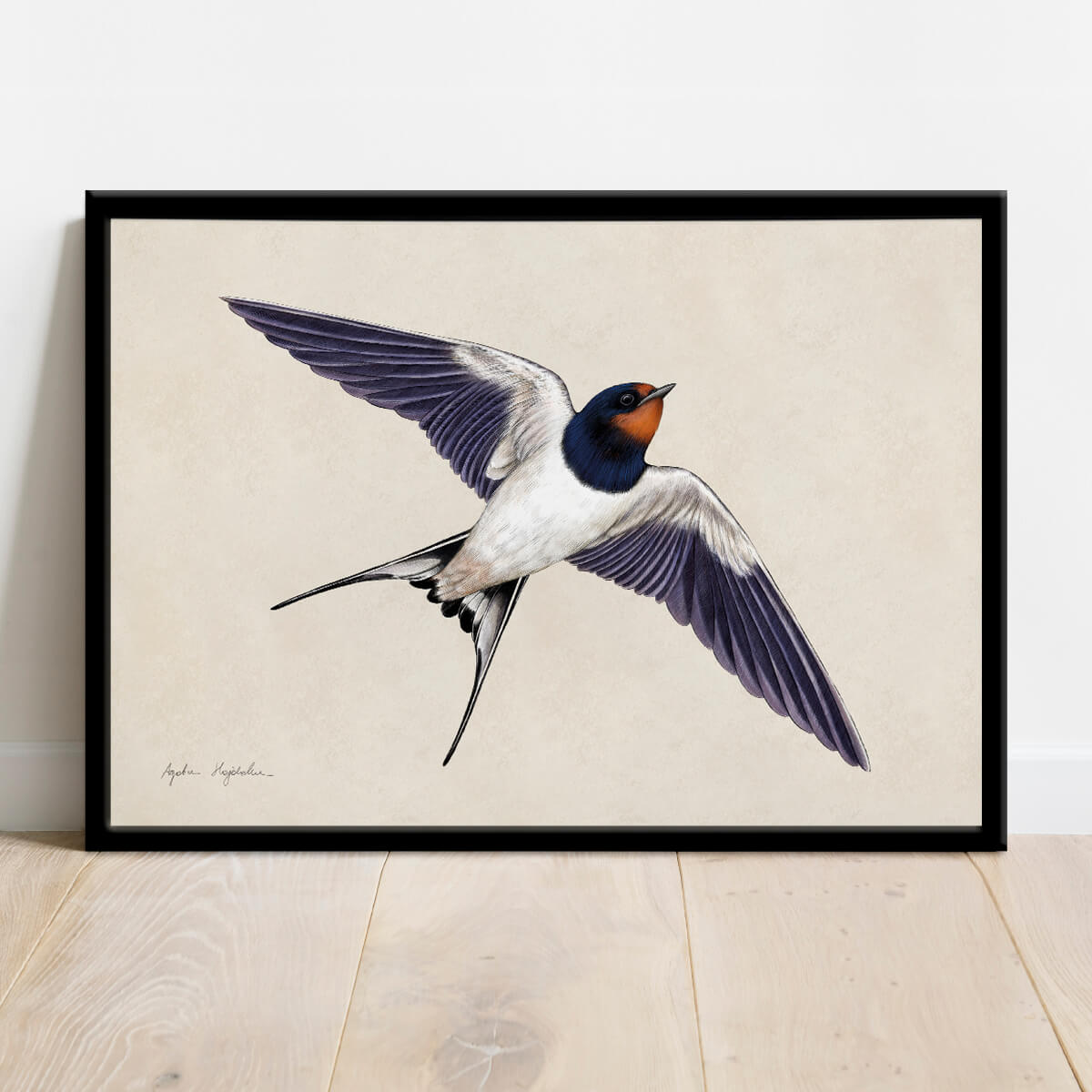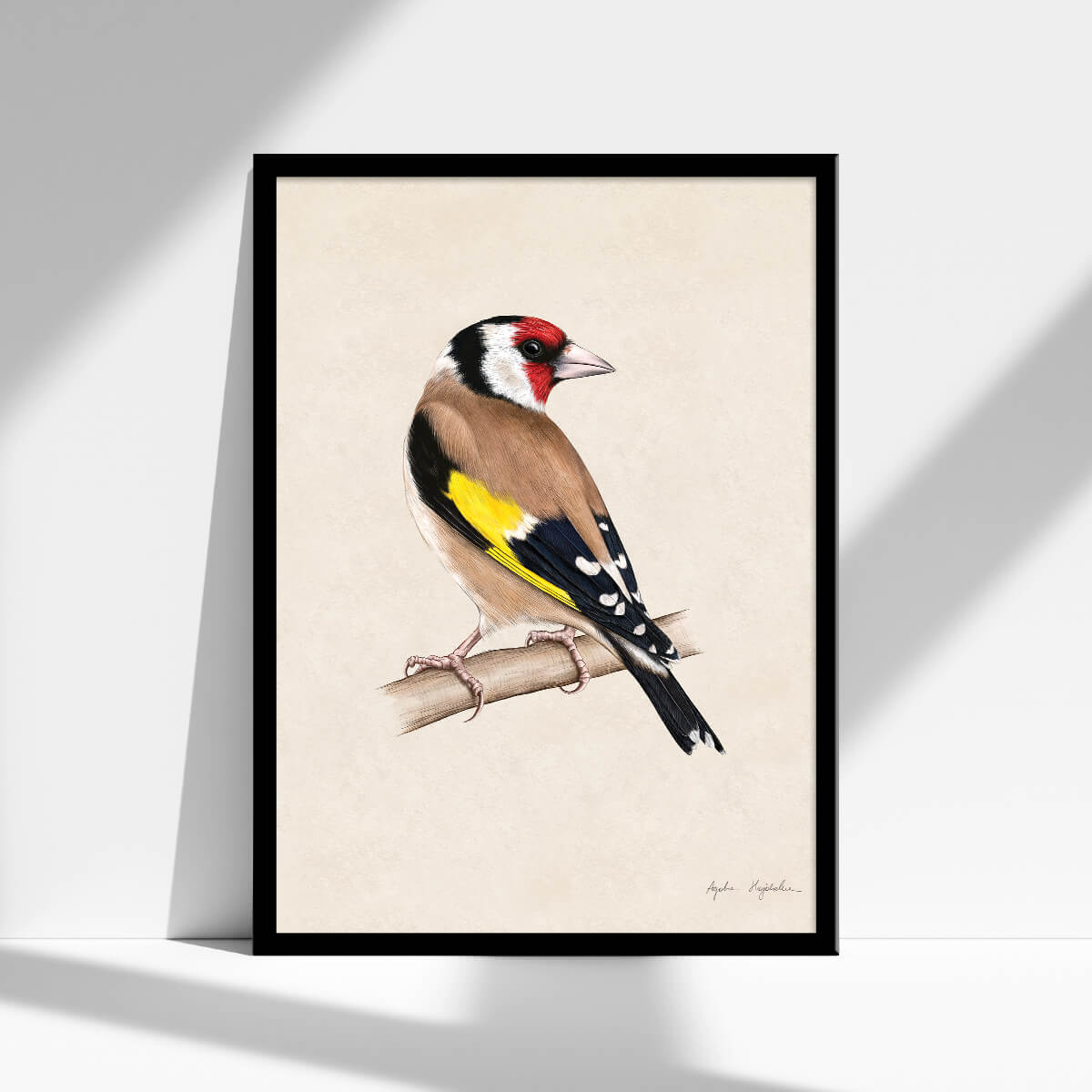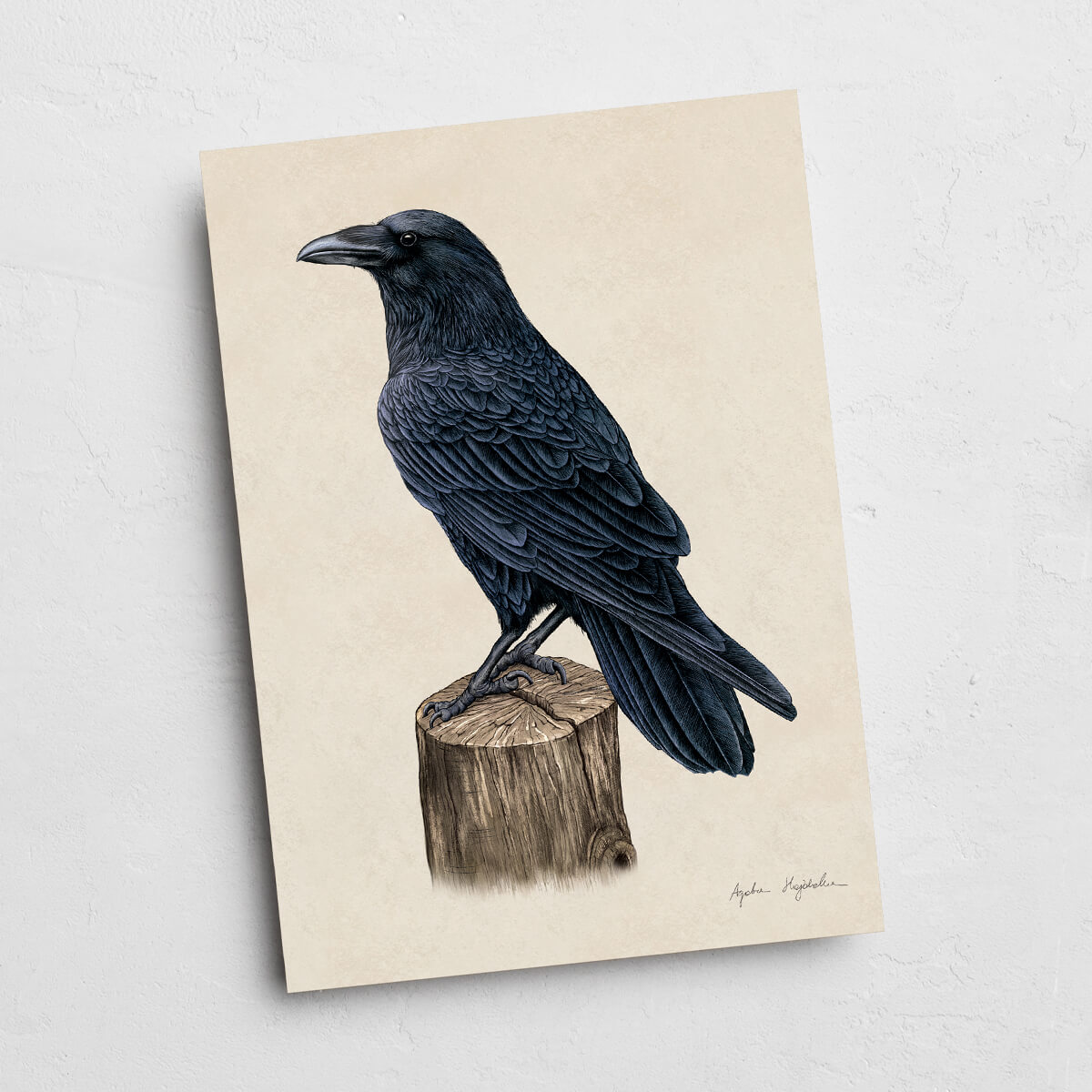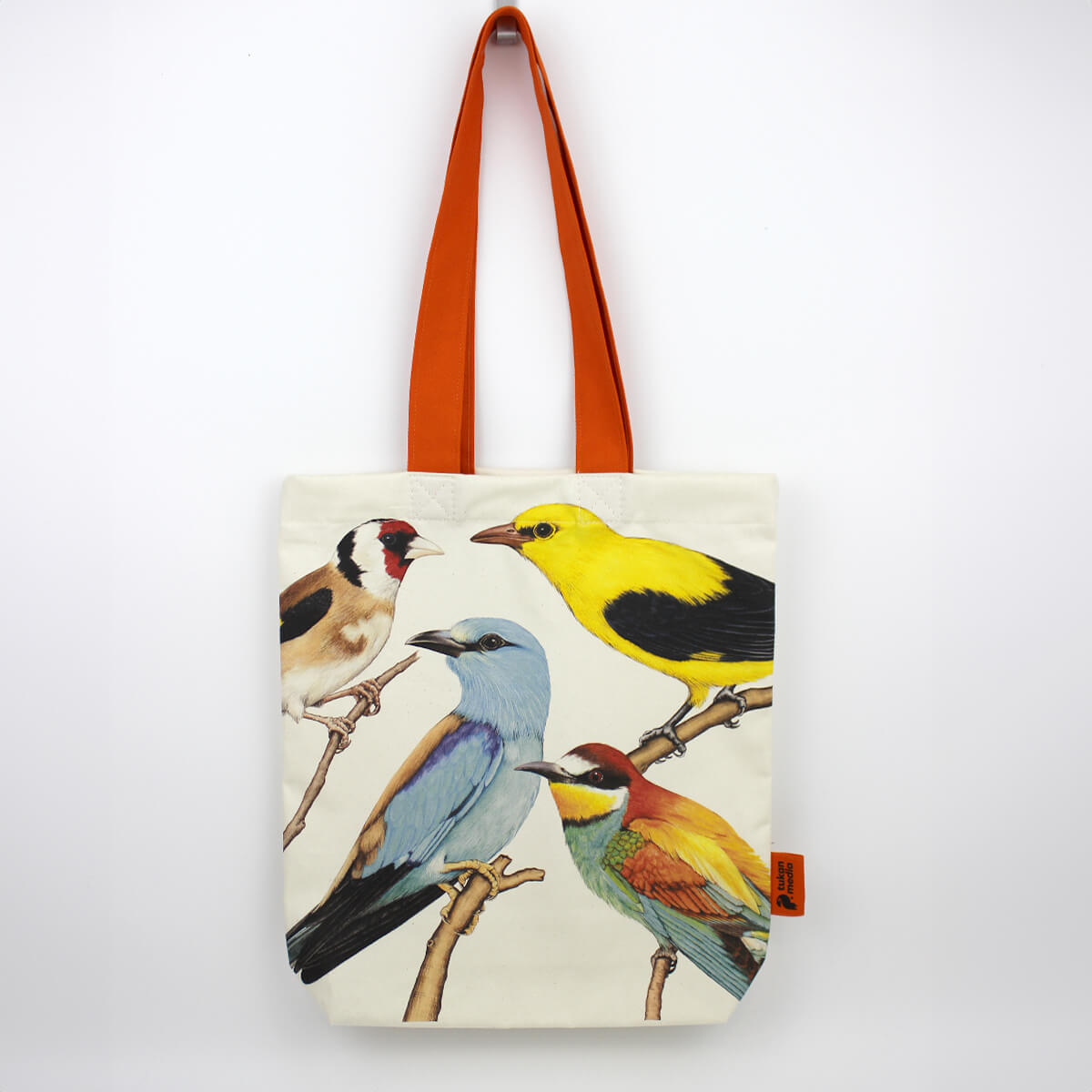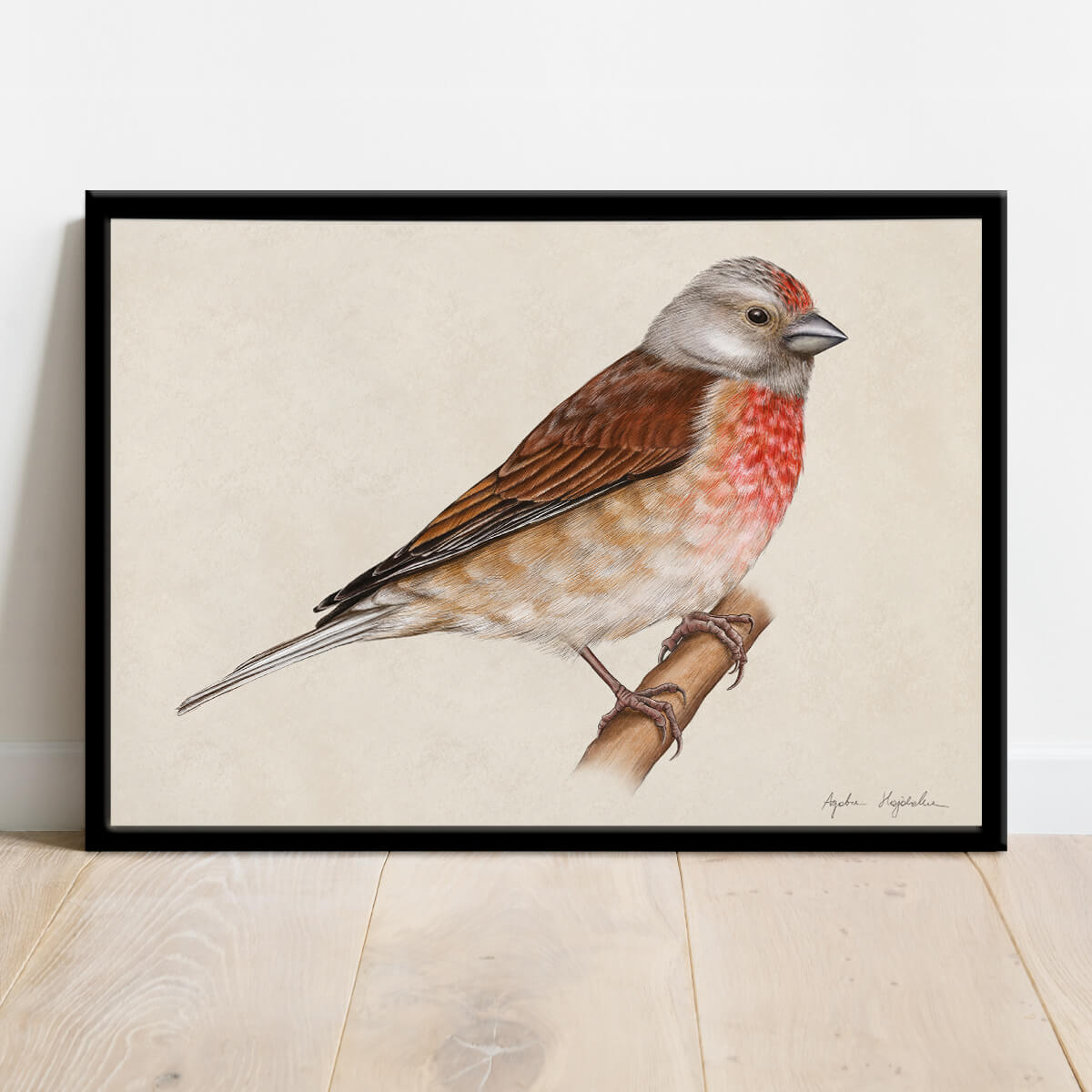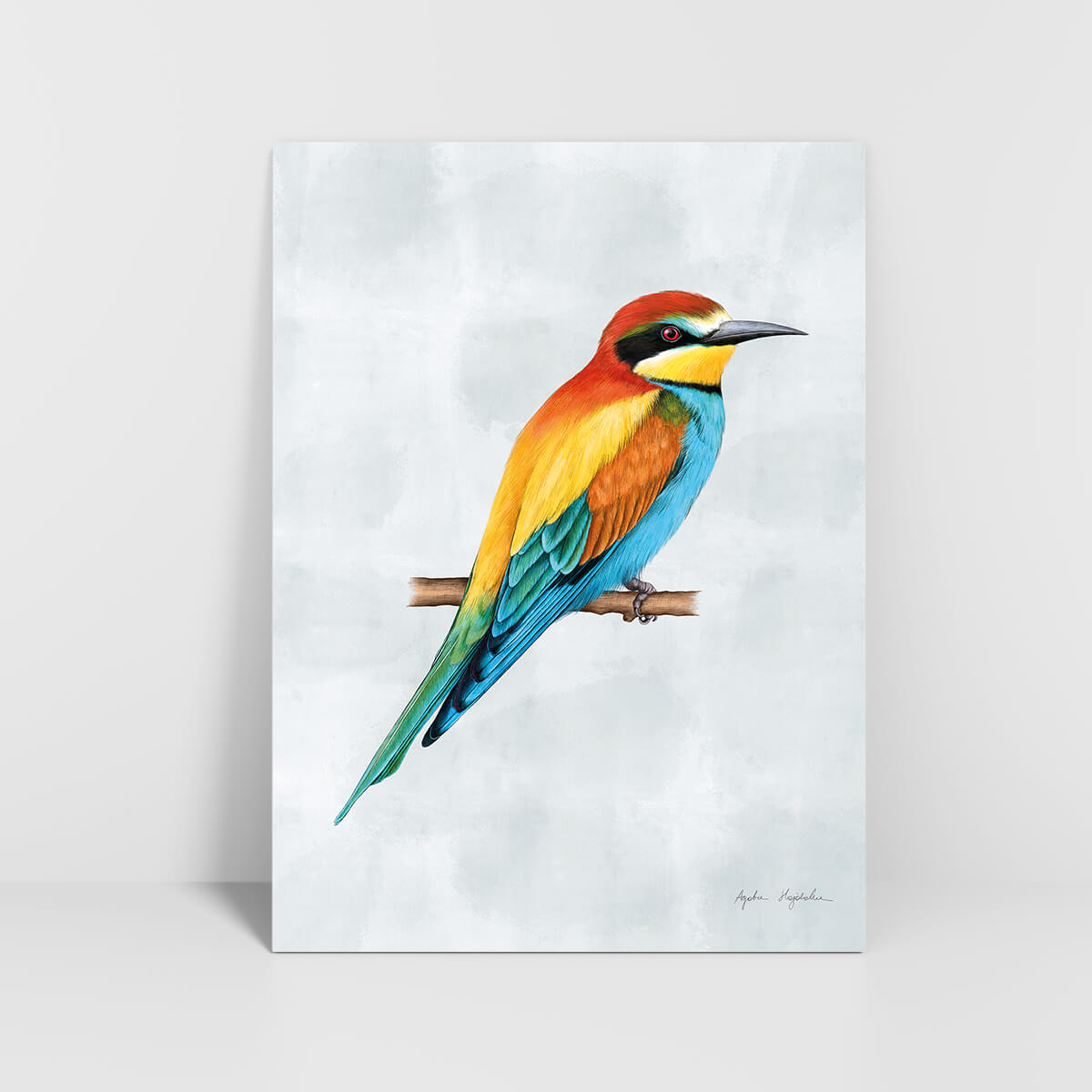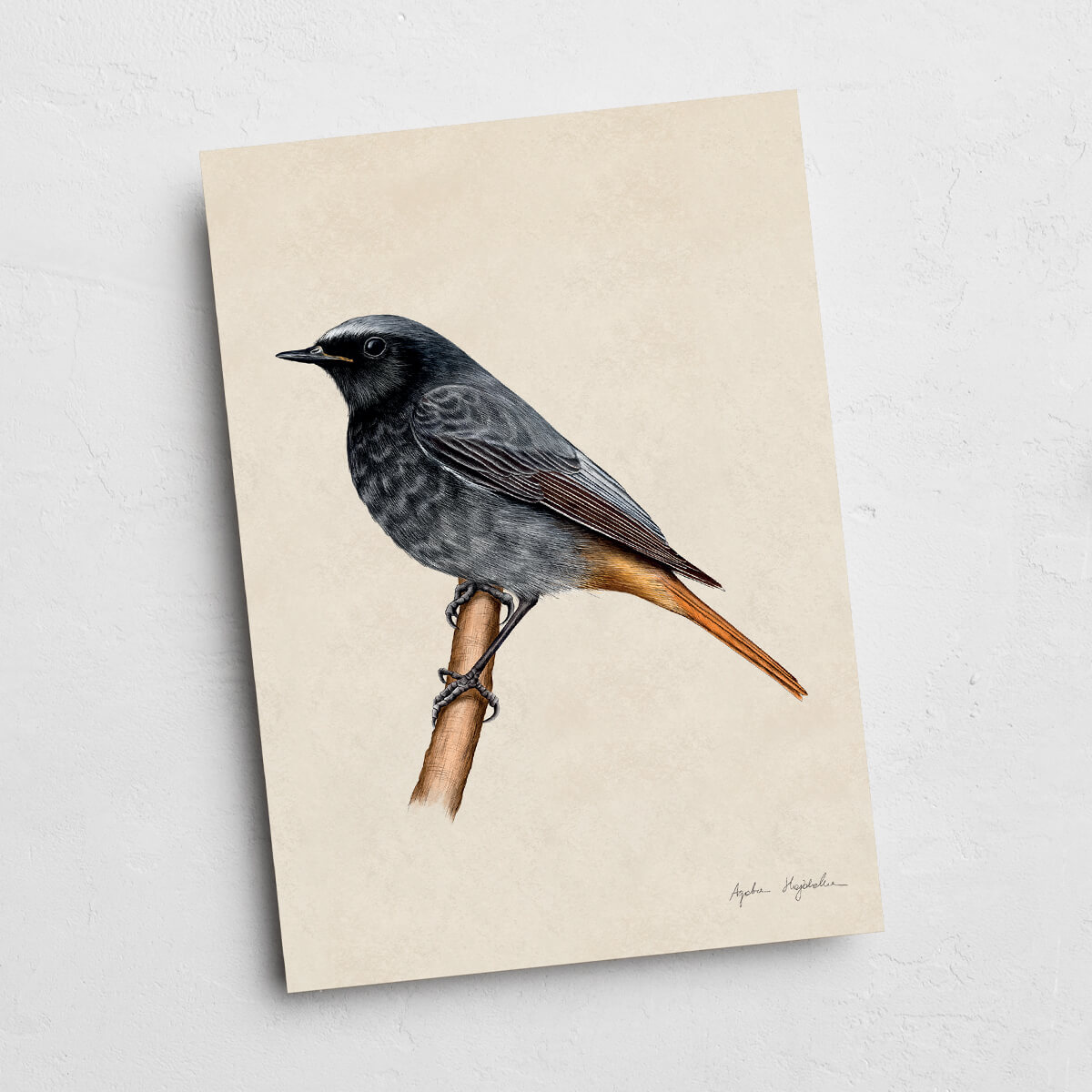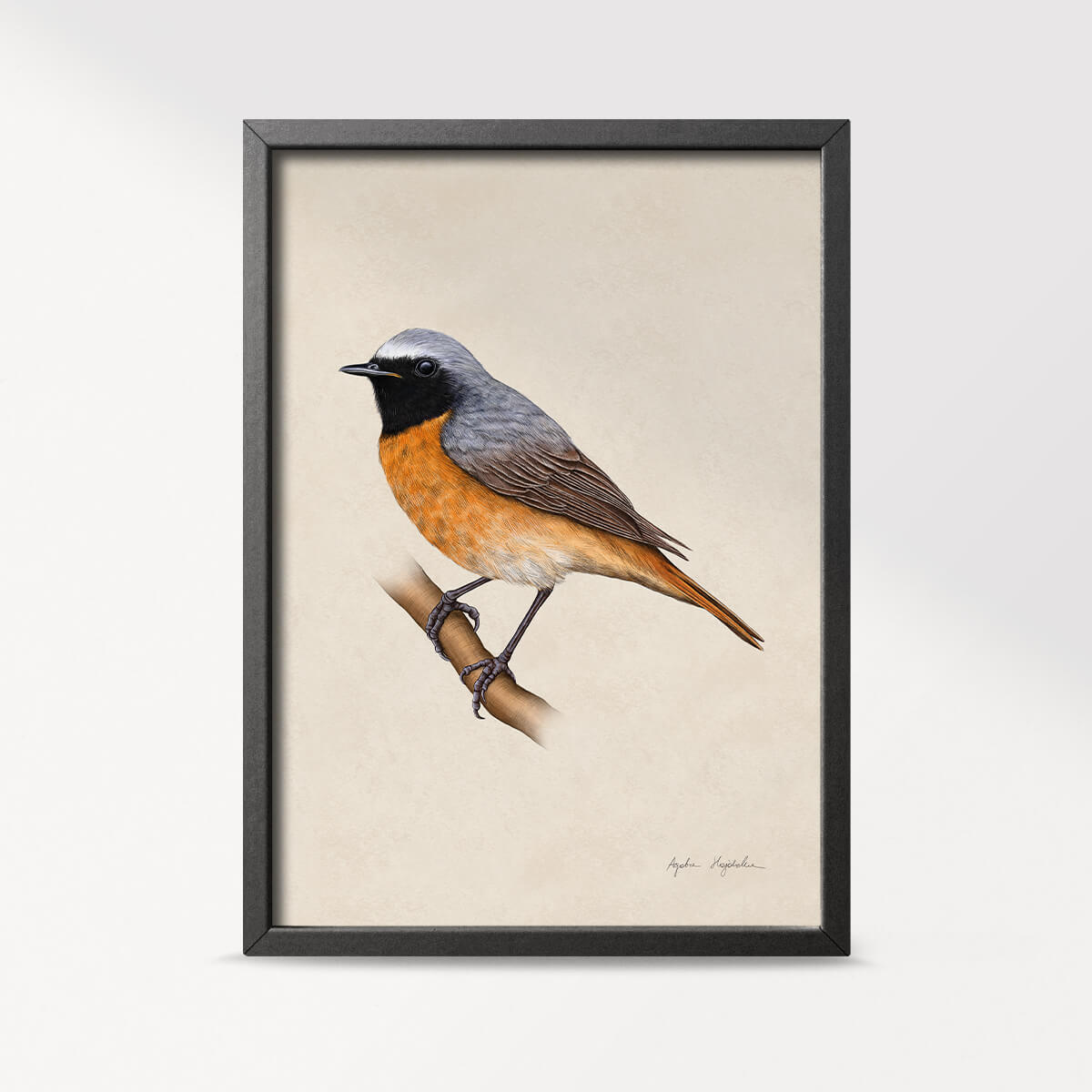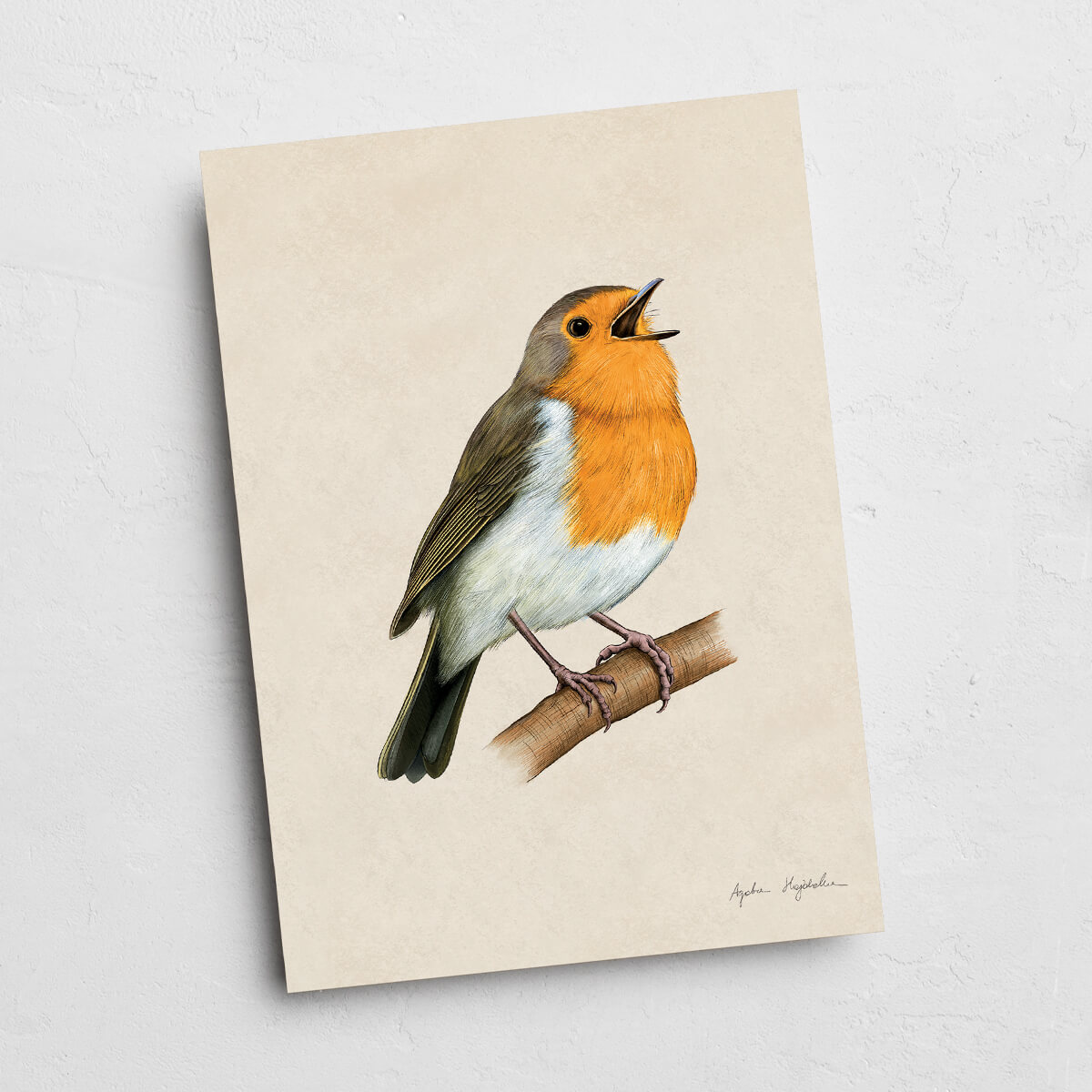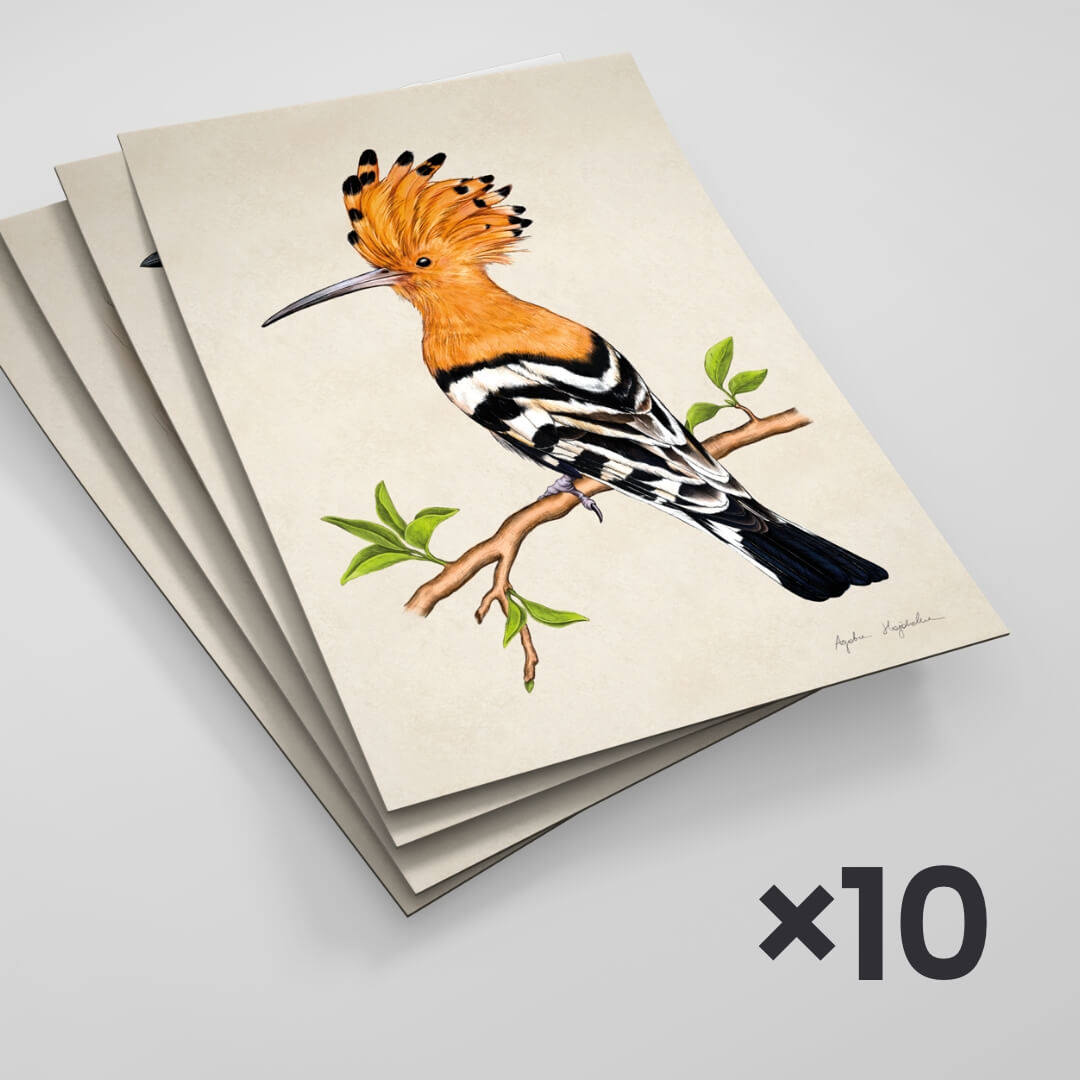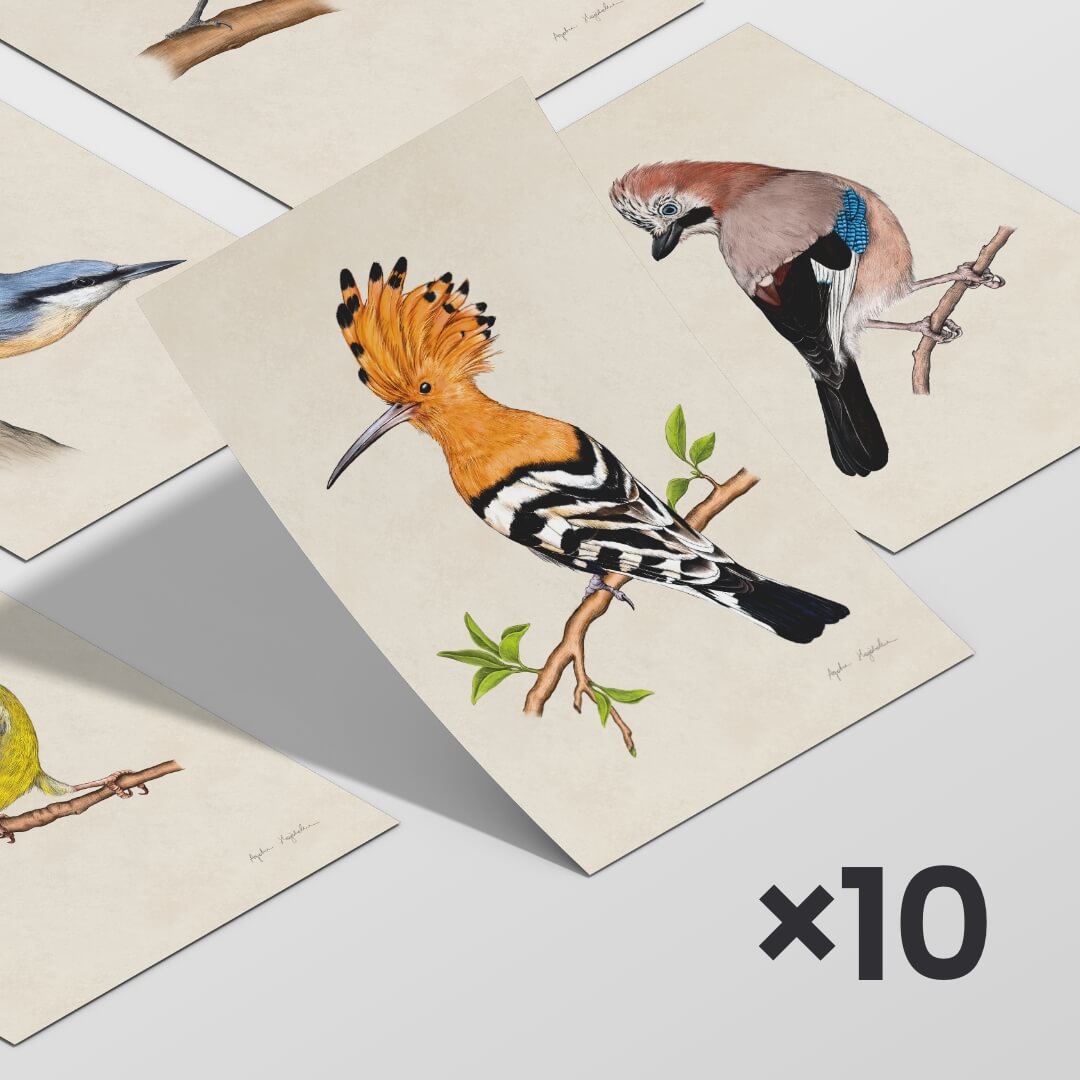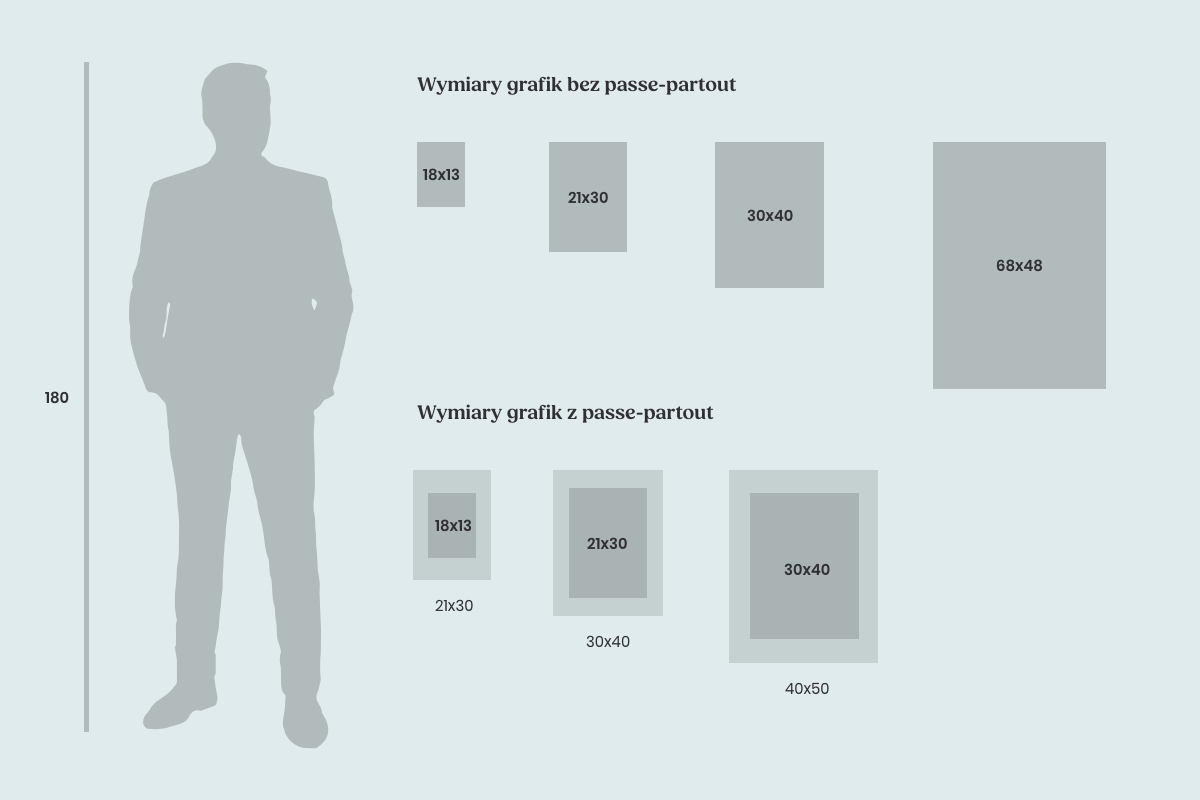- Tukan media
- Explore birds
- Bluethroat
Bluethroat
This bird migrates over impressively long distances, and the individuals living in our country winter in Africa or Spain. These migratory birds in Poland appear in April and May and depart around August and September. They choose trees and shrubs in river valleys and near water bodies as their habitat. They avoid human company and prefer areas without human presence.
Bluethroat - occurrence in Poland
In Poland, two subspecies of bluethroat nest - the lowland subspecies inhabits the valleys of large rivers and the surroundings of the Masurian lakes, while the mountain subspecies is found in the Tatra and Karkonosze Mountains. They build their nests on the ground, under bushes, or near the base of trees. They lay olive-green, densely spotted eggs in them - there can be about 6 in one clutch. Only the females incubate them for about two weeks. After this time, the young hatch and leave the nest after 13 days, but still require parental care. Bluethroats feed on invertebrates - both terrestrial and aquatic, and in autumn, they also consume seeds and fruits.
What does a bluethroat look like?
Similar in size to a sparrow, the bluethroat has brown plumage, much lighter on its underside. A light stripe above the eyes is noticeable. The tail is brownish, reddish at the base. Males are distinguished by a striking throat patch, which takes on intense colors during the breeding season – in females, it's more faded. In males, the throat patch is intensely blue with a spot in the middle (the color of the spot depends on the region: white in lowland individuals, red in mountain ones). Below the blue throat patch is a black stripe and a rusty breast.
Bluethroat - interesting facts
- Due to its specific habitat requirements, its distribution is uneven and limited in numbers.
- Its song is melodious but modest - one could argue that the sounds it produces do not need to be an ornament for this bird, as it is already adorned by its spectacularly colored throat patch.
- The bluethroat is a secretive bird that avoids humans - it feels much more secure in waterside thickets.
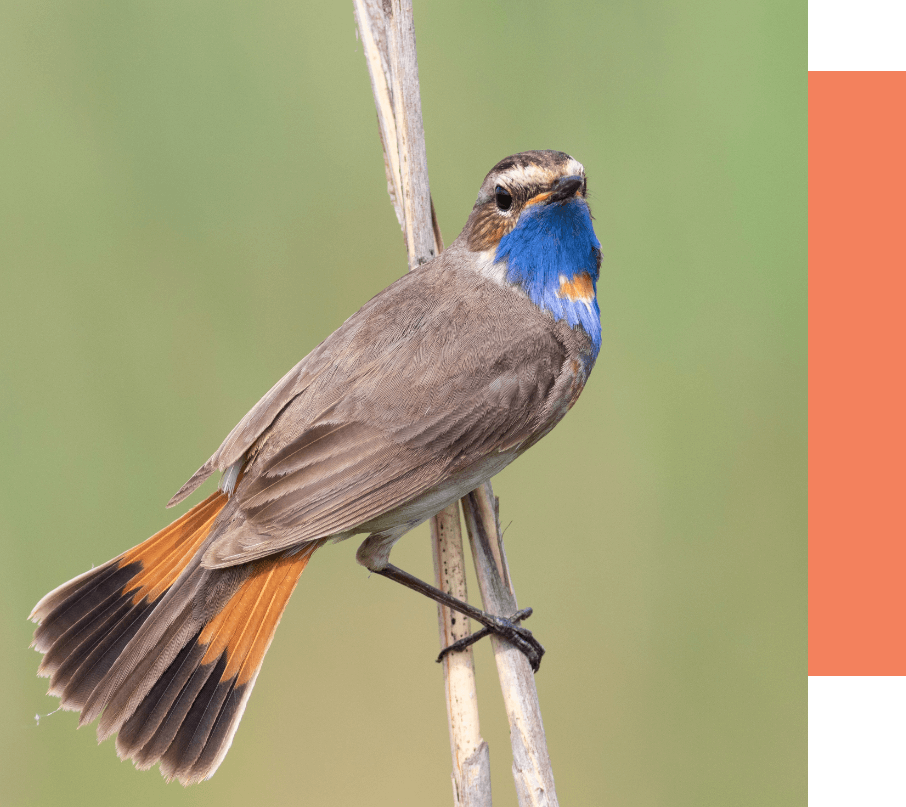
Listen to the voice
Gadgets with bluethroat illustration
If you want to admire the beautiful plumage of this bird, check out the bird-themed gadgets available in my offer - you'll find illustrations featuring the bluethroat's image.
View products with the bluethroat
20.00 zł – 120.00 zł
20.00 zł – 120.00 zł
267.00 zł 230.00 zł
89.00 zł
60.00 zł – 120.00 zł
160.00 zł – 320.00 zł
20.00 zł – 120.00 zł
Bluethroat - Additional Information
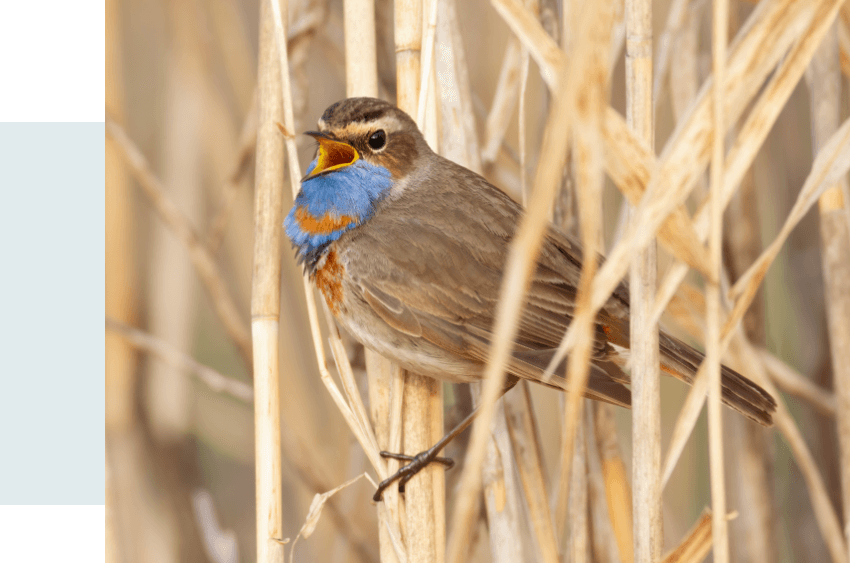
Luscinia svecica
Family
Thrushes
Locations of Occurrence
In the lowlands, the bluethroat is most numerous in the valleys of large rivers and in the Lublin region, as well as near certain lakes in Warmia and Masuria and in other scattered locations. In the Tatra and Karkonosze Mountains, another subspecies nests very rarely
Food
Various aquatic and terrestrial invertebrates, and in autumn, also seeds and fruits
Population
A rare breeding bird, locally only moderately abundant, with 1300-1600 pairs
Migrations
Migratory, arrival: April-May, departure: August-September
Breeding
5-6 olive-green, densely spotted eggs. Incubation by the female only lasts 13-14 days. They leave the nest at around 13 days of age, but are still cared for by the parents for another two weeks
See other products with birds
89.00 zł
89.00 zł
20.00 zł – 120.00 zł
20.00 zł – 120.00 zł
20.00 zł – 120.00 zł
60.00 zł – 120.00 zł
20.00 zł – 120.00 zł
20.00 zł – 120.00 zł
20.00 zł – 120.00 zł
267.00 zł 230.00 zł
553.00 zł 499.00 zł
400.00 zł 375.00 zł
464.00 zł 439.00 zł
237.00 zł 225.00 zł
150.00 zł 143.00 zł
174.00 zł 165.00 zł
89.00 zł
50.00 zł
50.00 zł
58.00 zł
79.00 zł
79.00 zł
79.00 zł
79.00 zł
79.00 zł
50.00 zł
50.00 zł
50.00 zł
50.00 zł
50.00 zł
89.00 zł
89.00 zł
20.00 zł – 120.00 zł
20.00 zł – 120.00 zł
20.00 zł – 120.00 zł
20.00 zł – 120.00 zł
89.00 zł
20.00 zł – 120.00 zł
20.00 zł – 120.00 zł
60.00 zł – 120.00 zł
20.00 zł – 120.00 zł
20.00 zł – 120.00 zł
20.00 zł – 120.00 zł
600.00 zł 500.00 zł
160.00 zł – 320.00 zł
450.00 zł 400.00 zł
